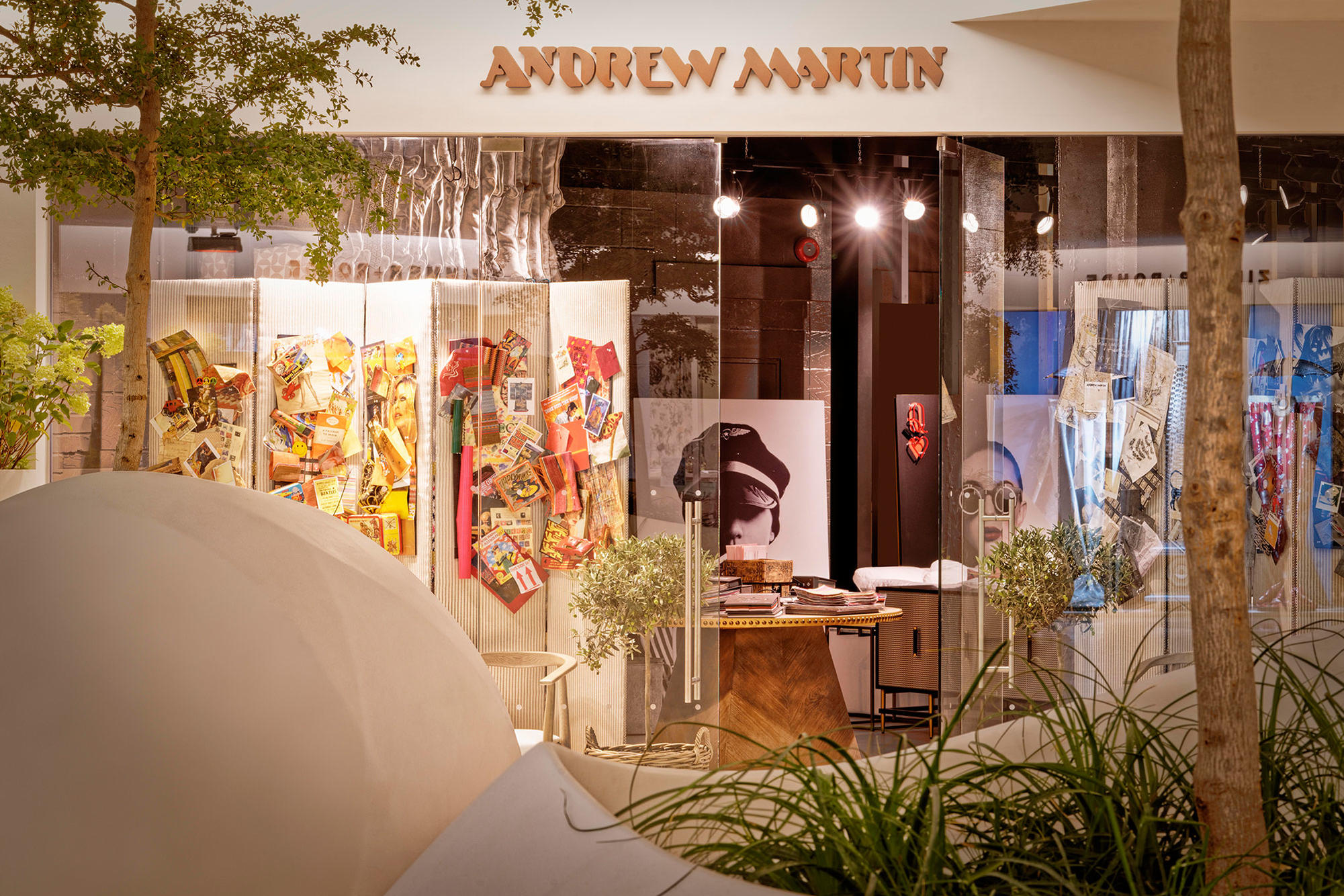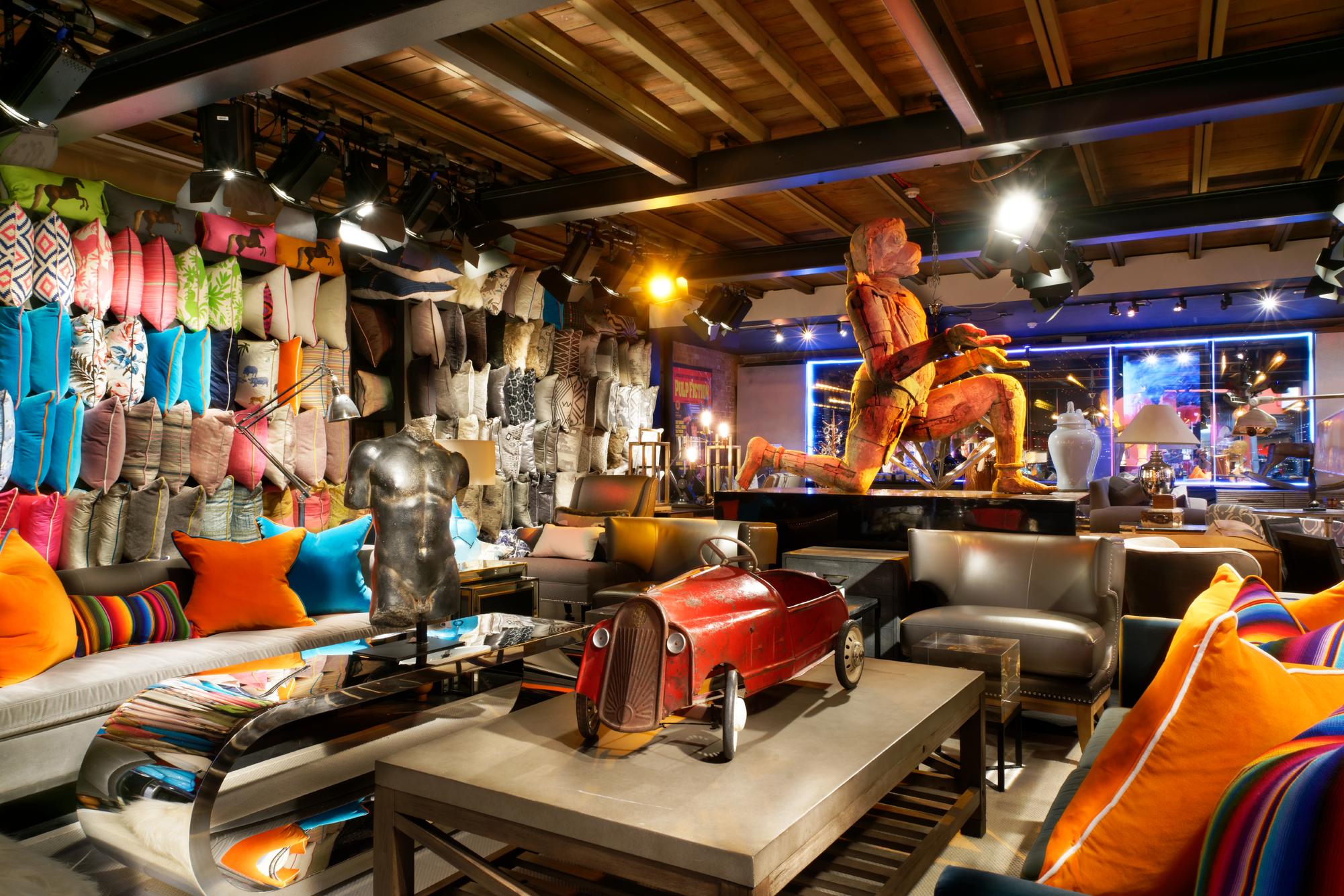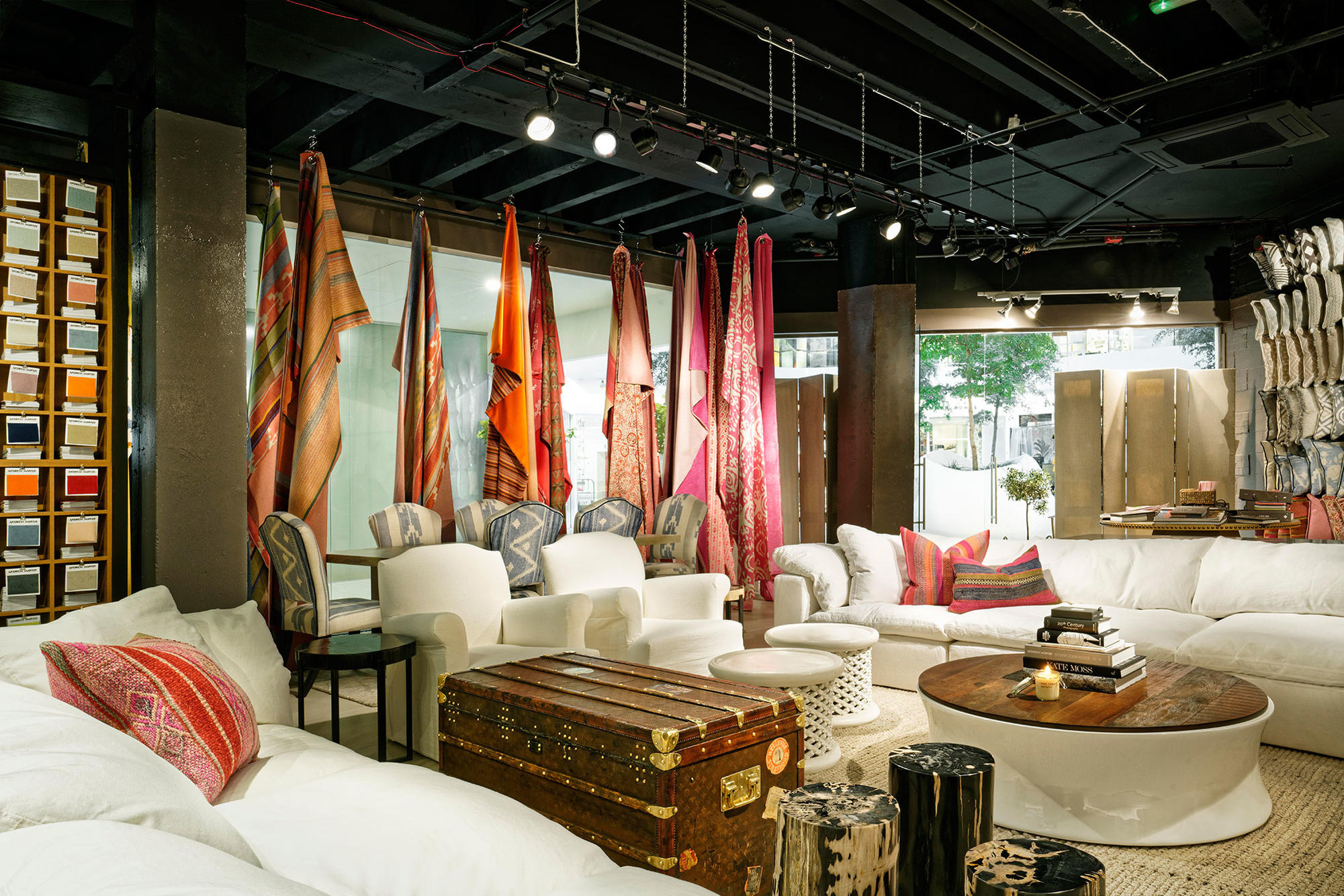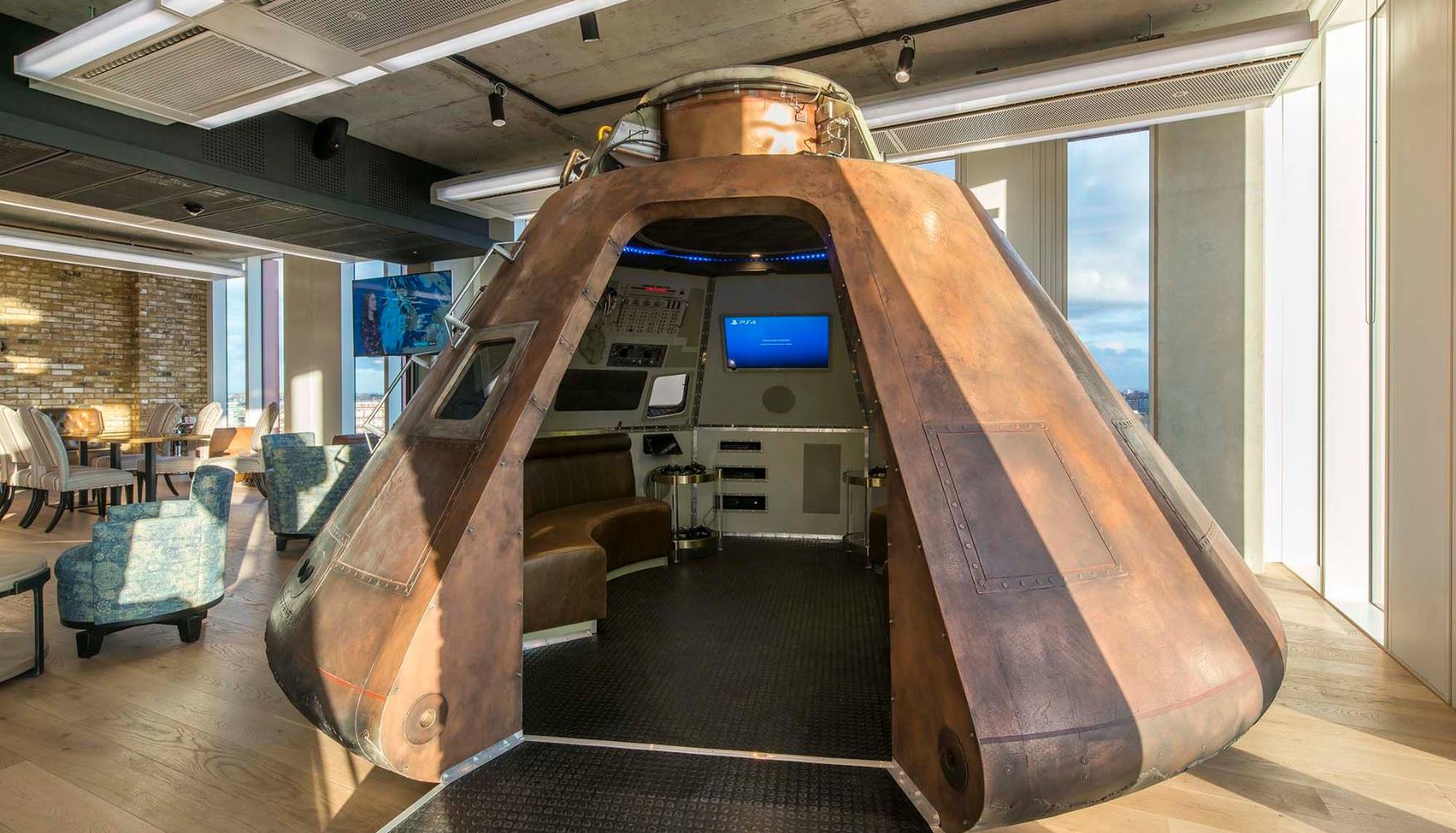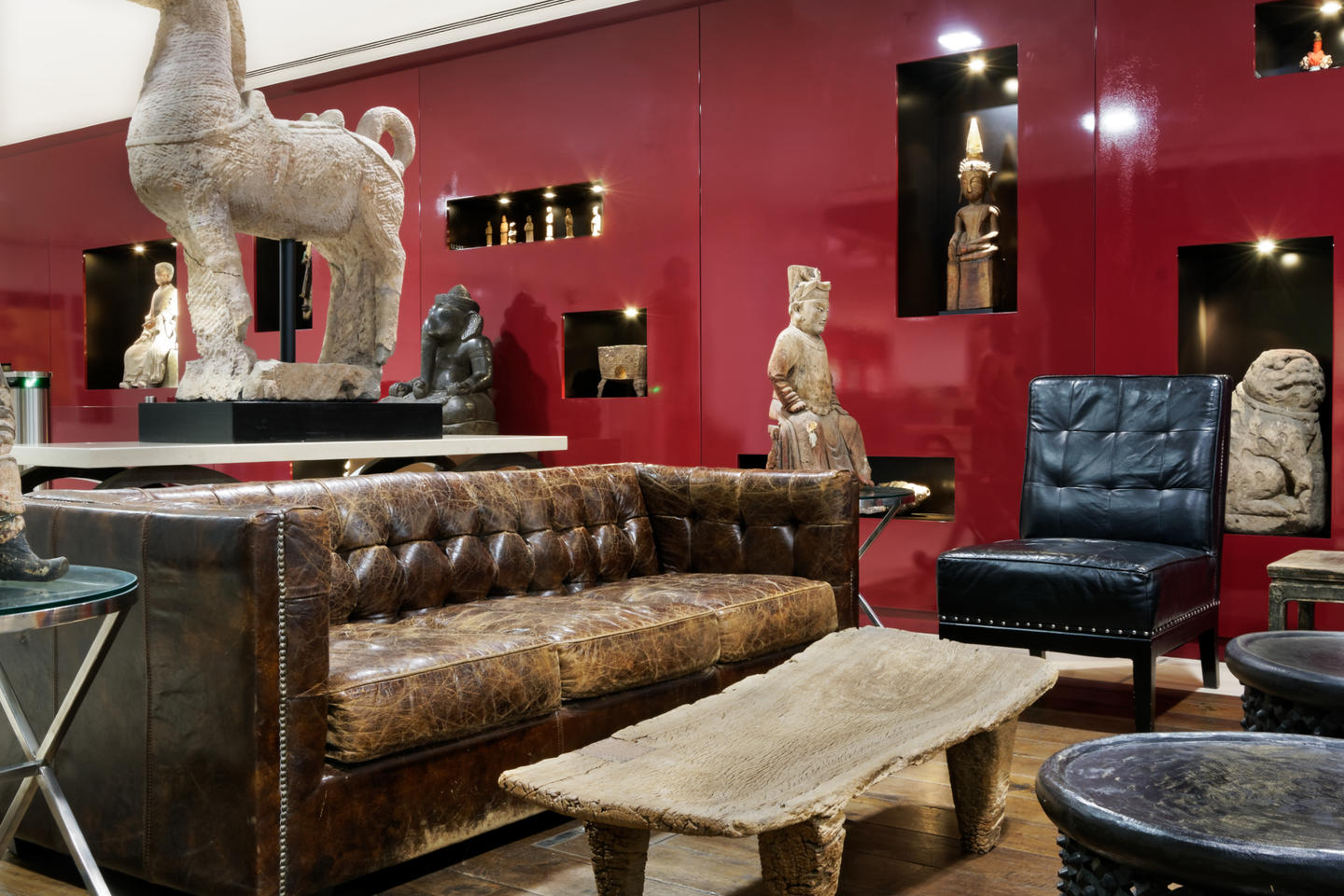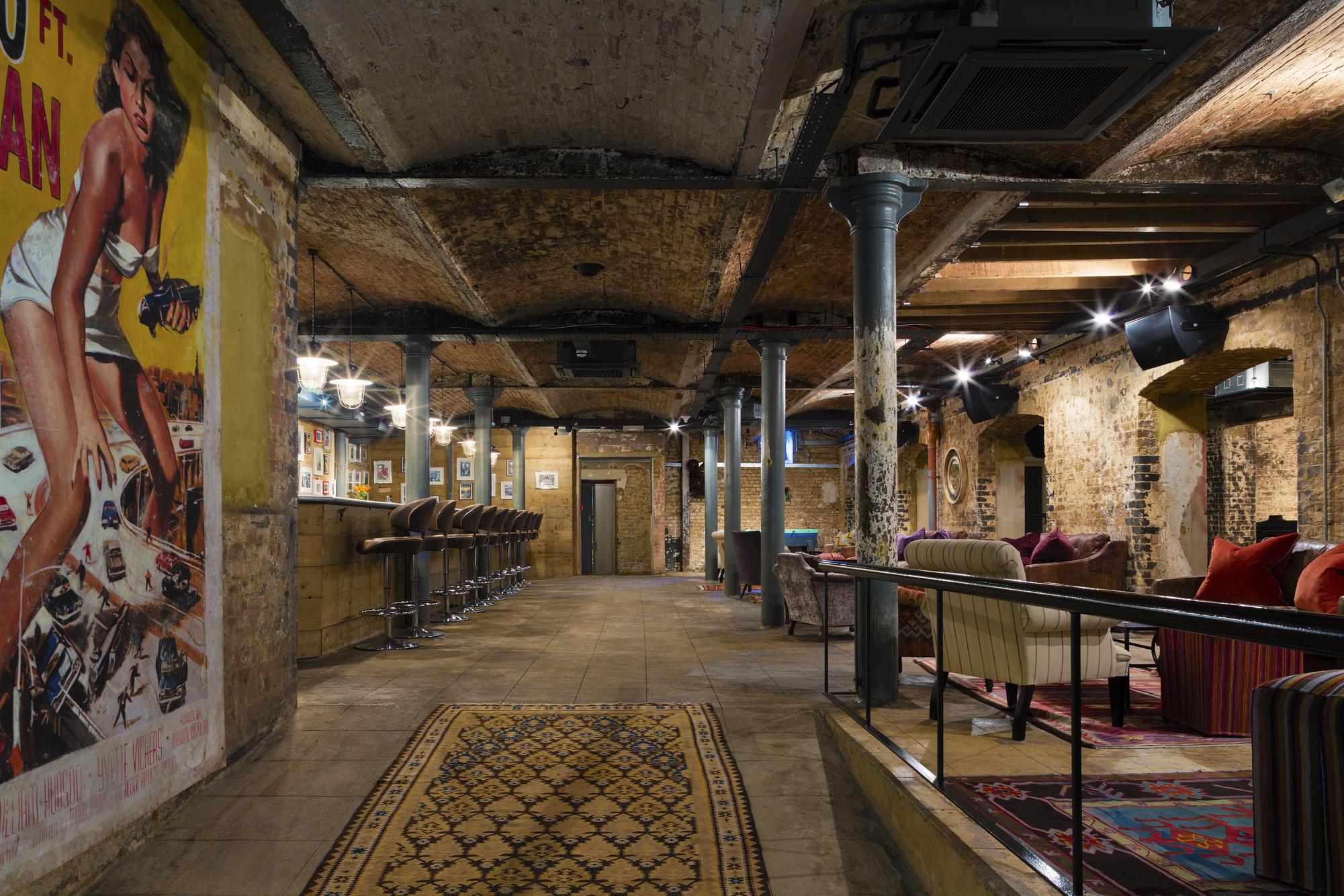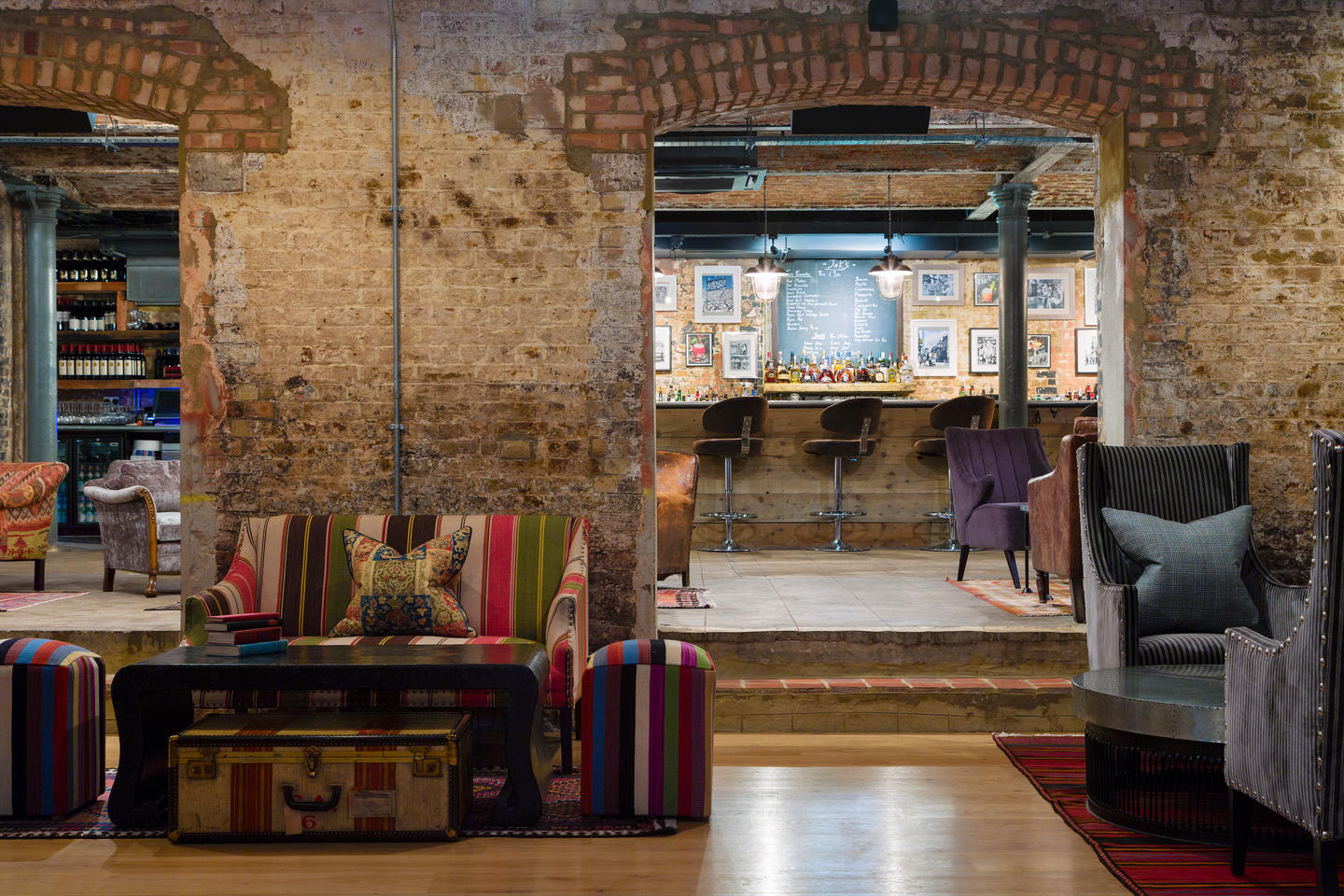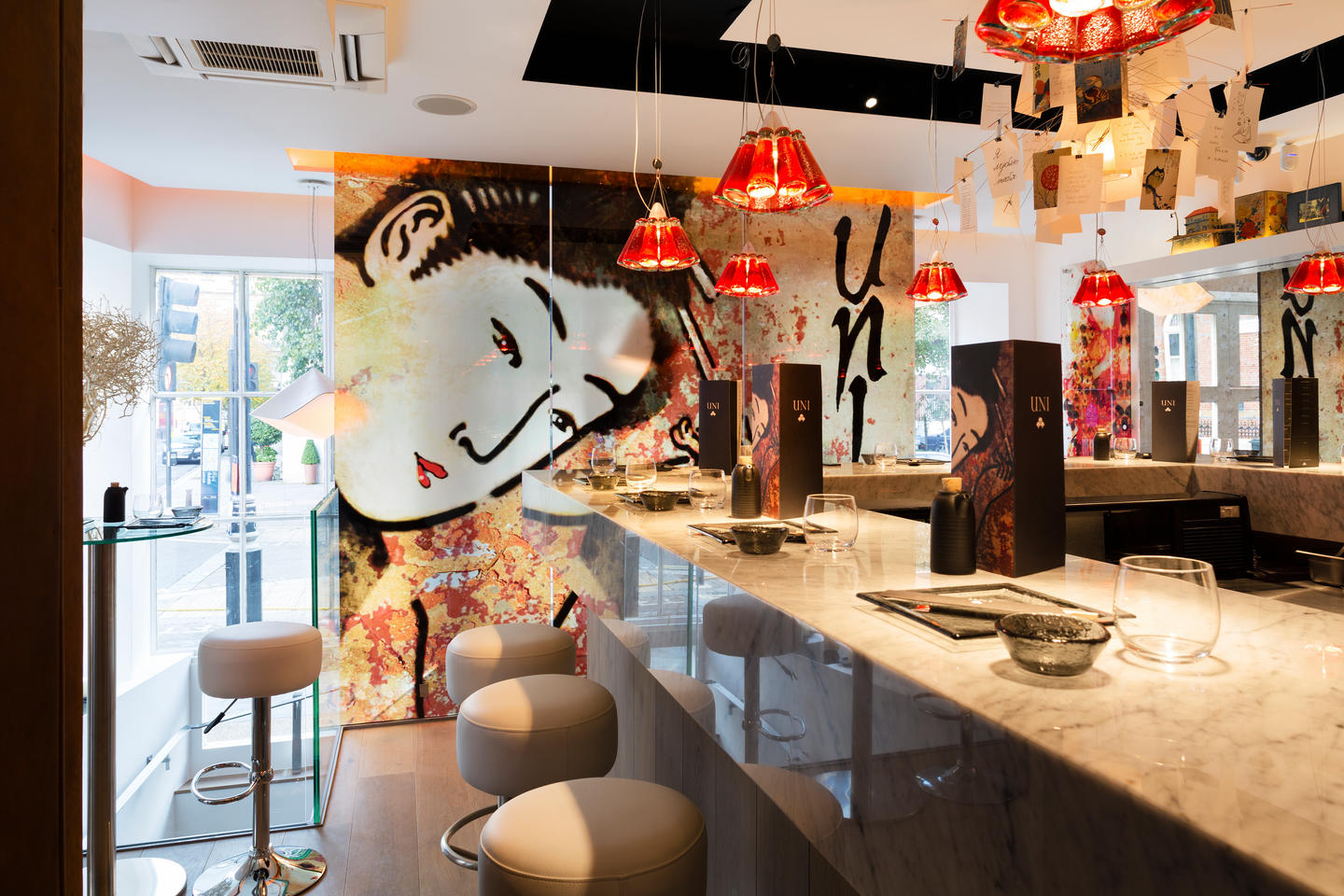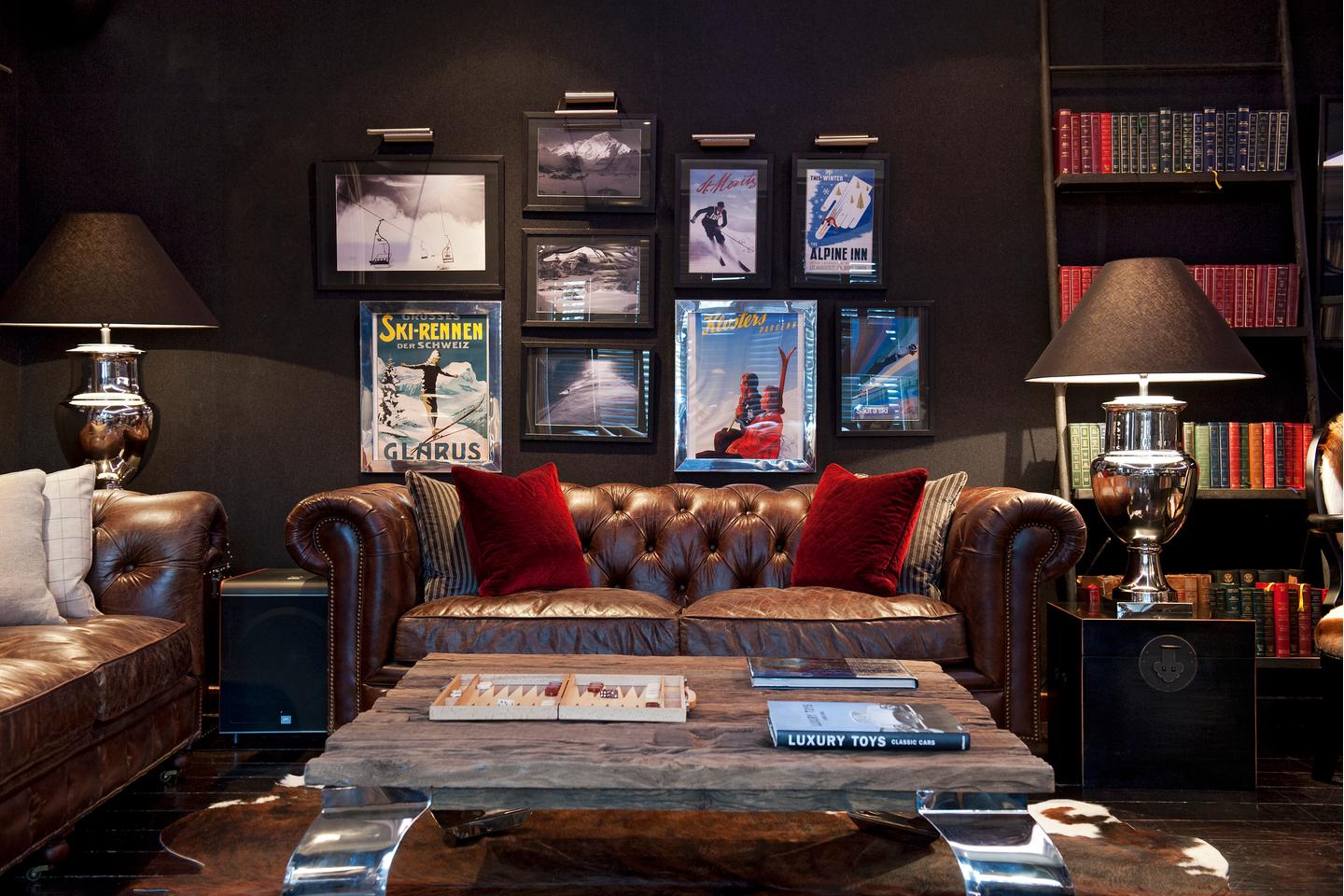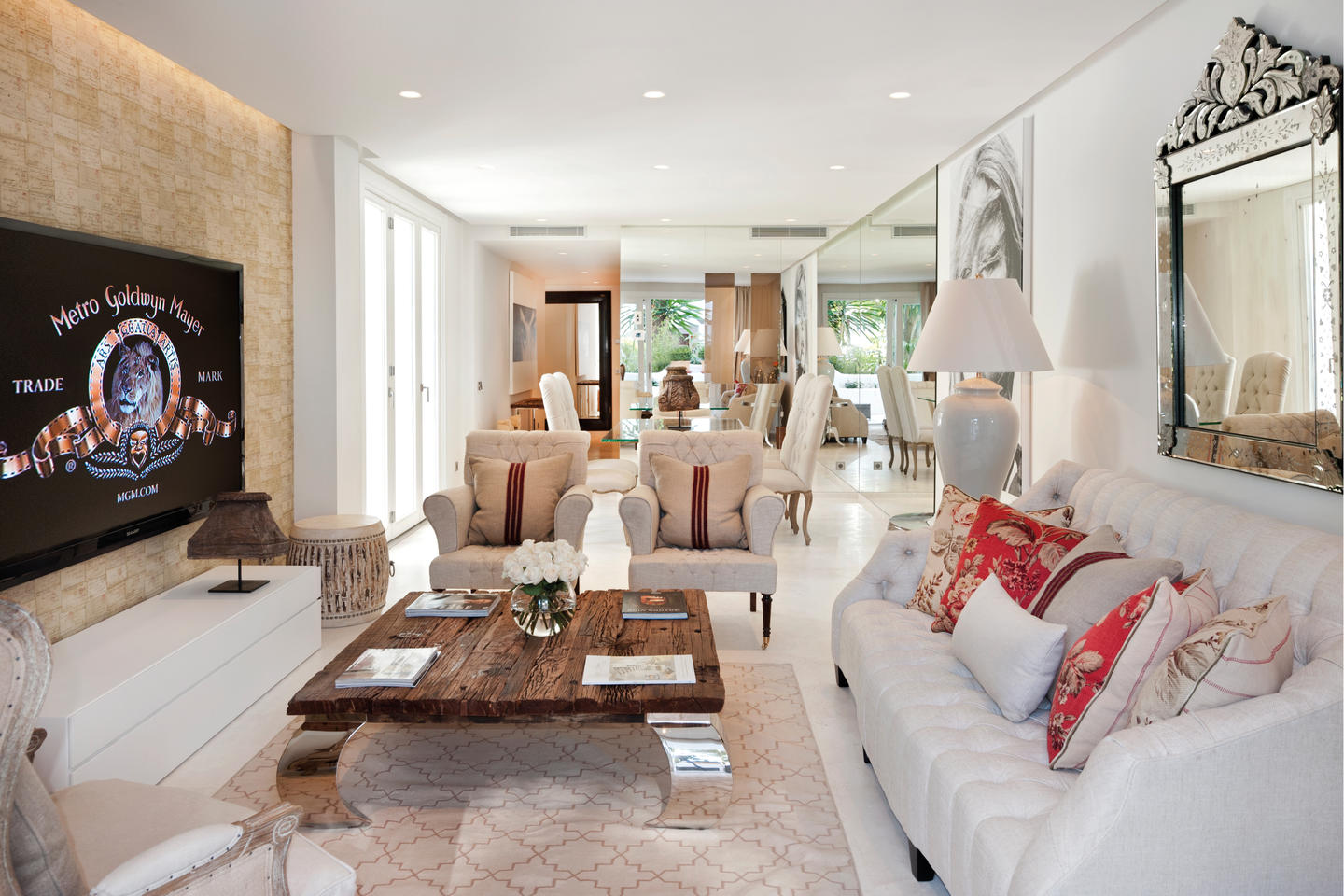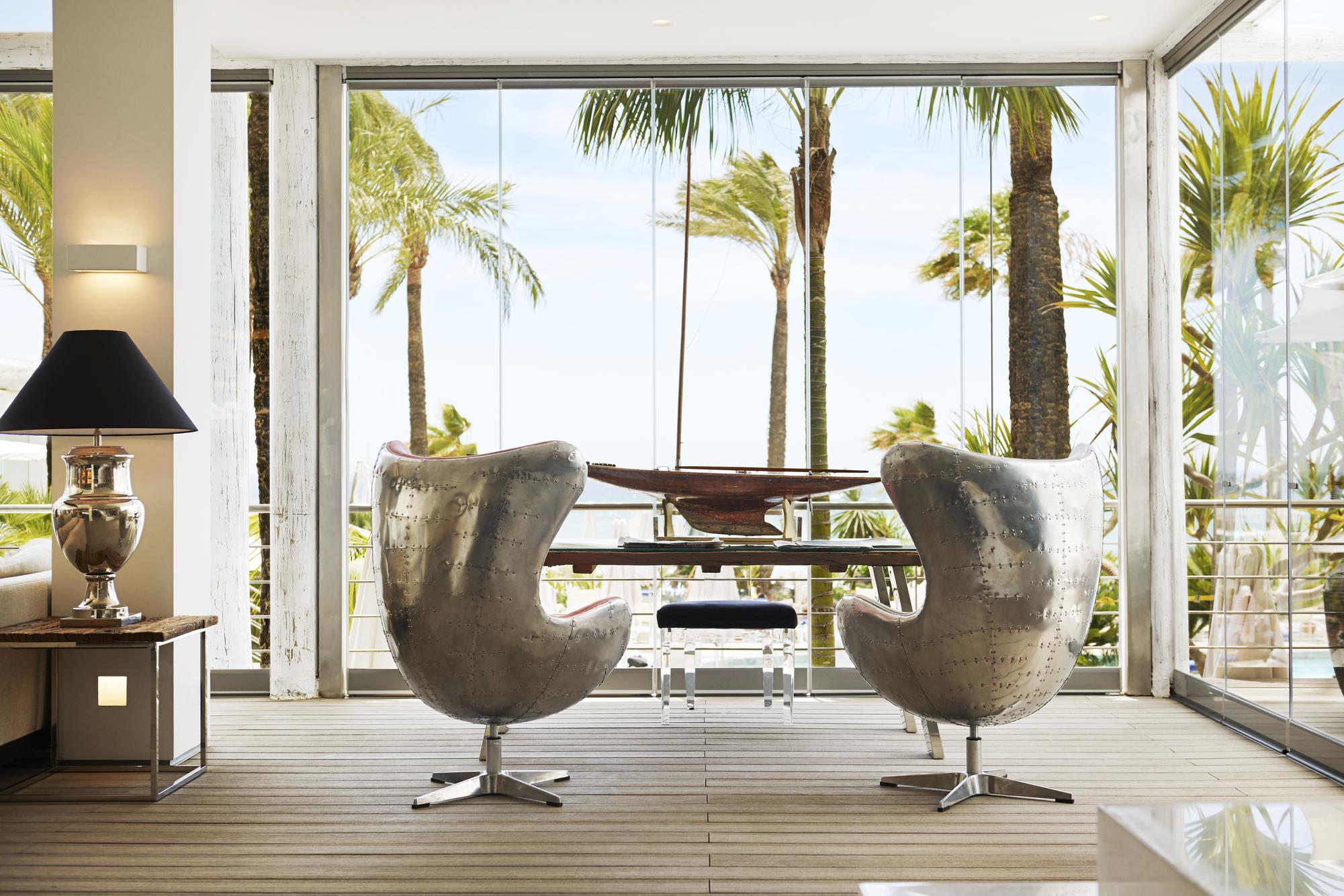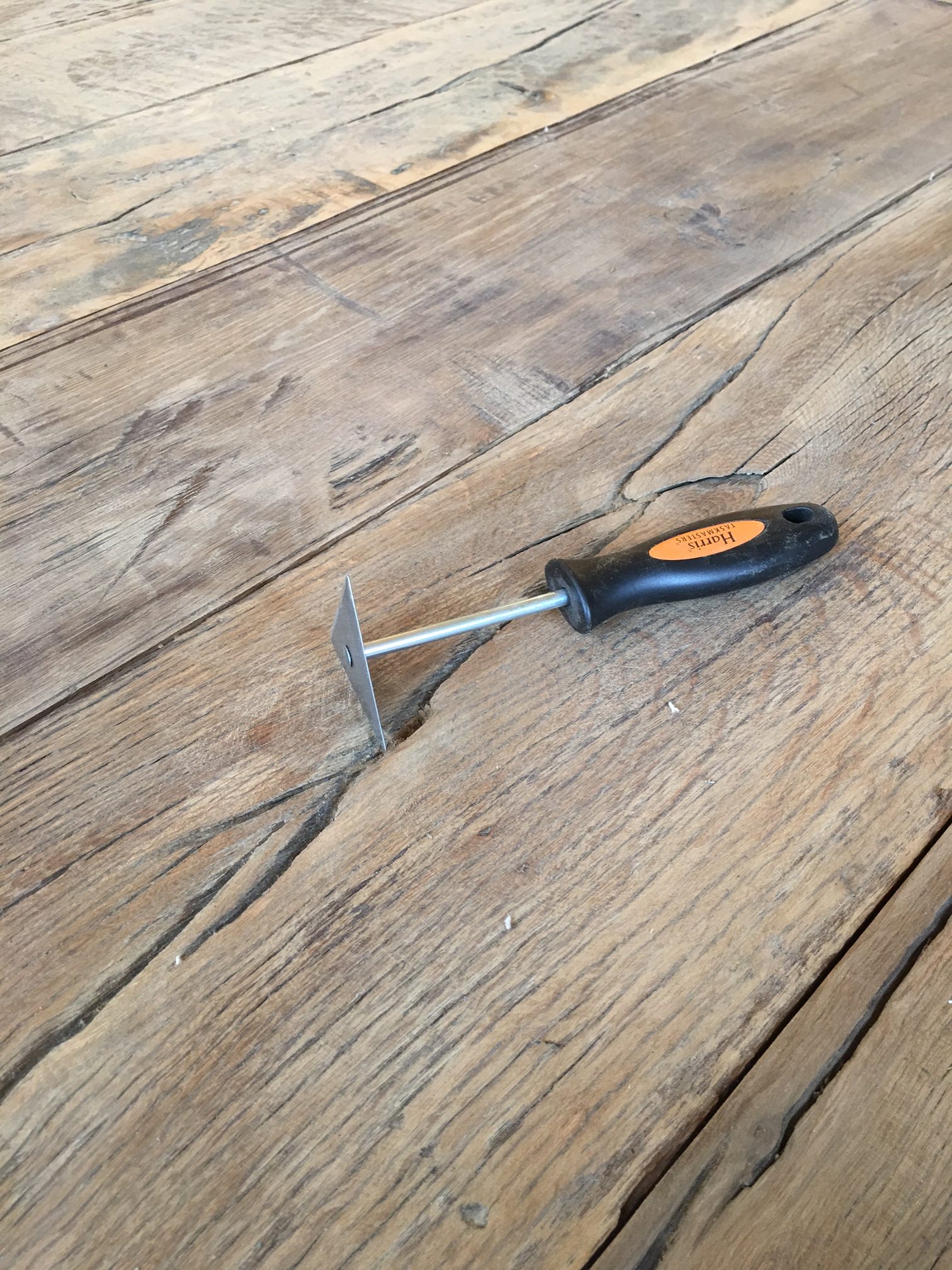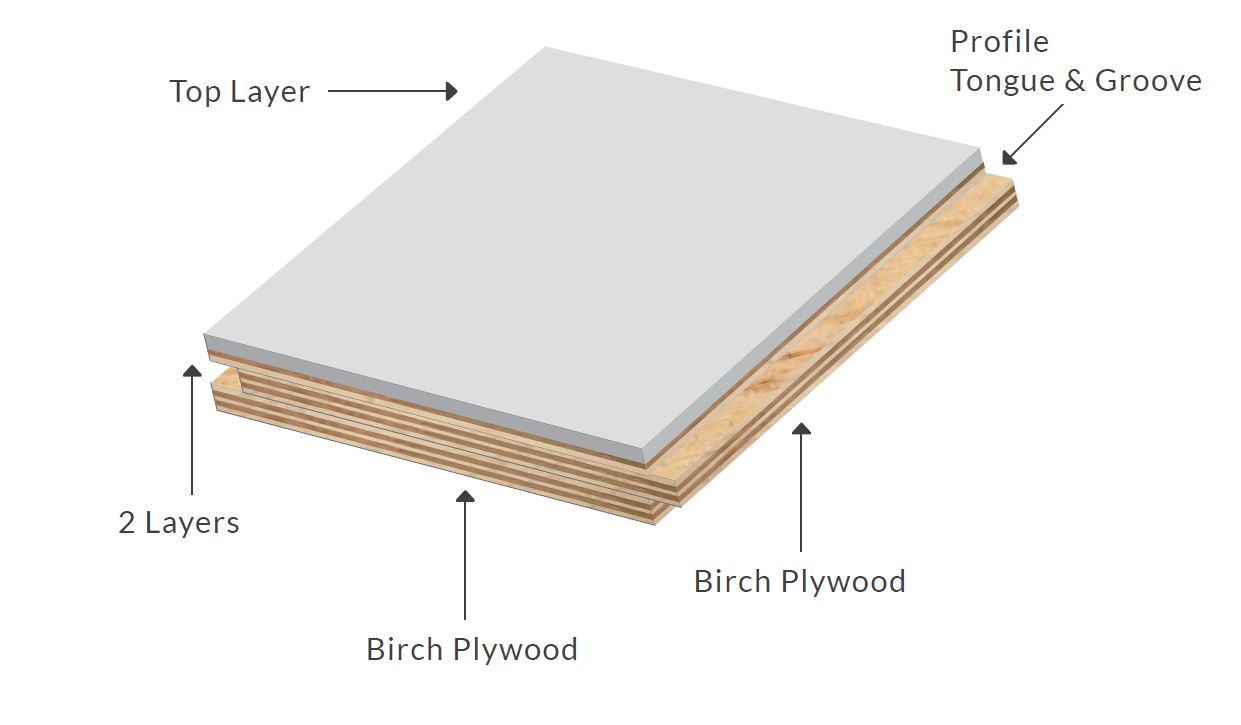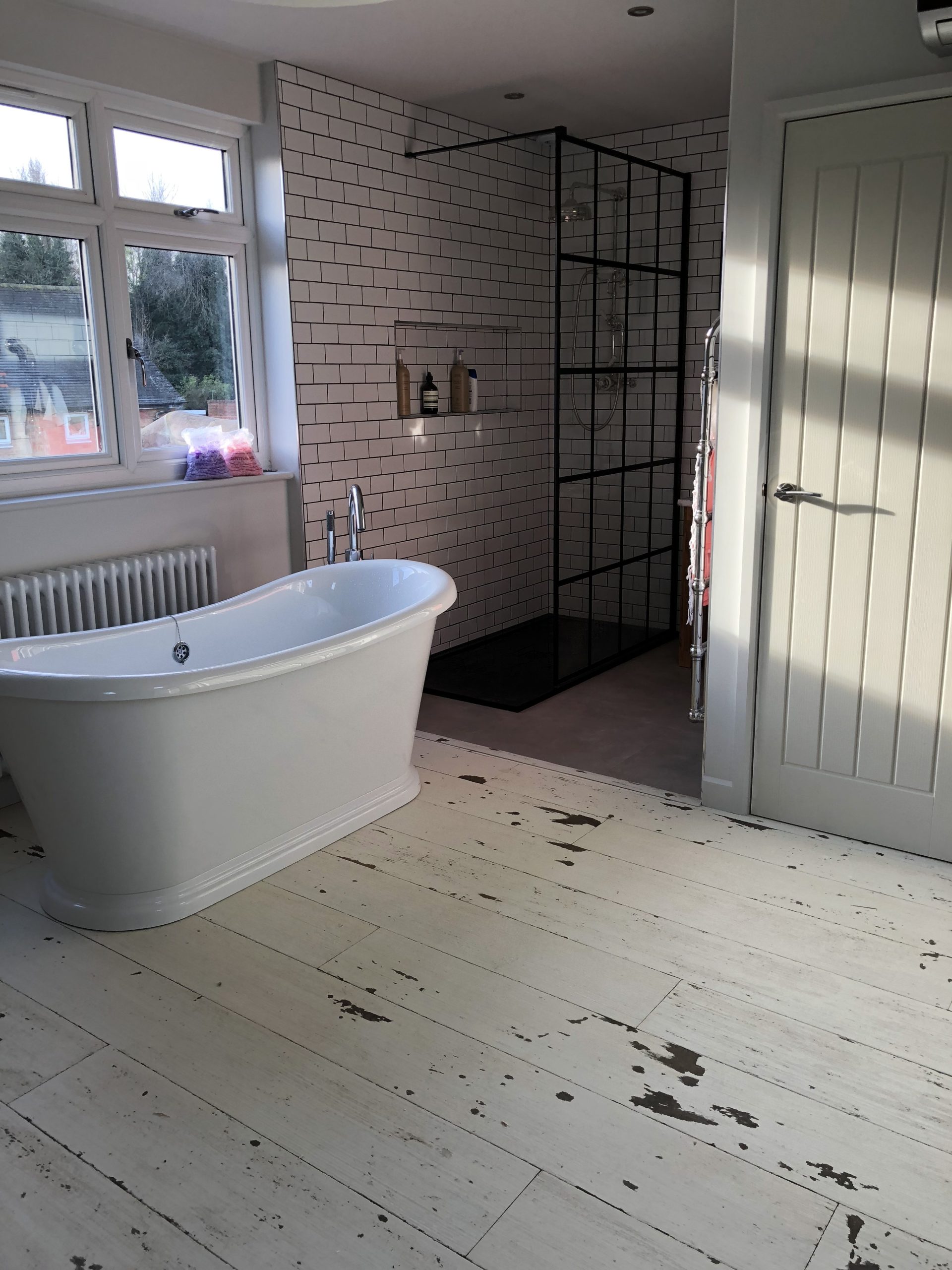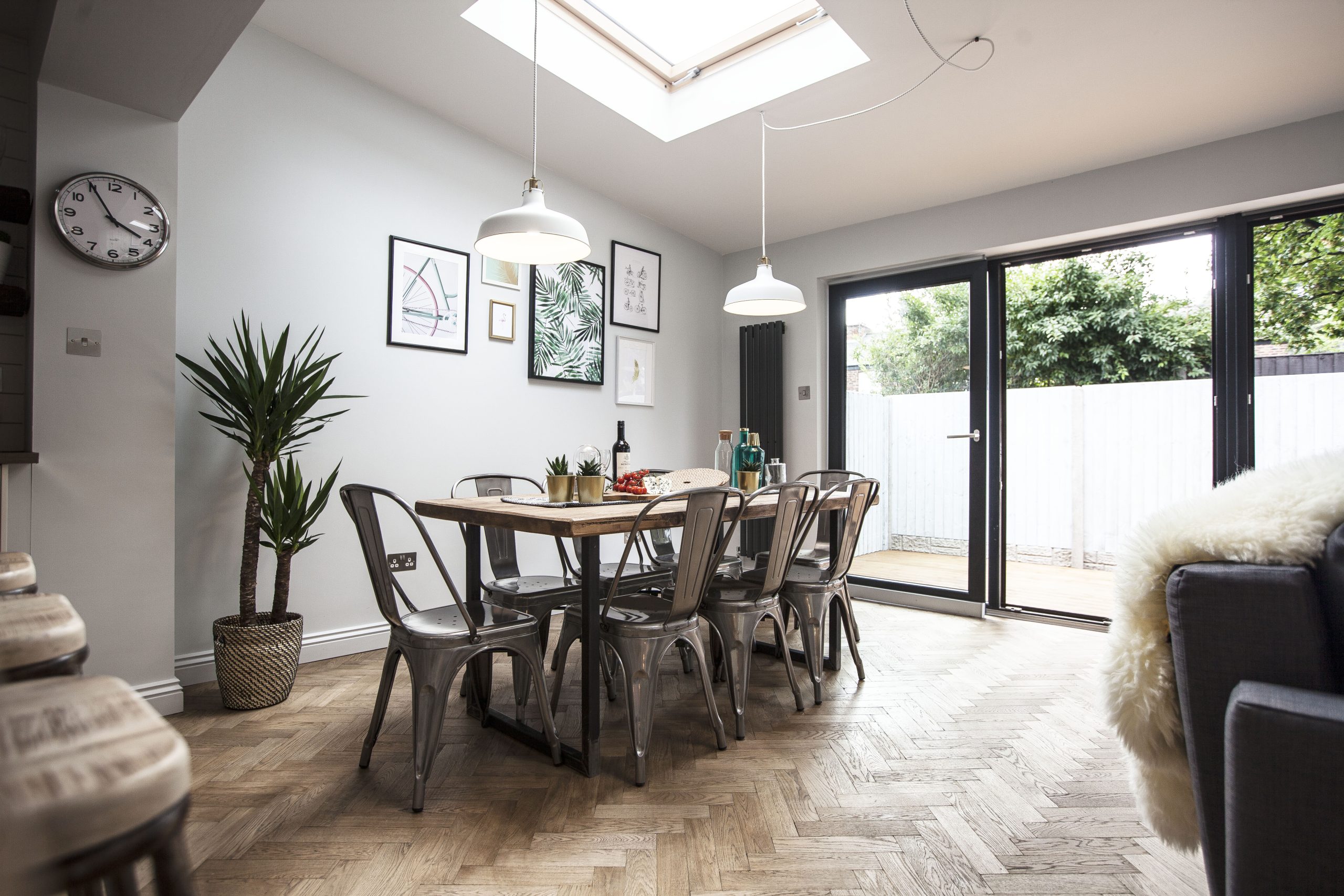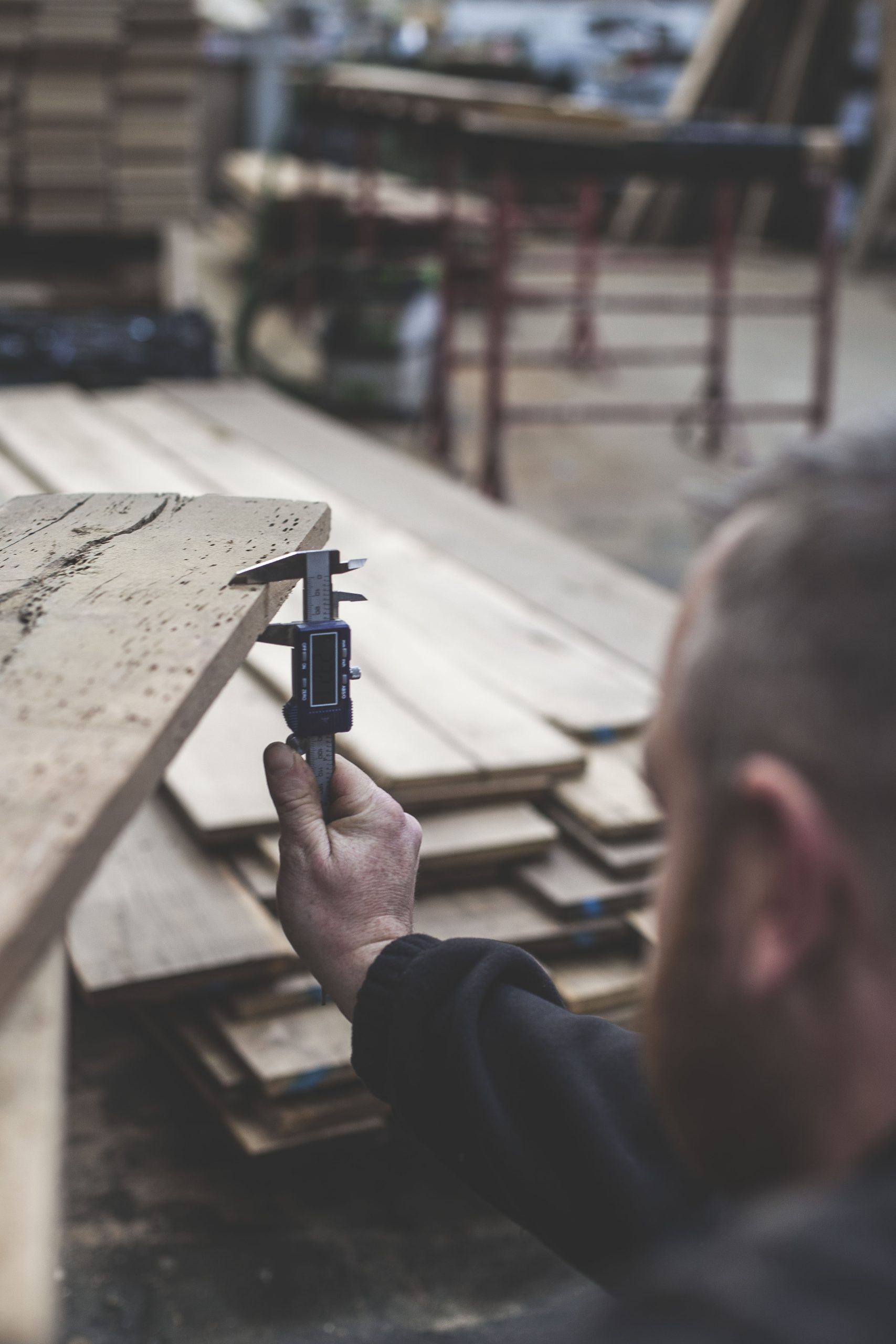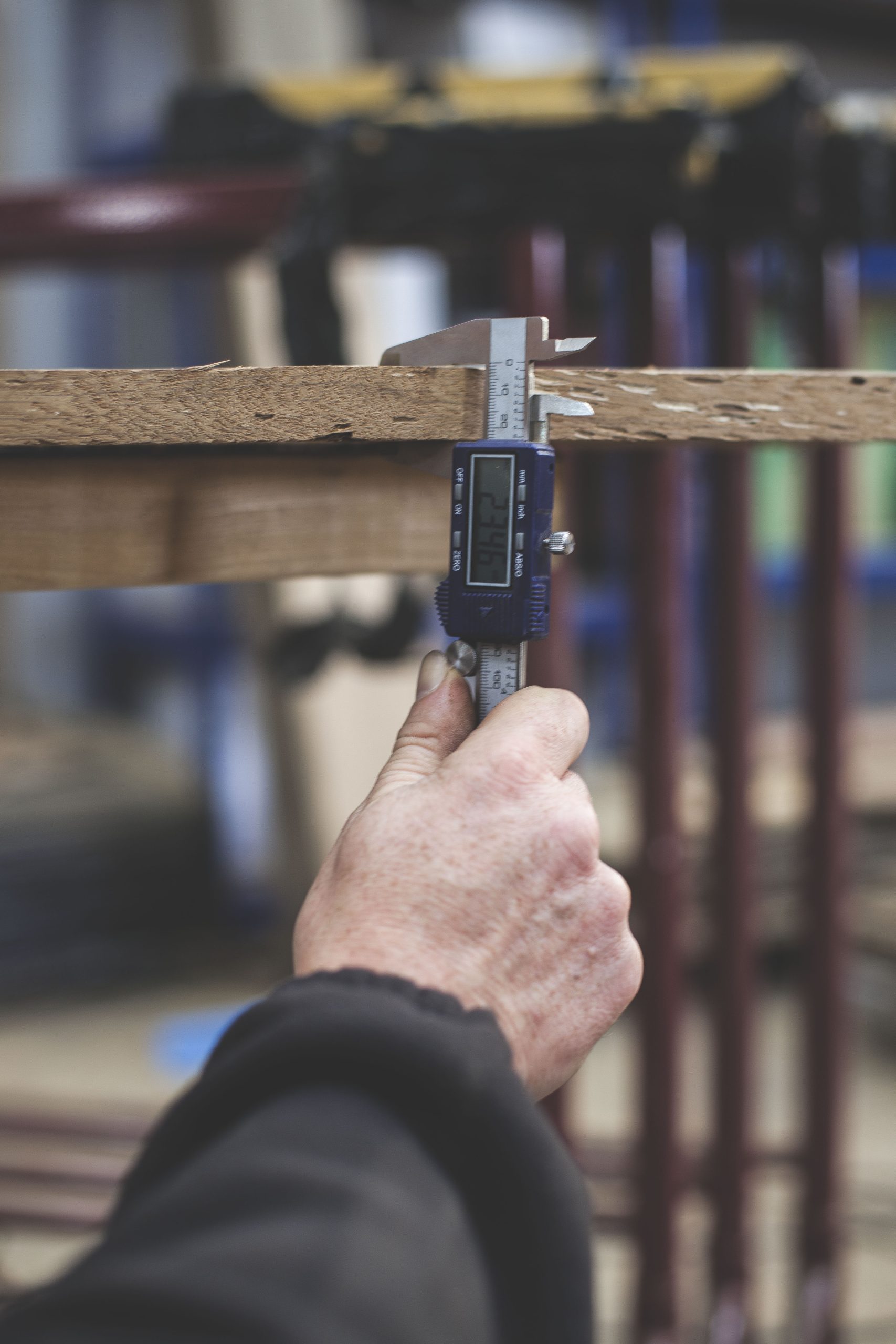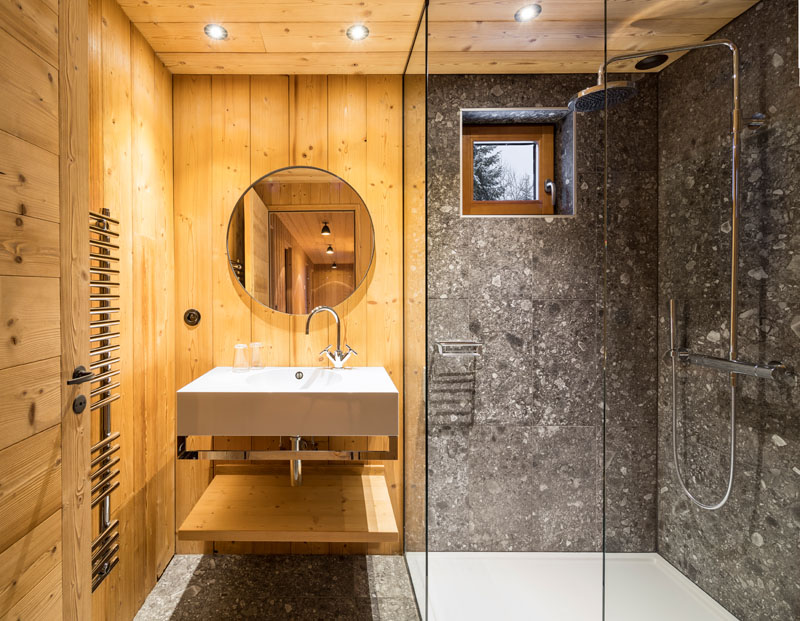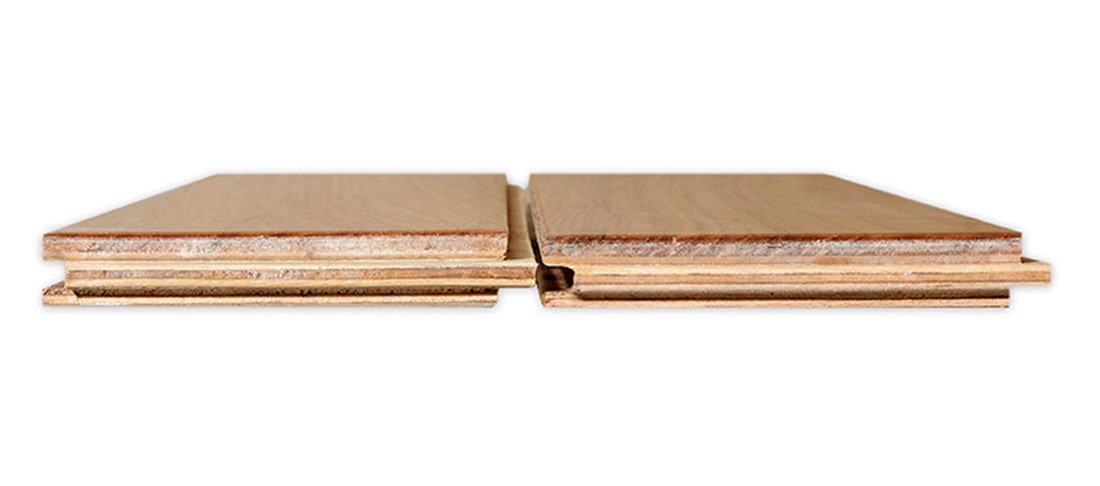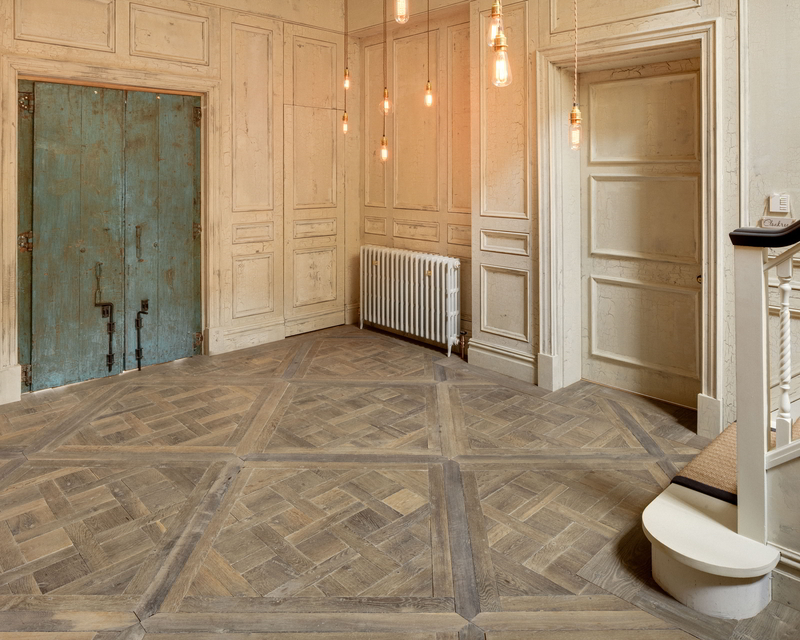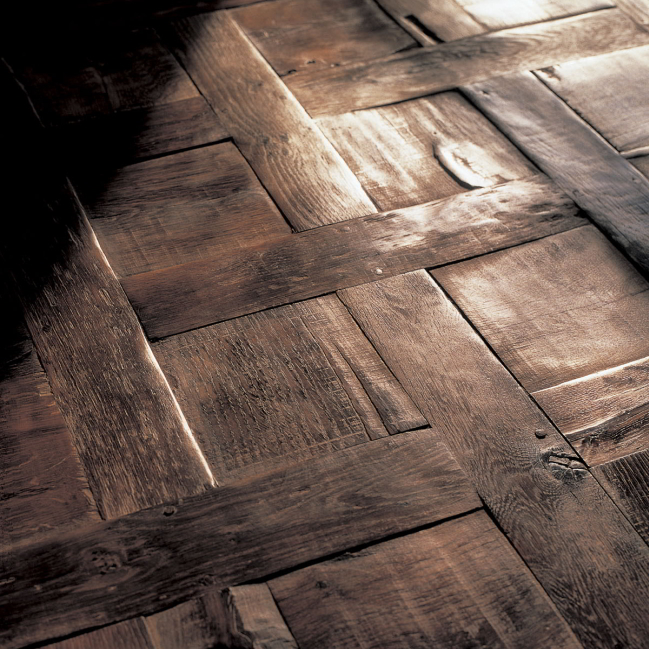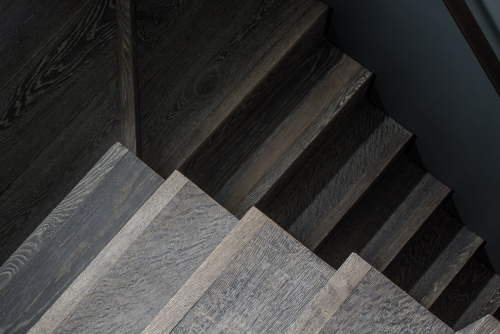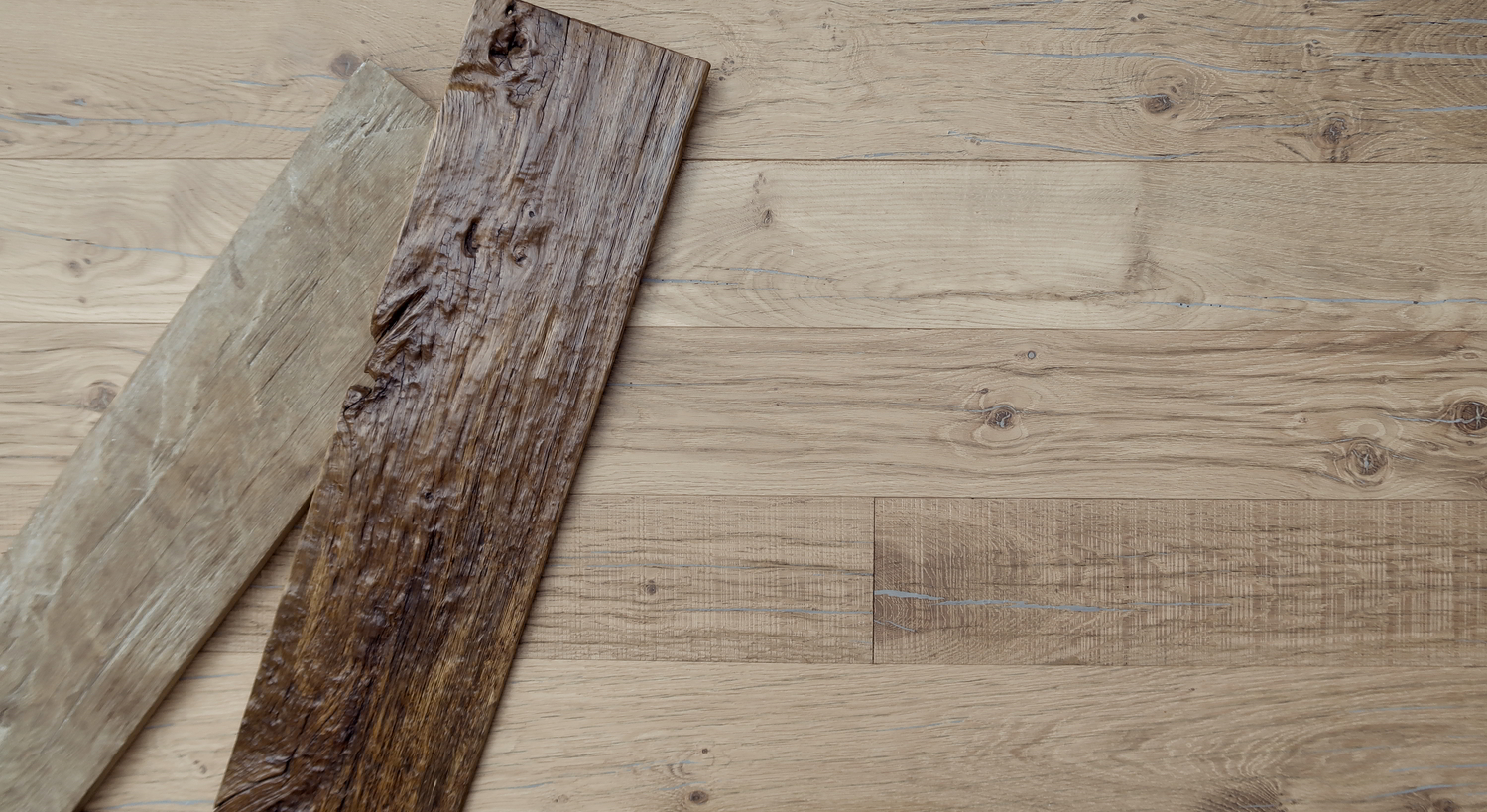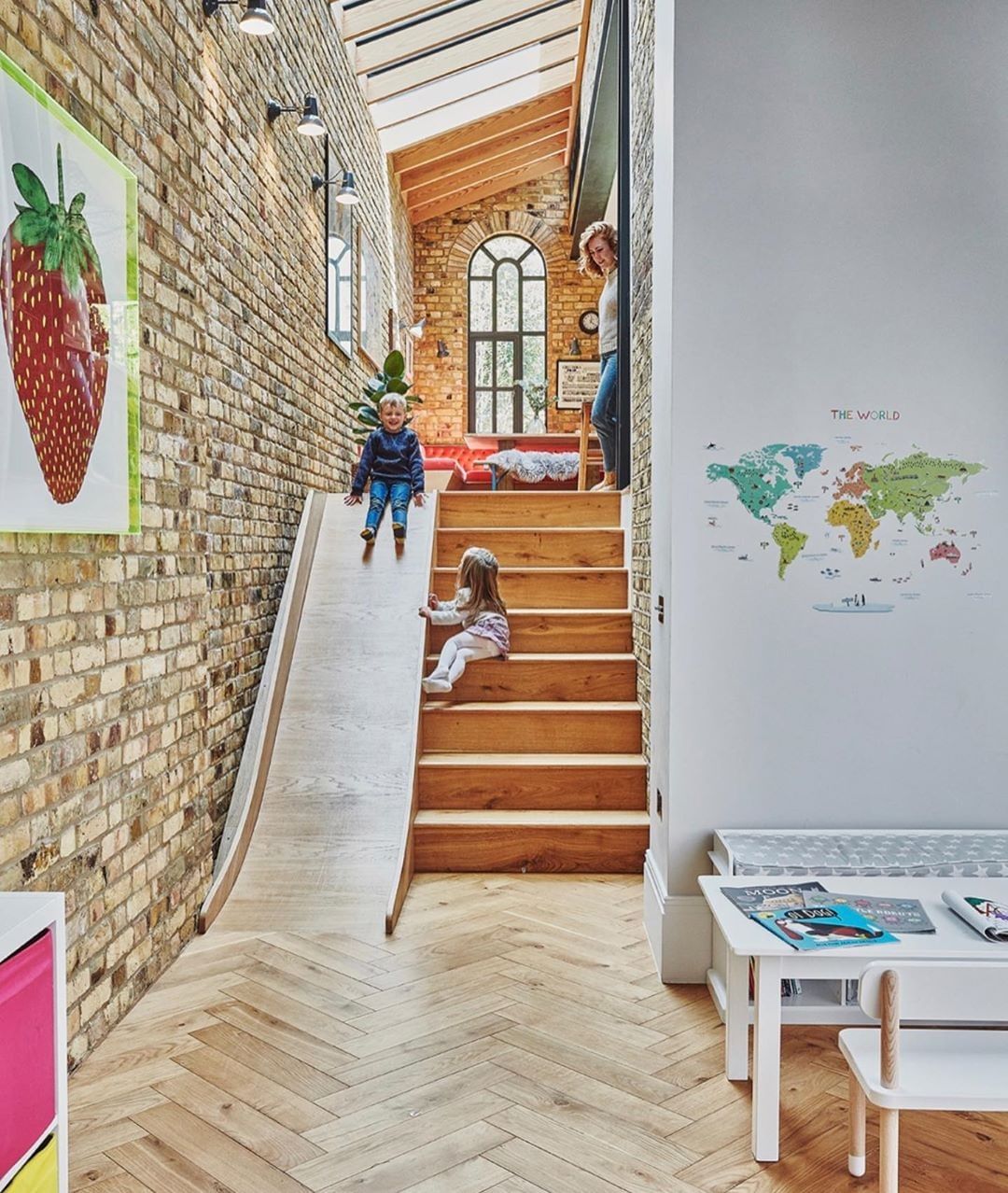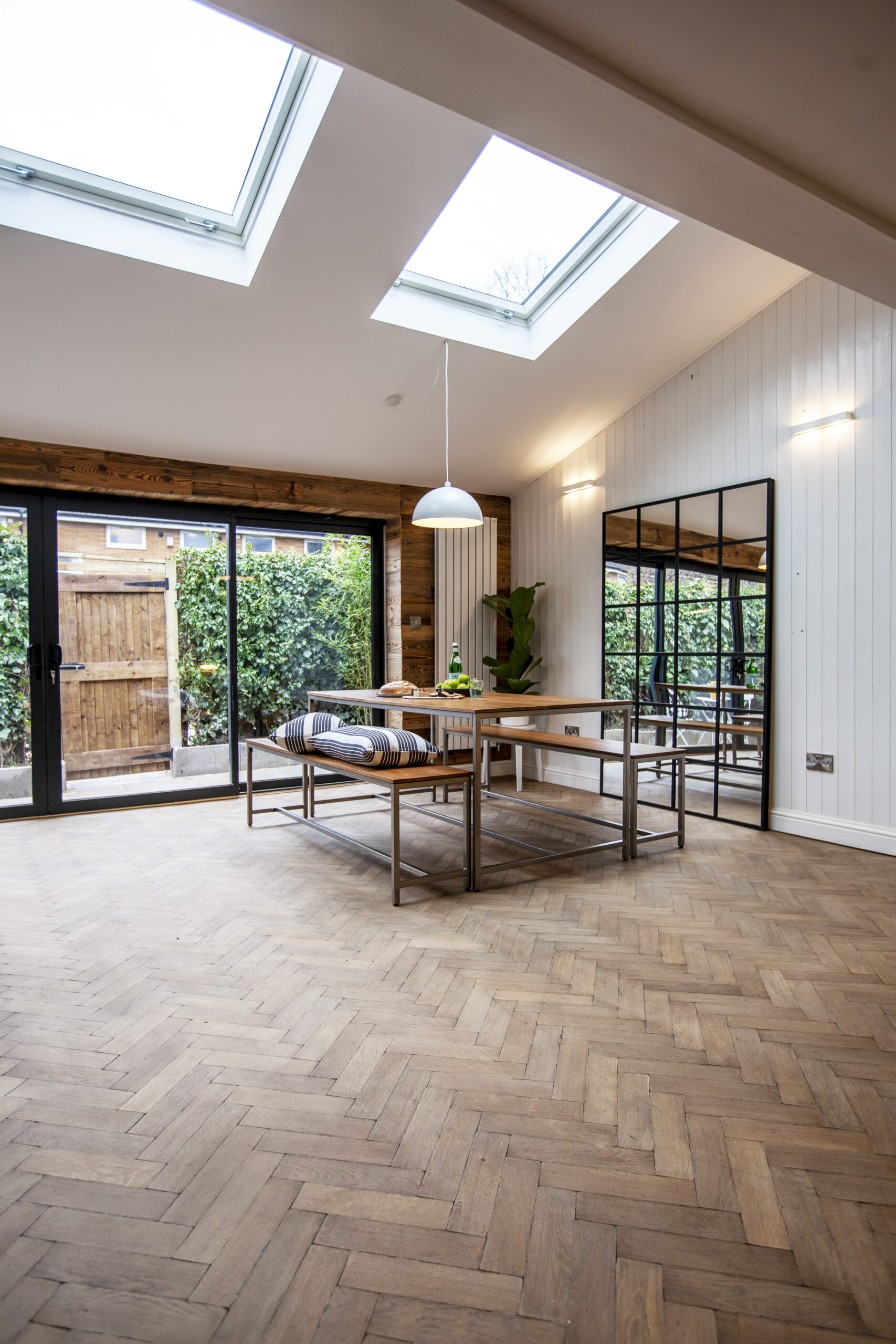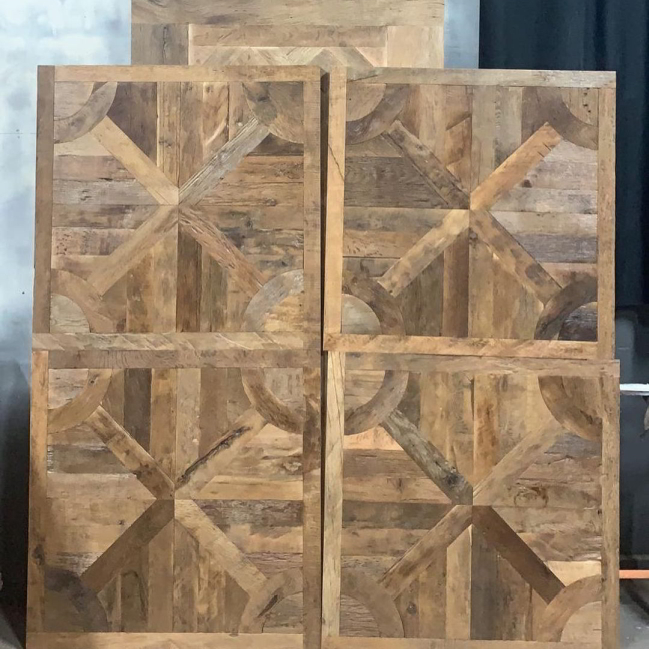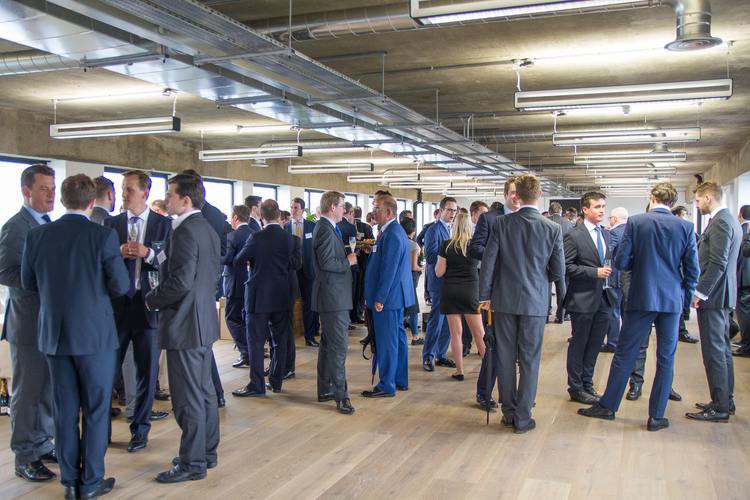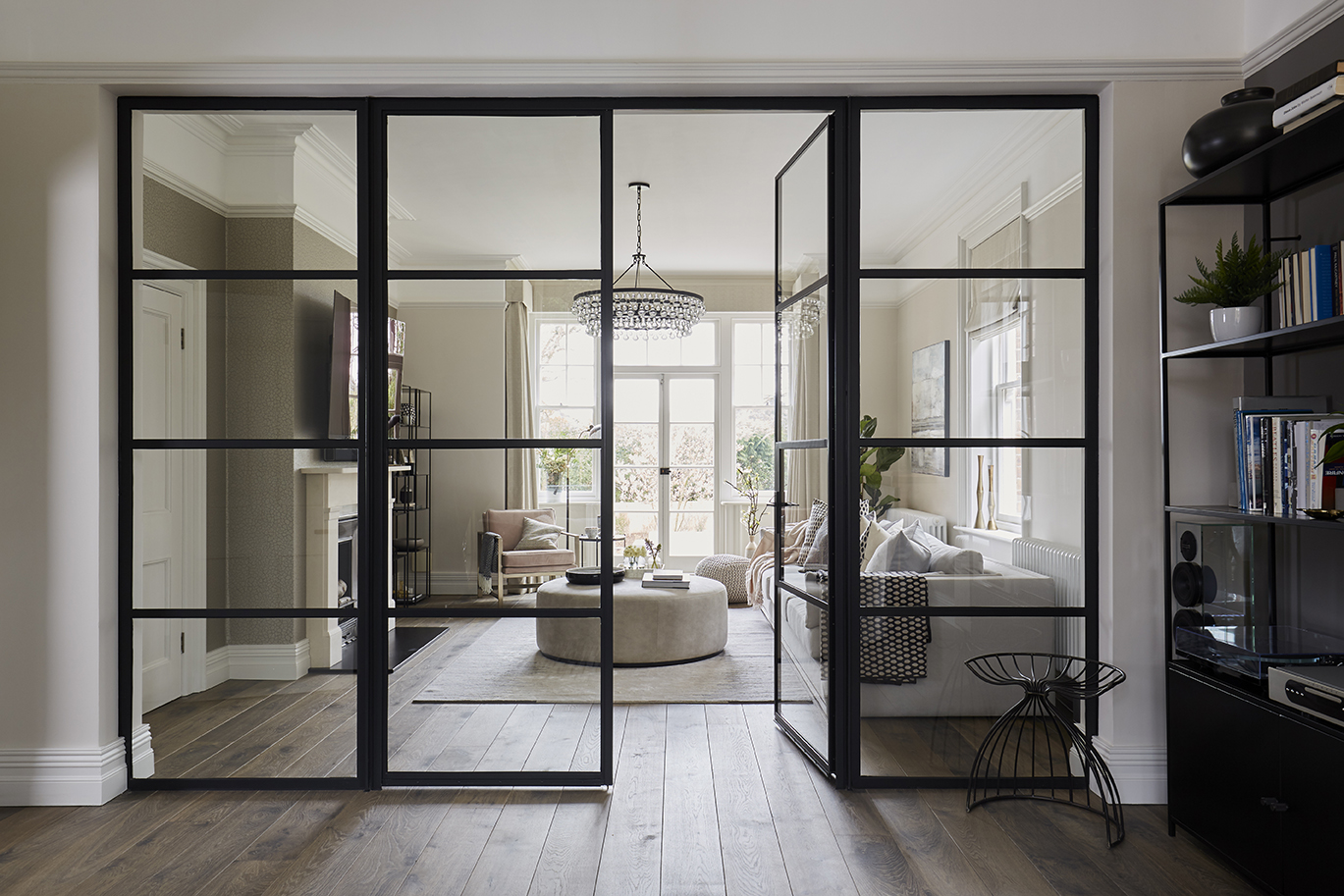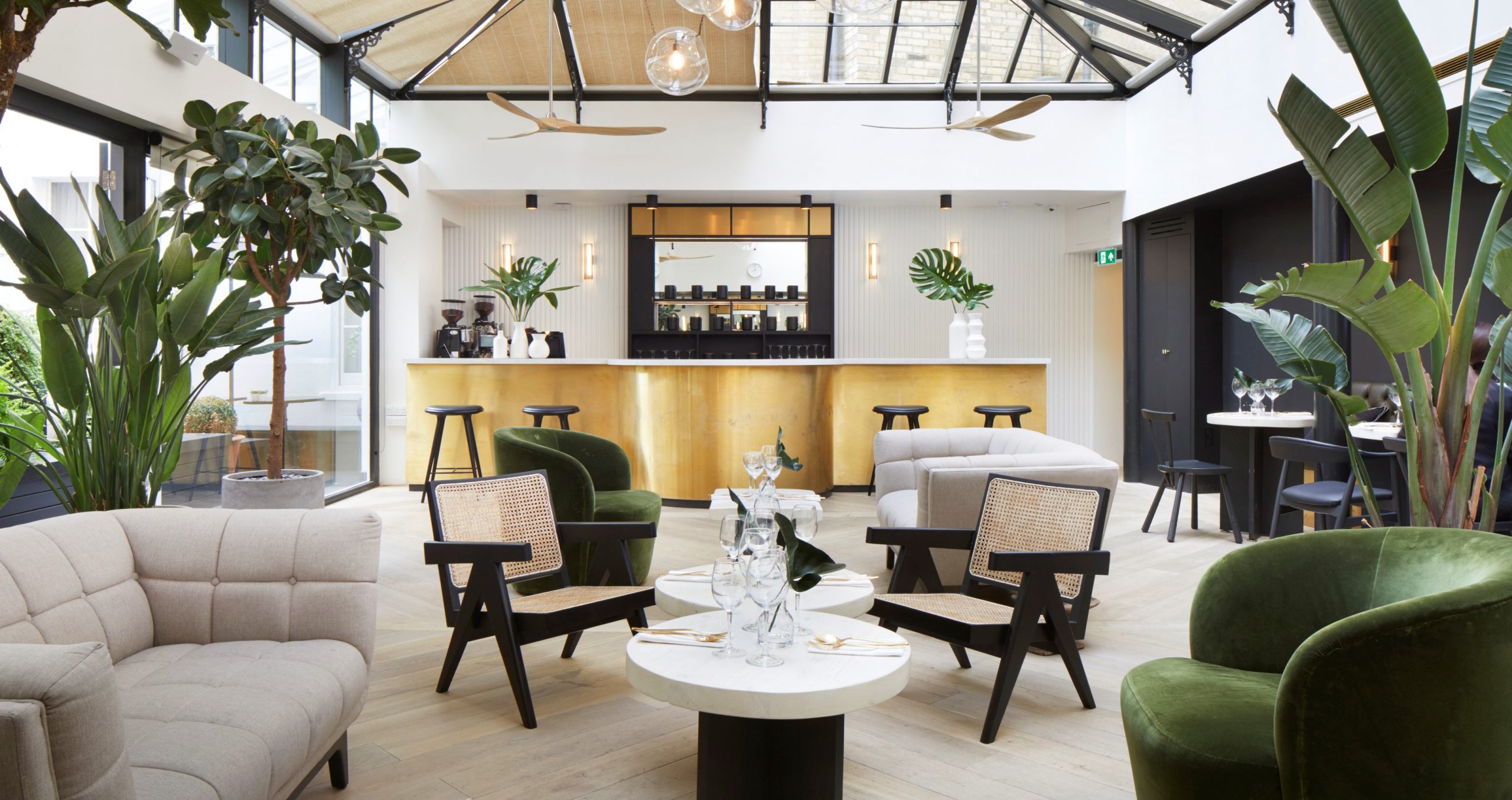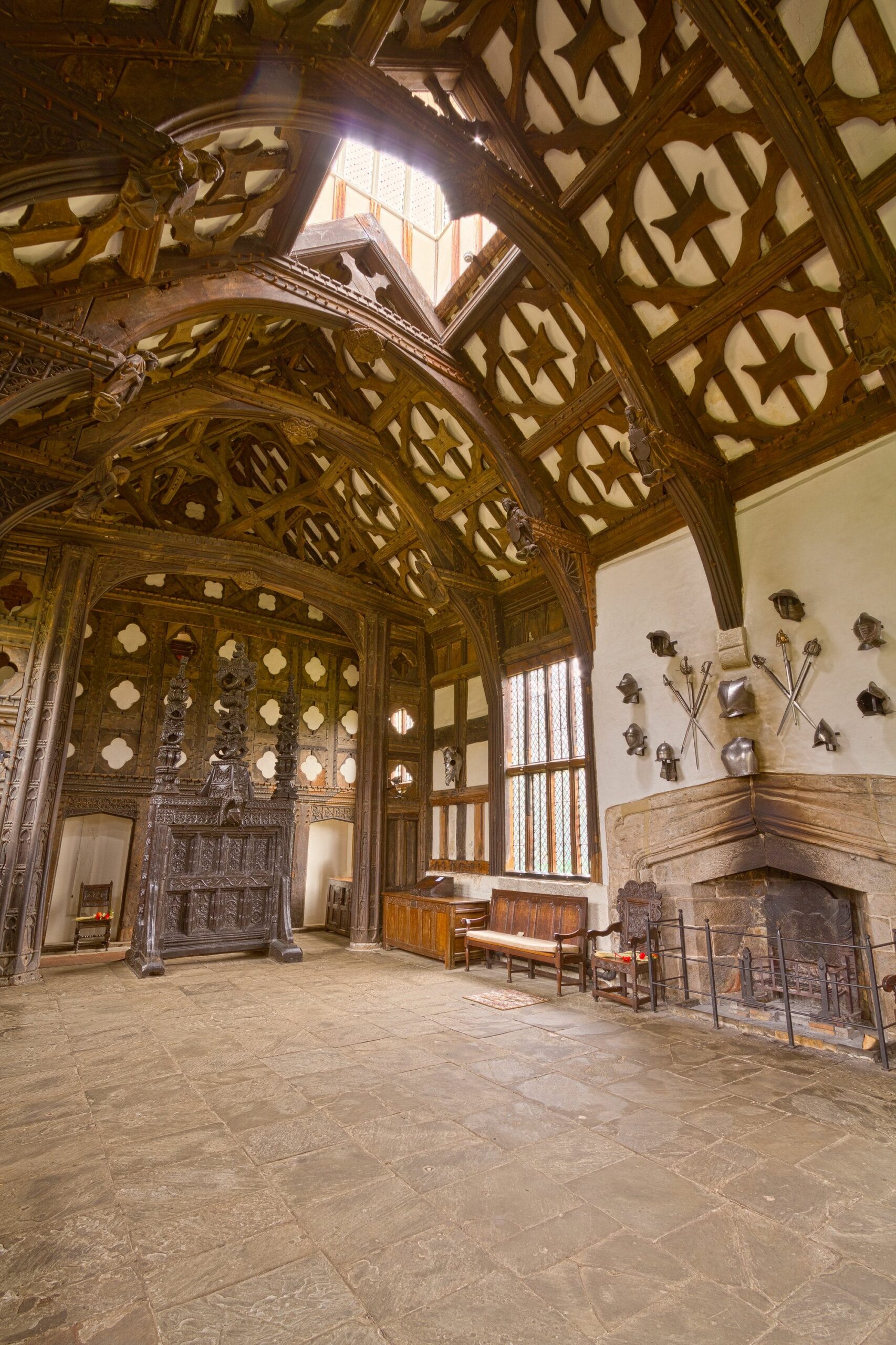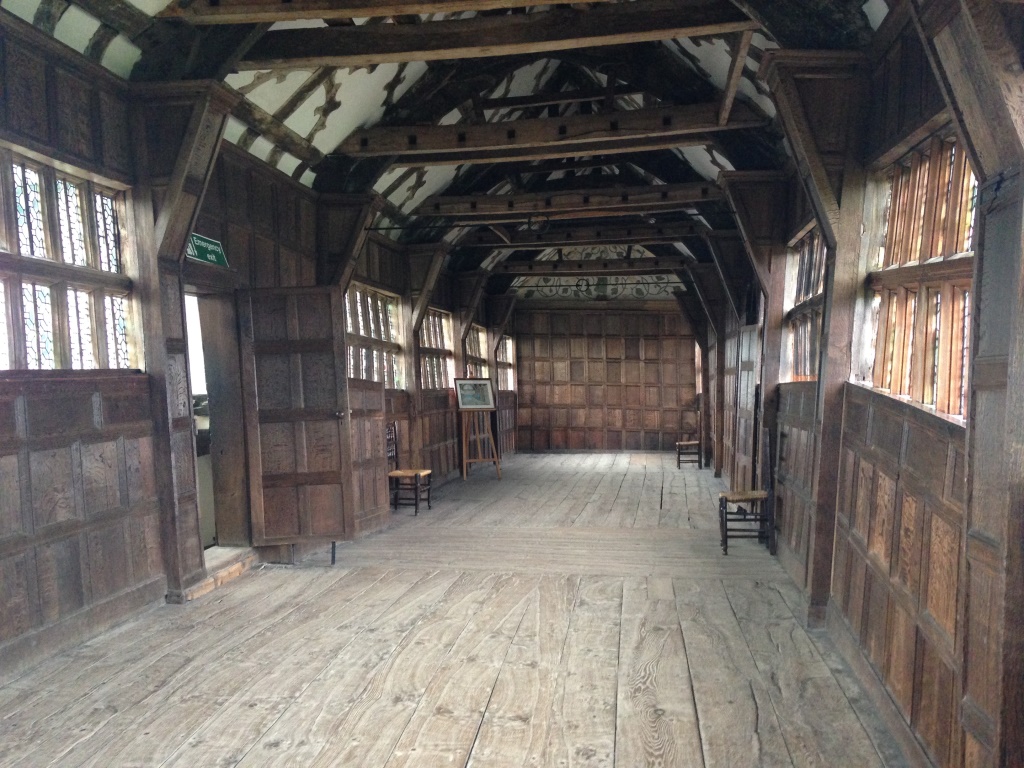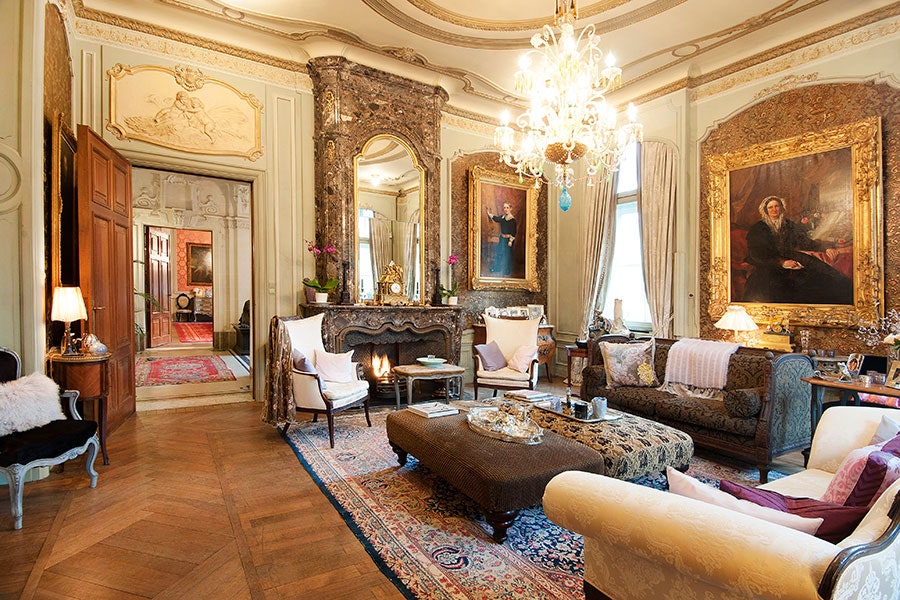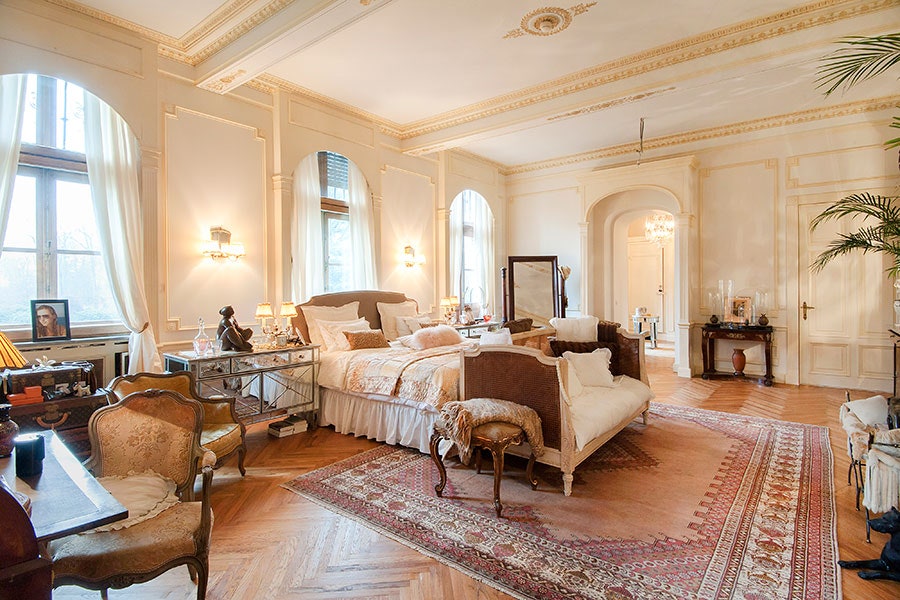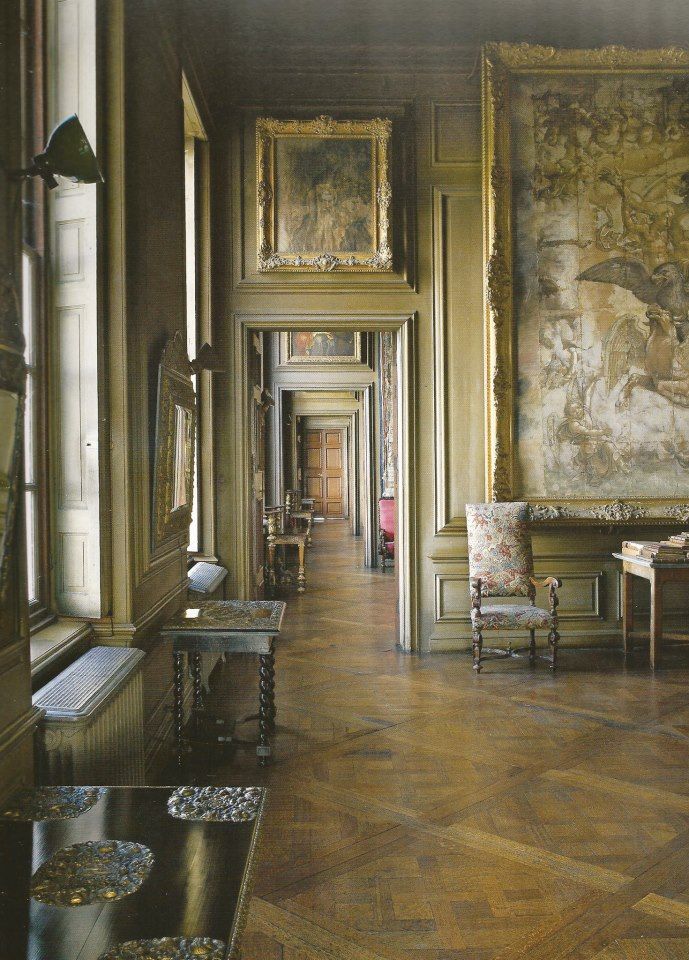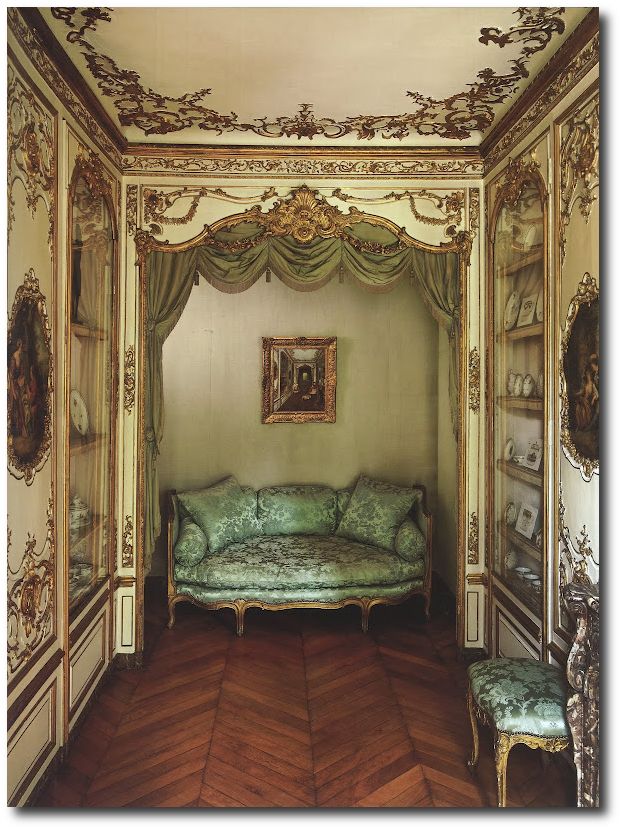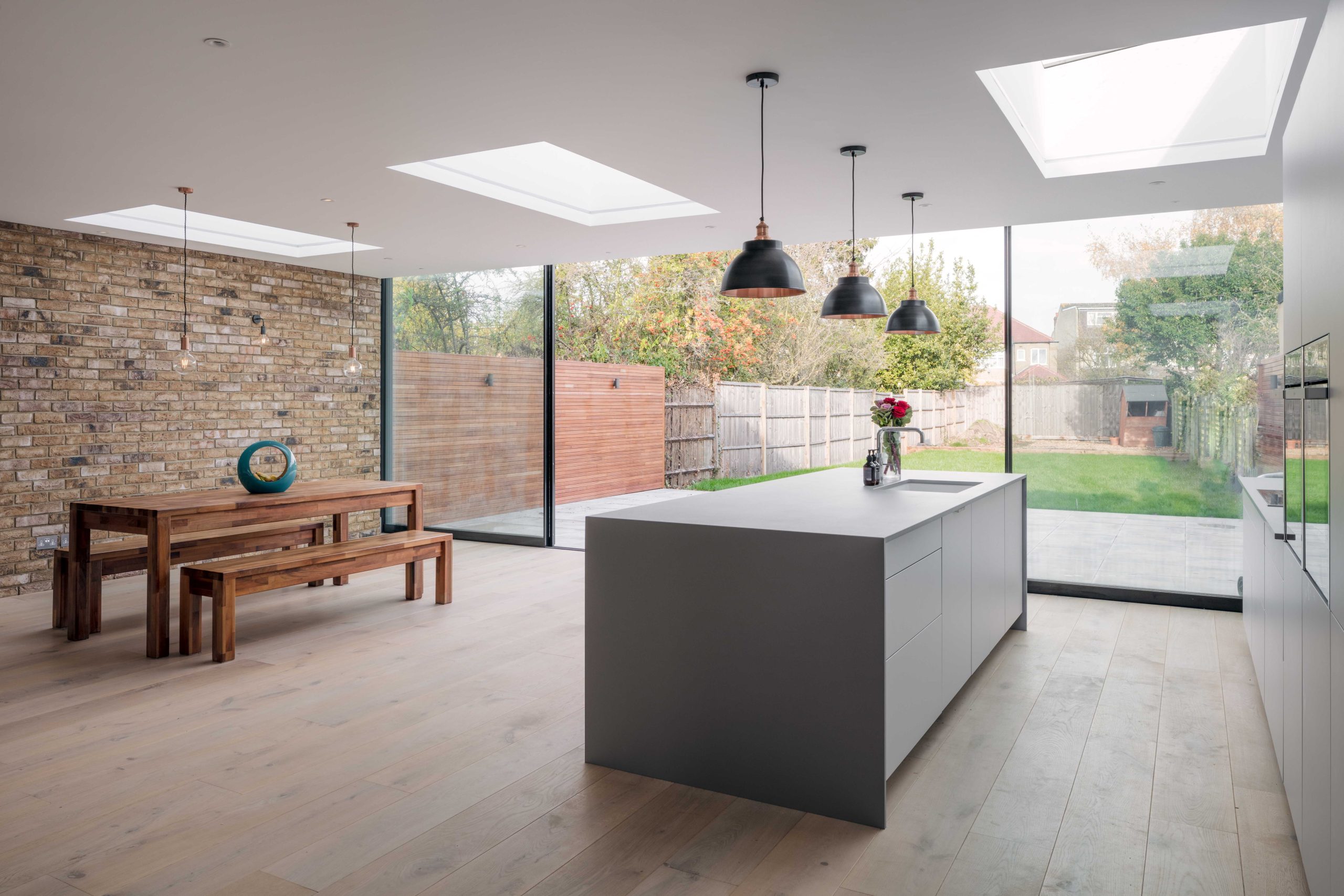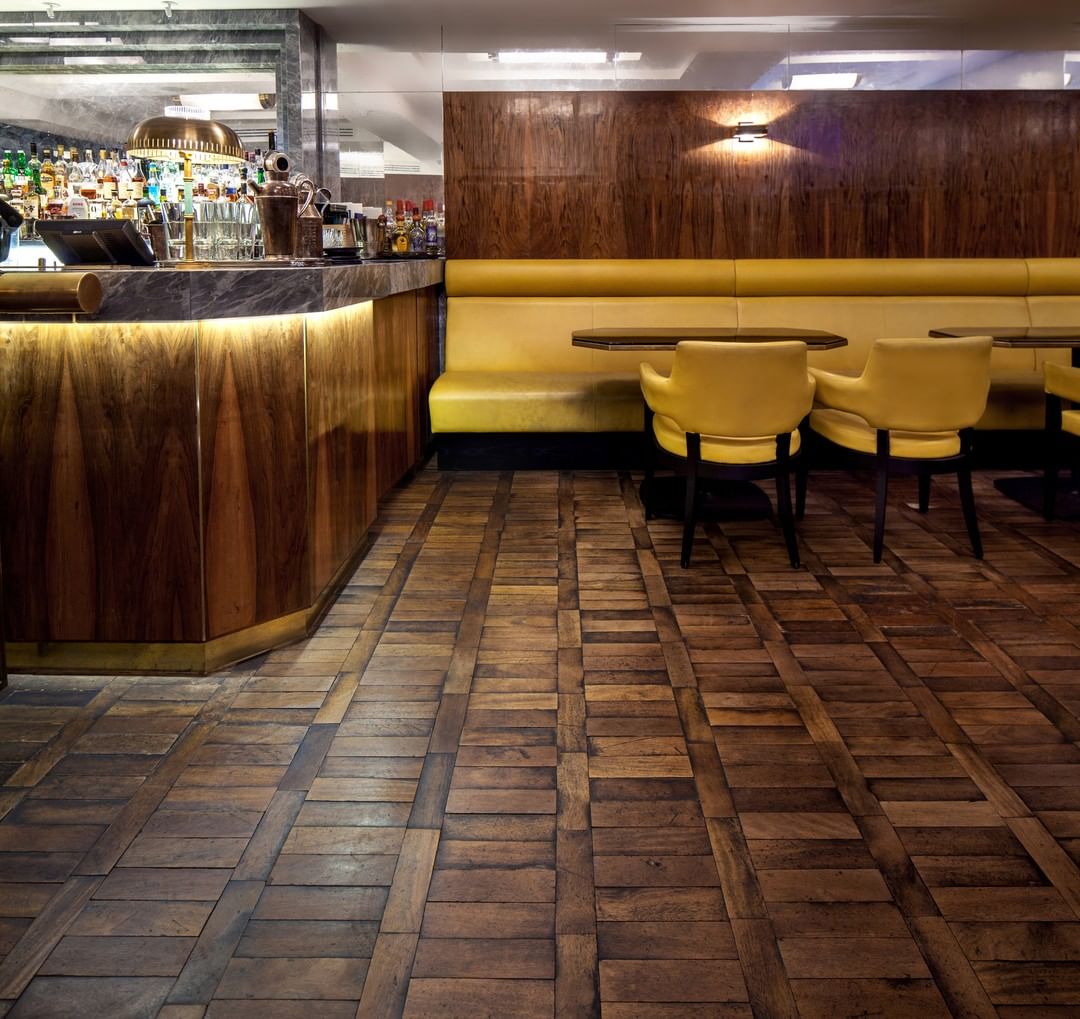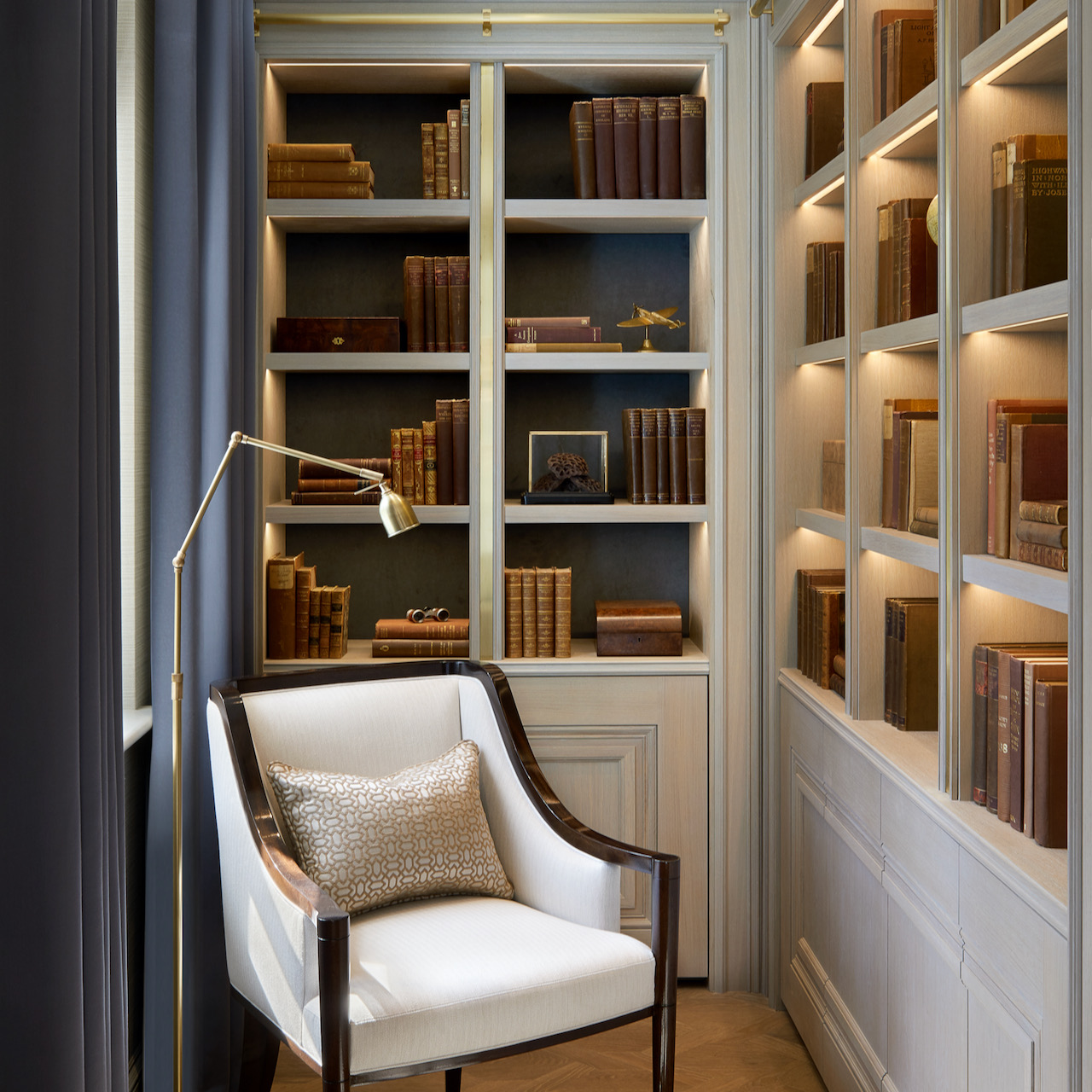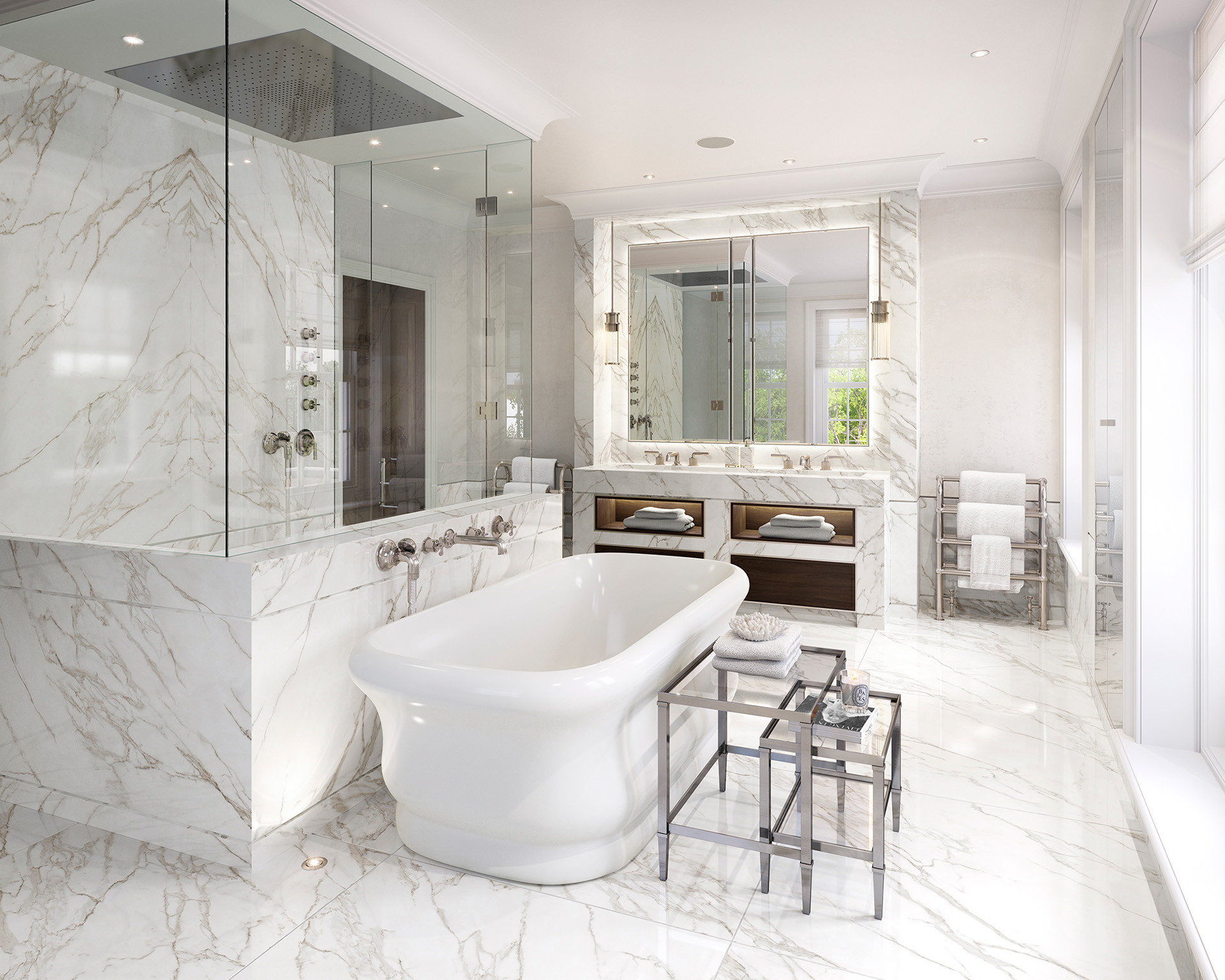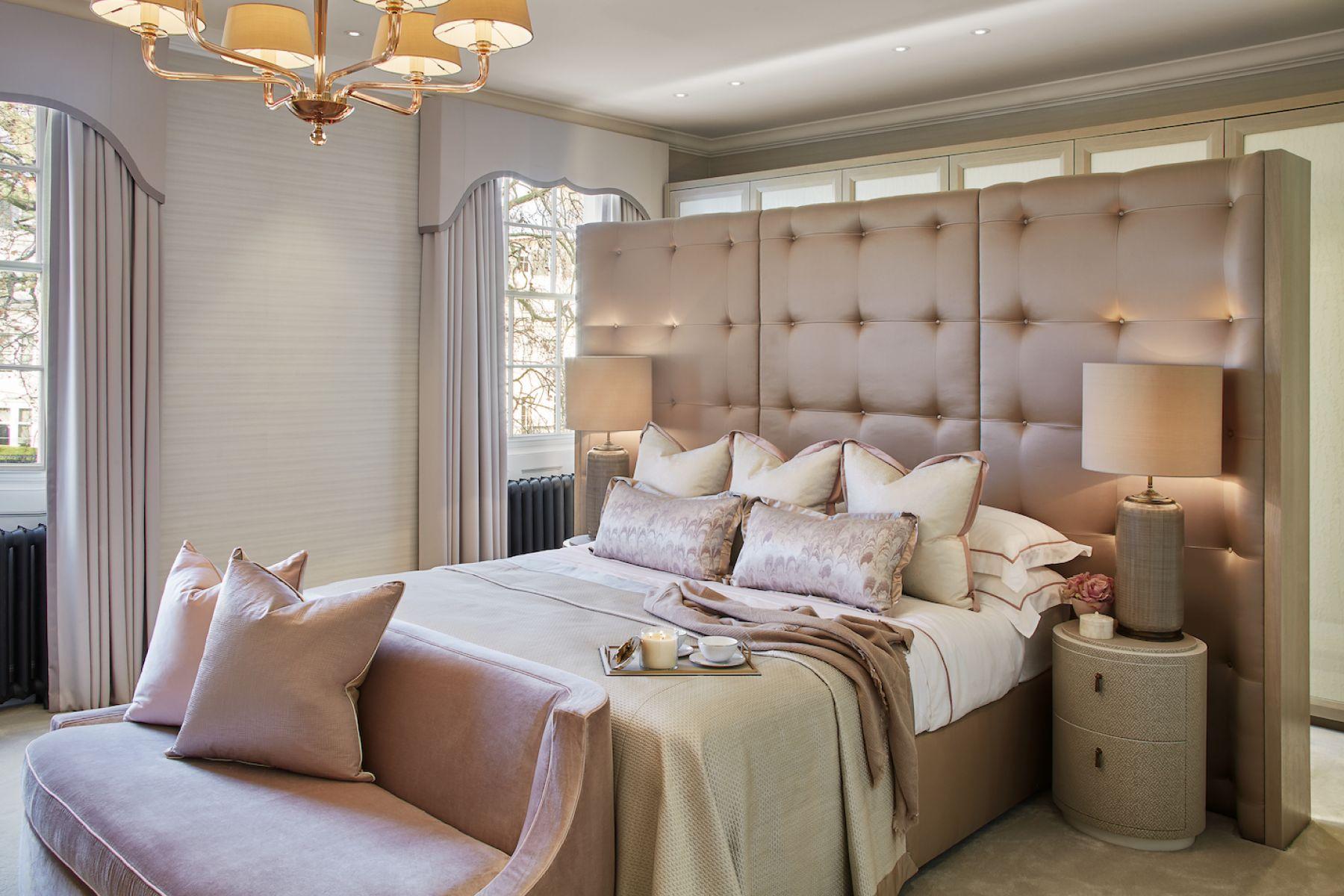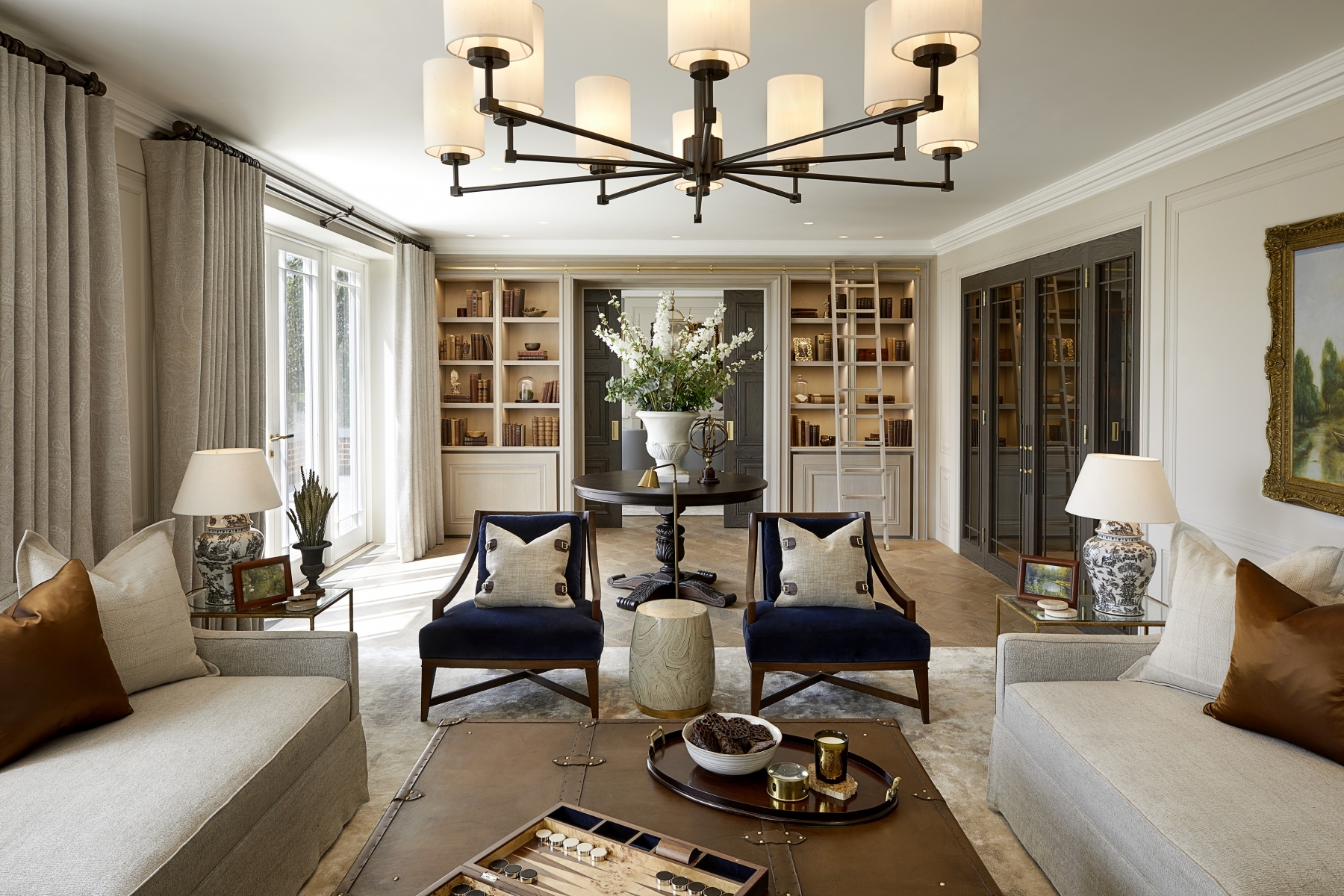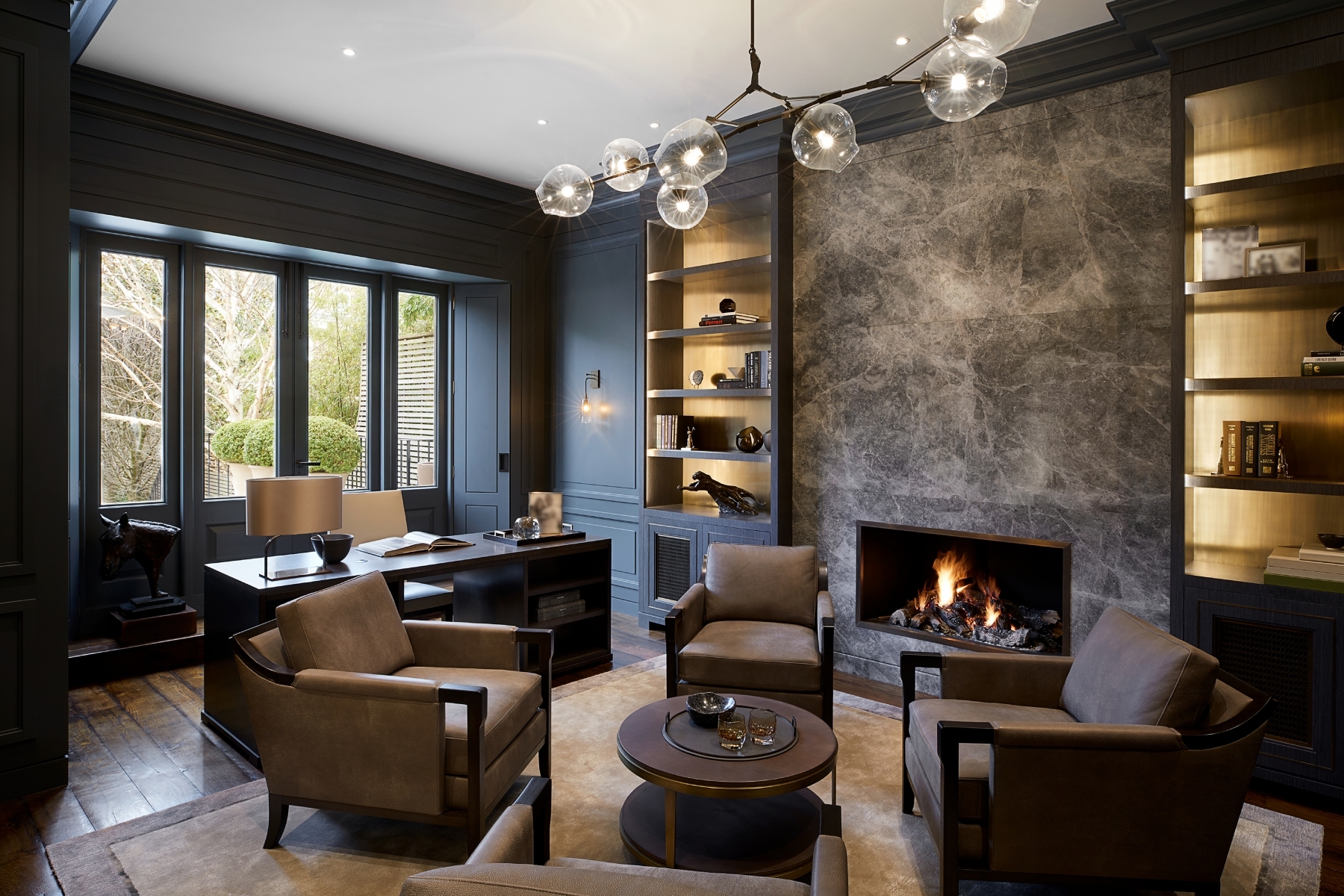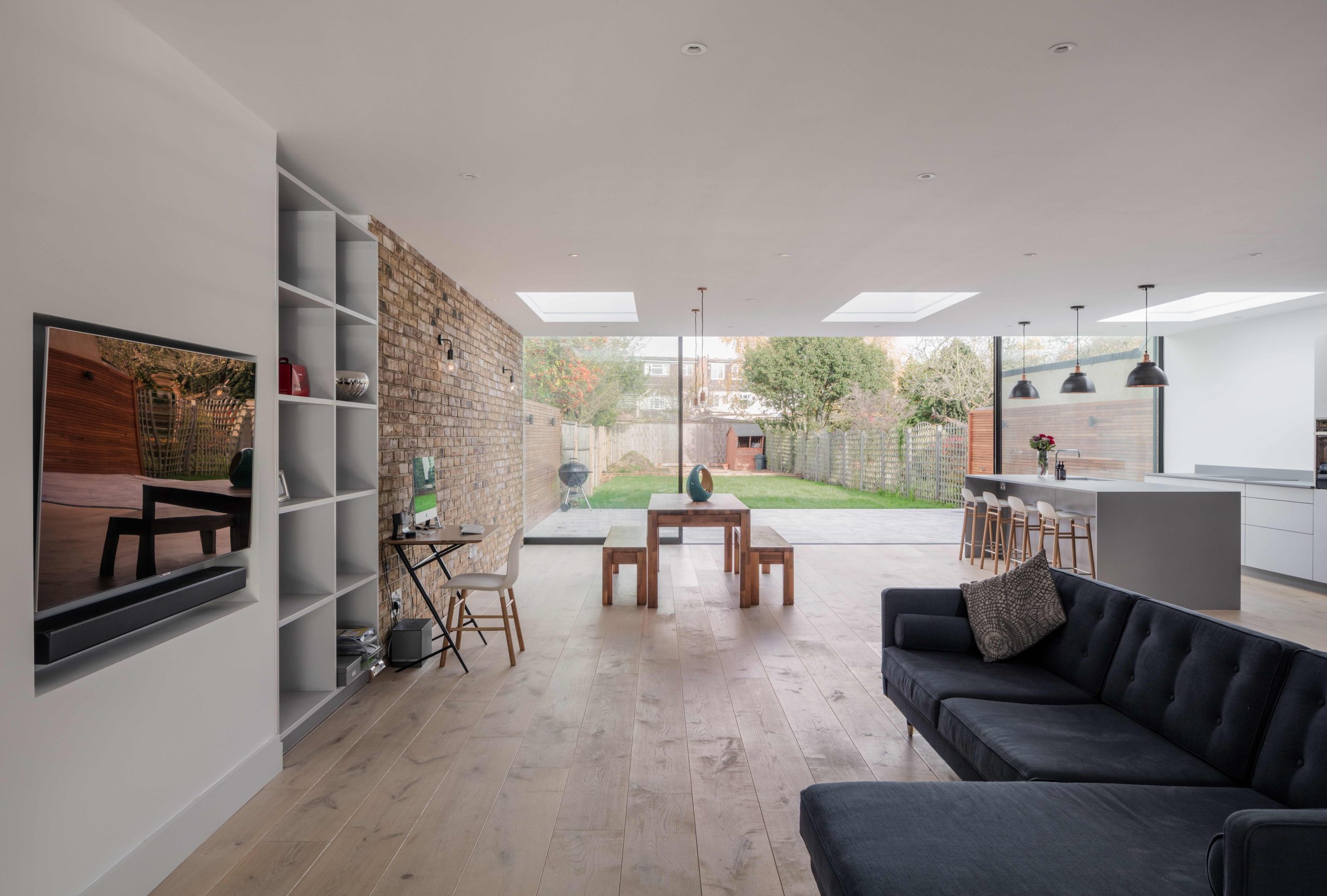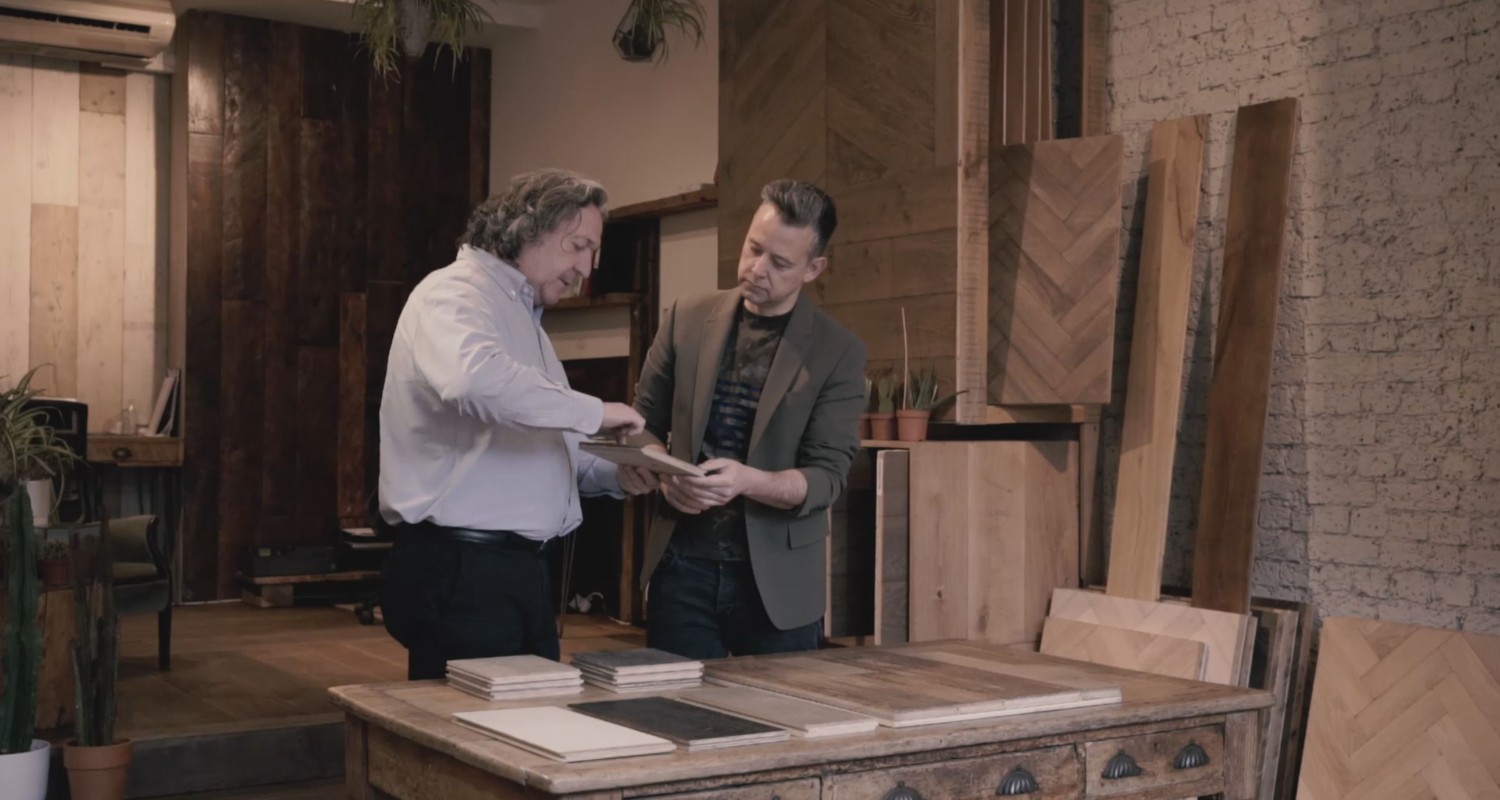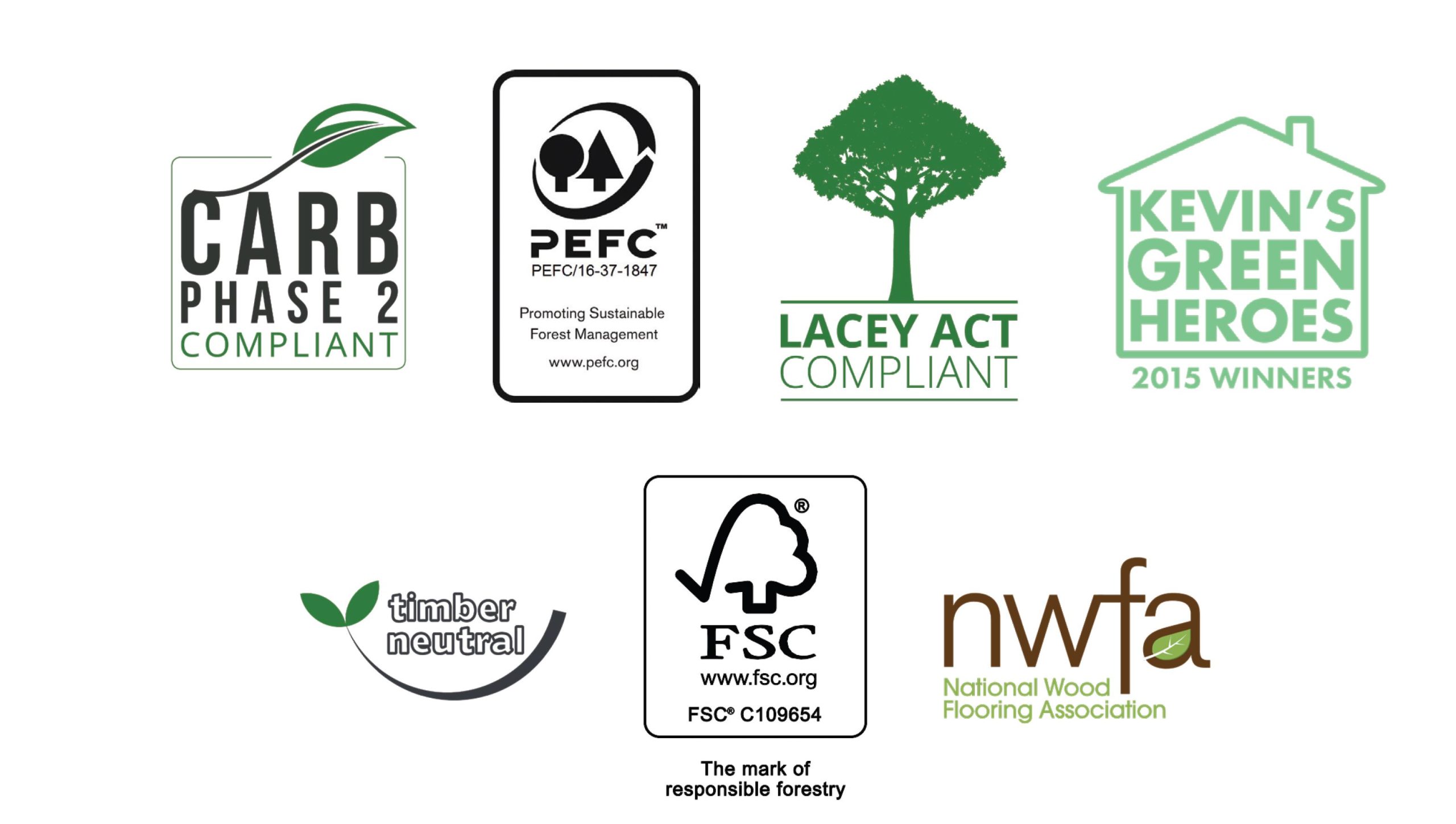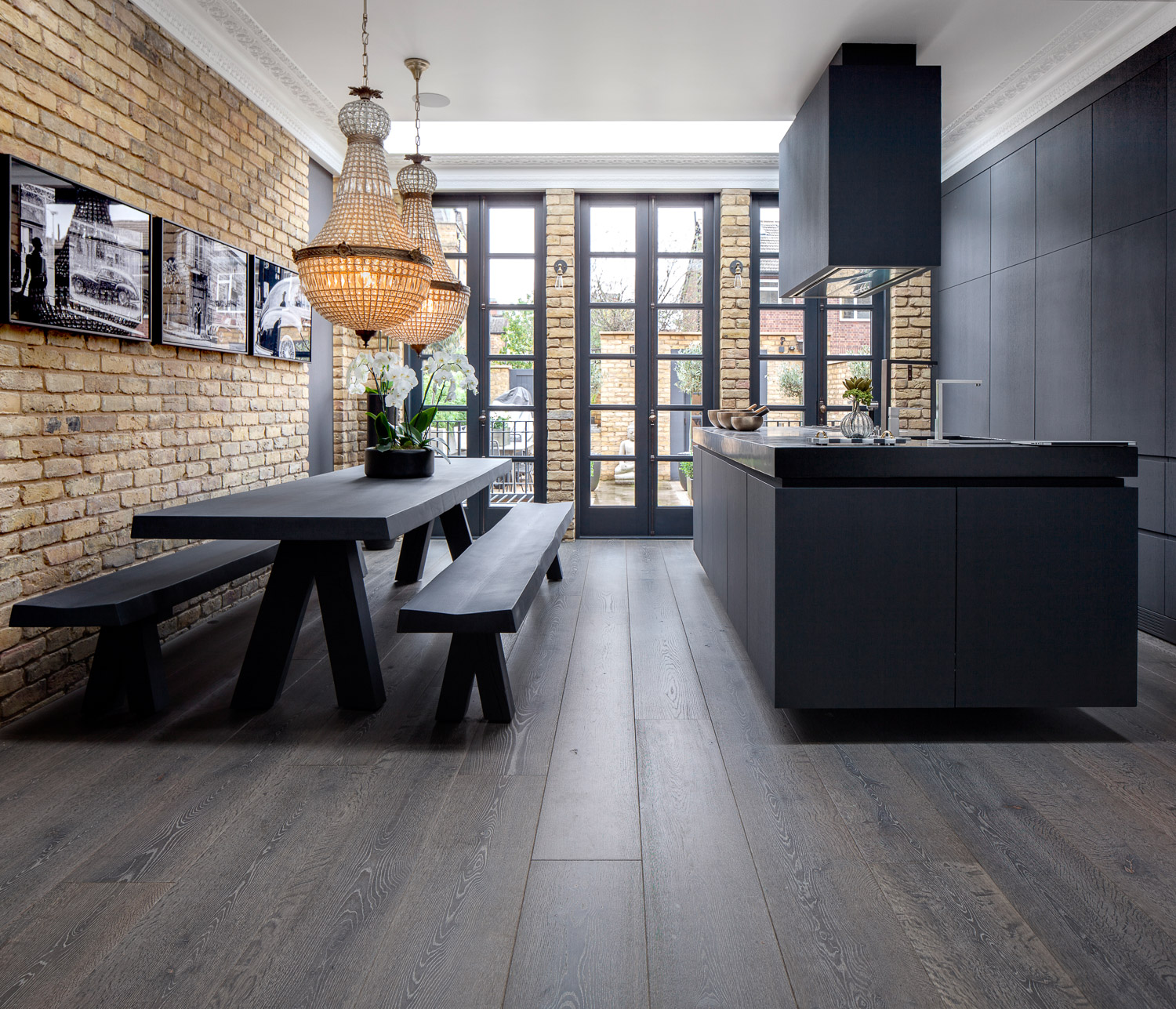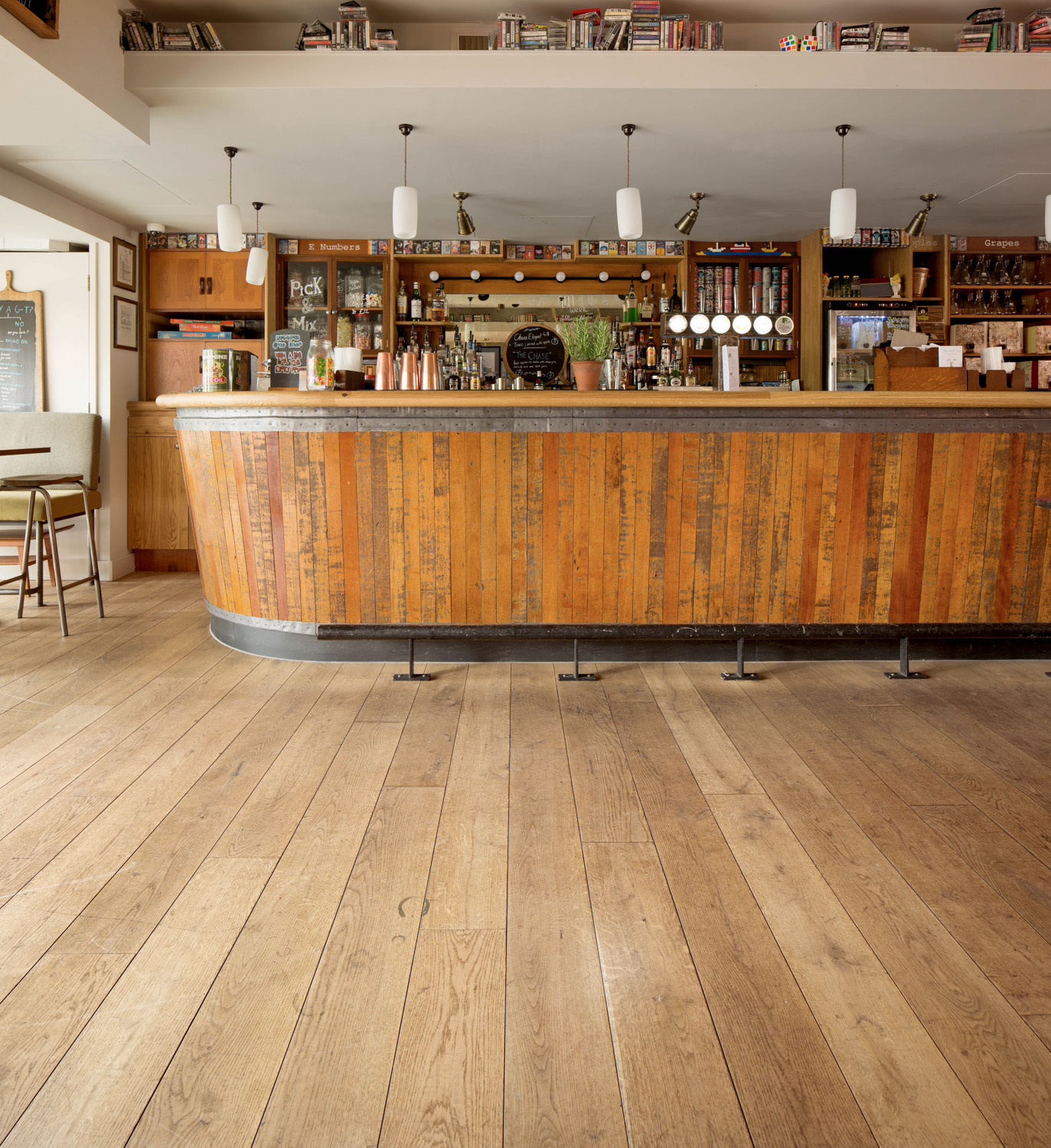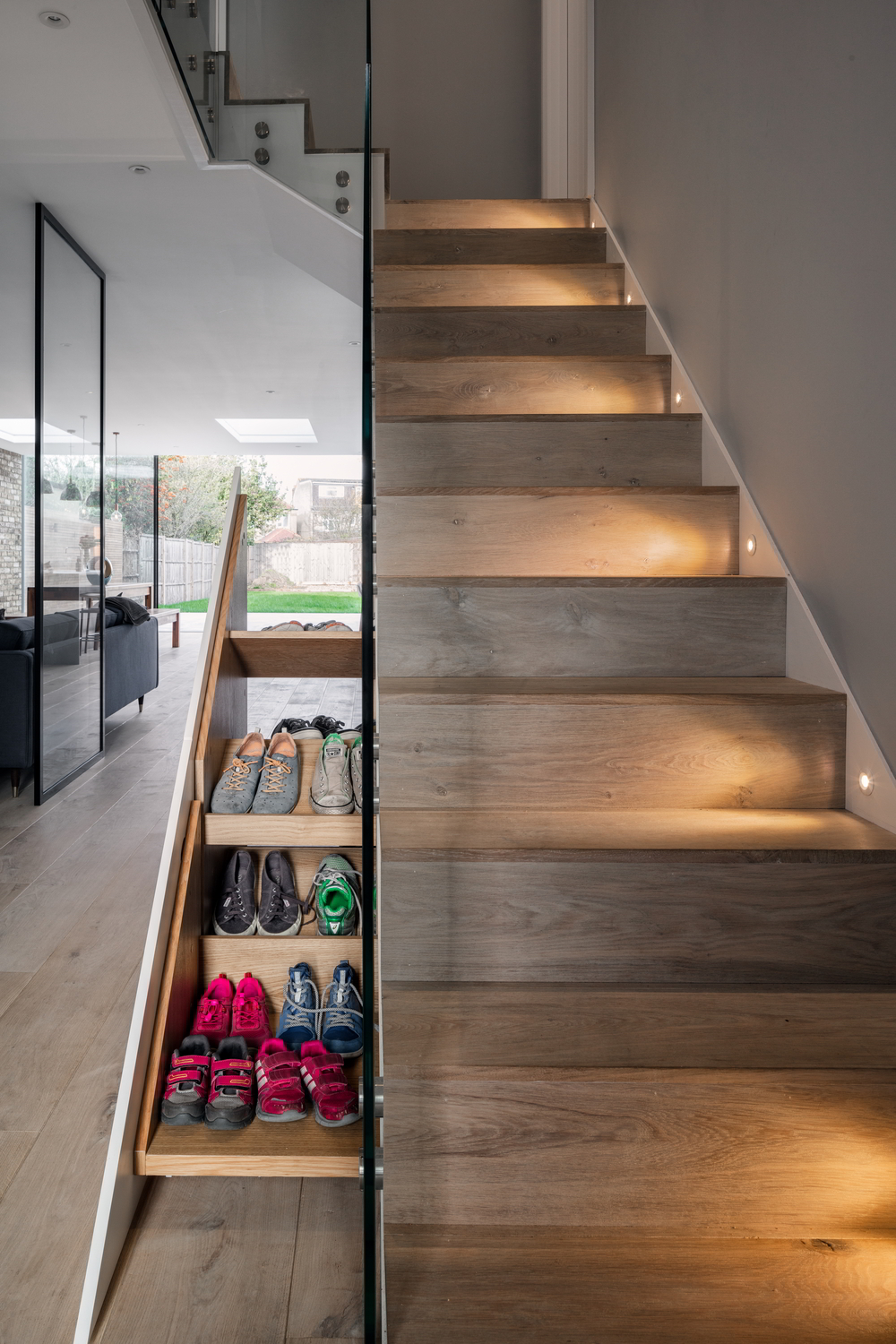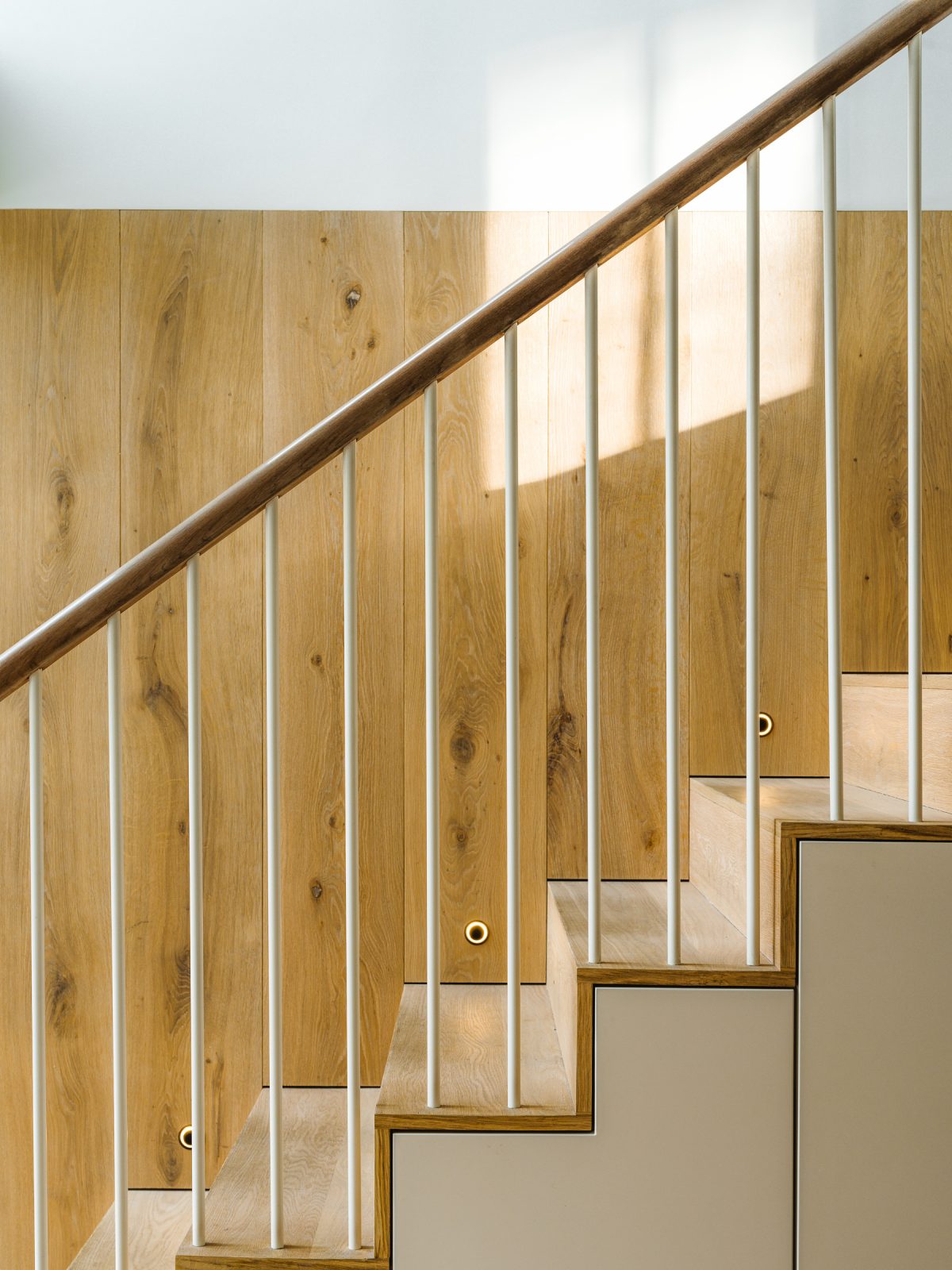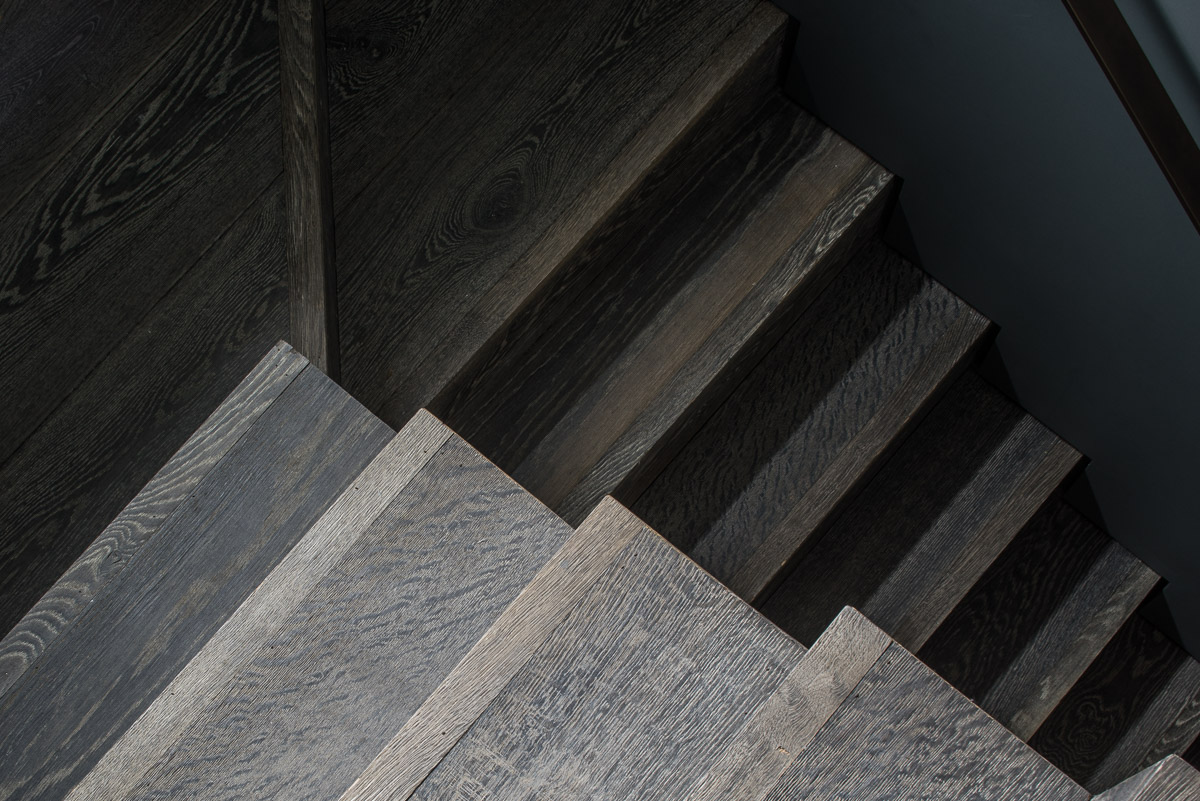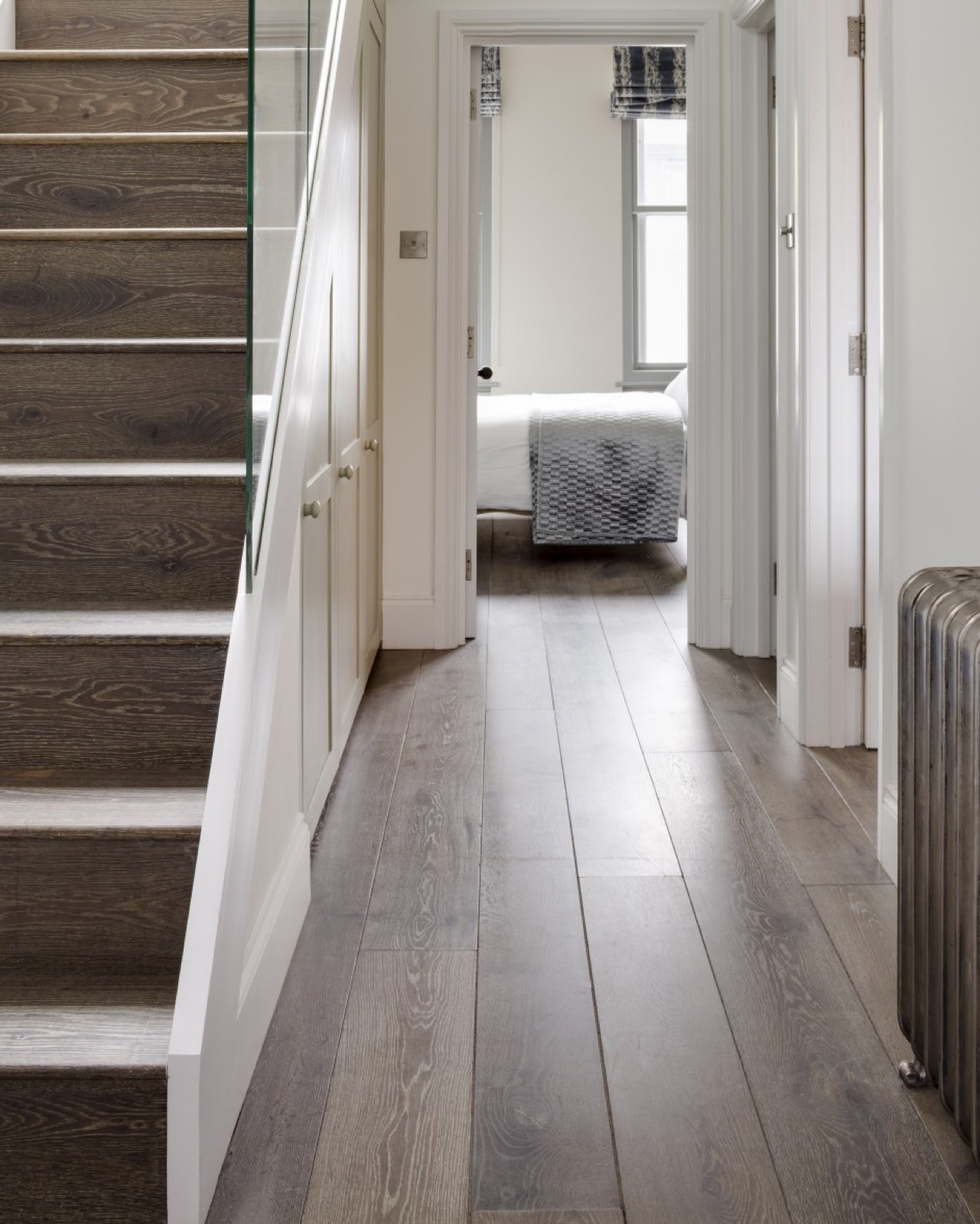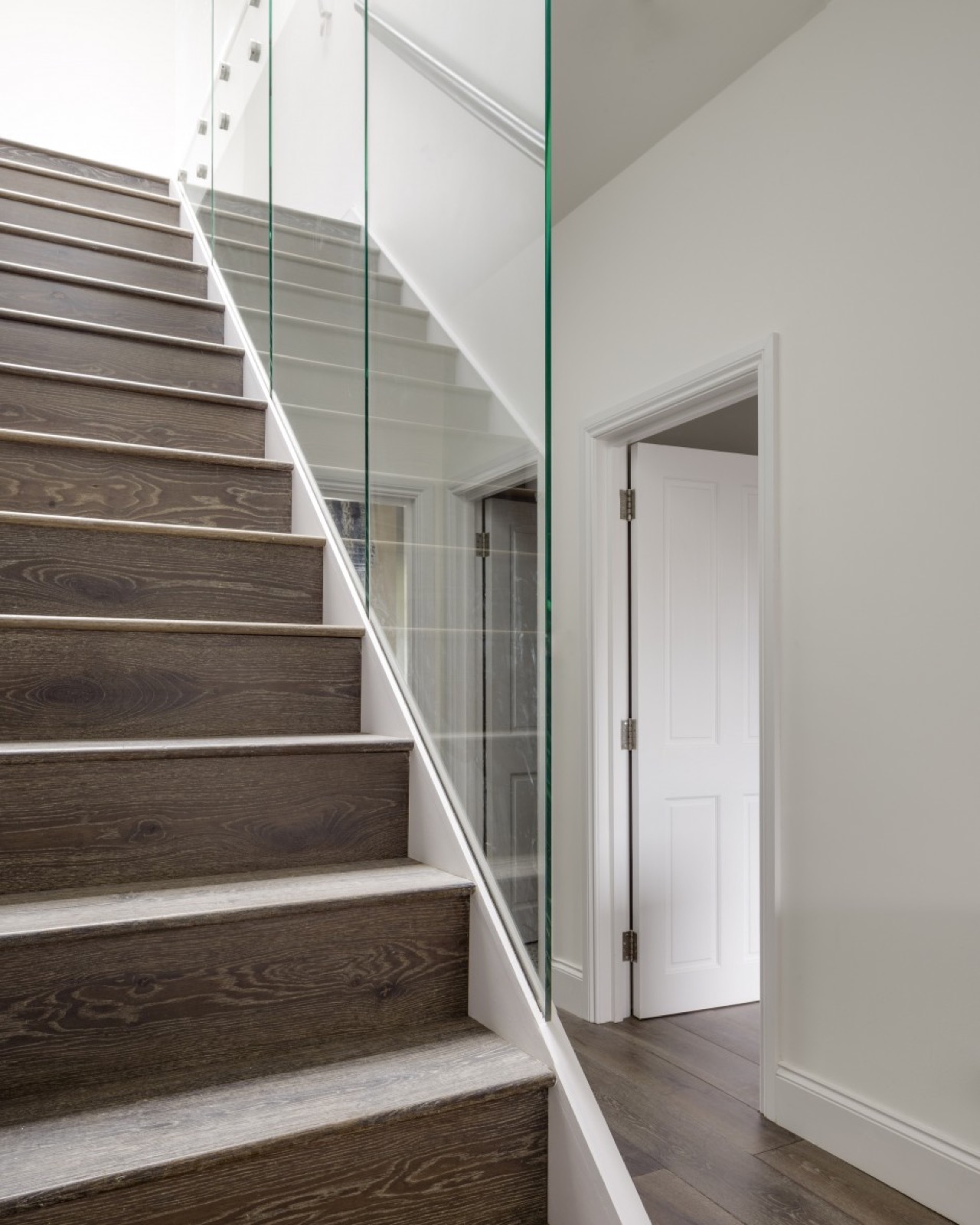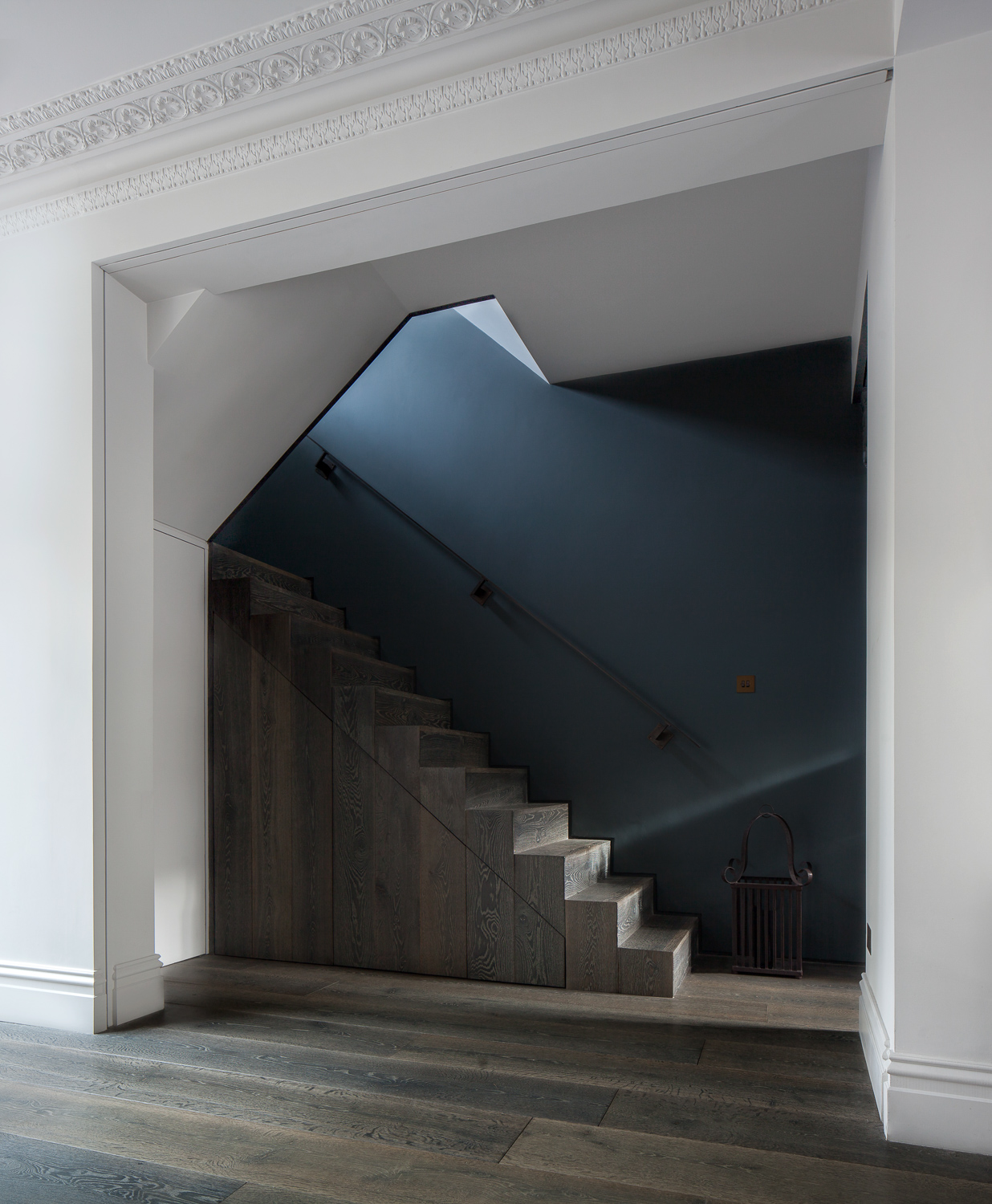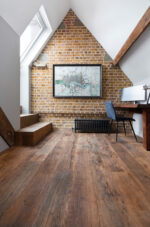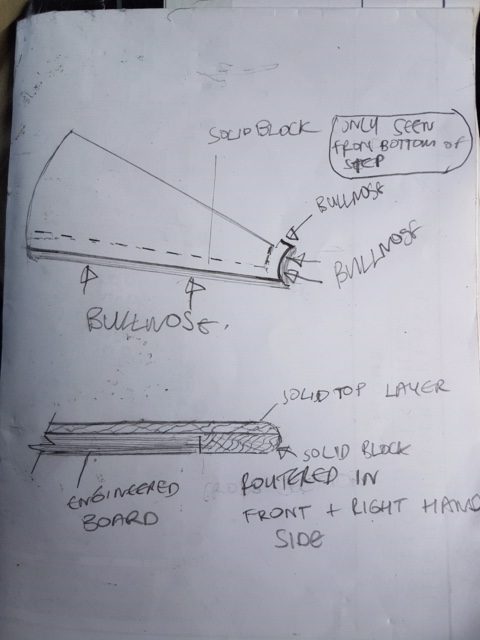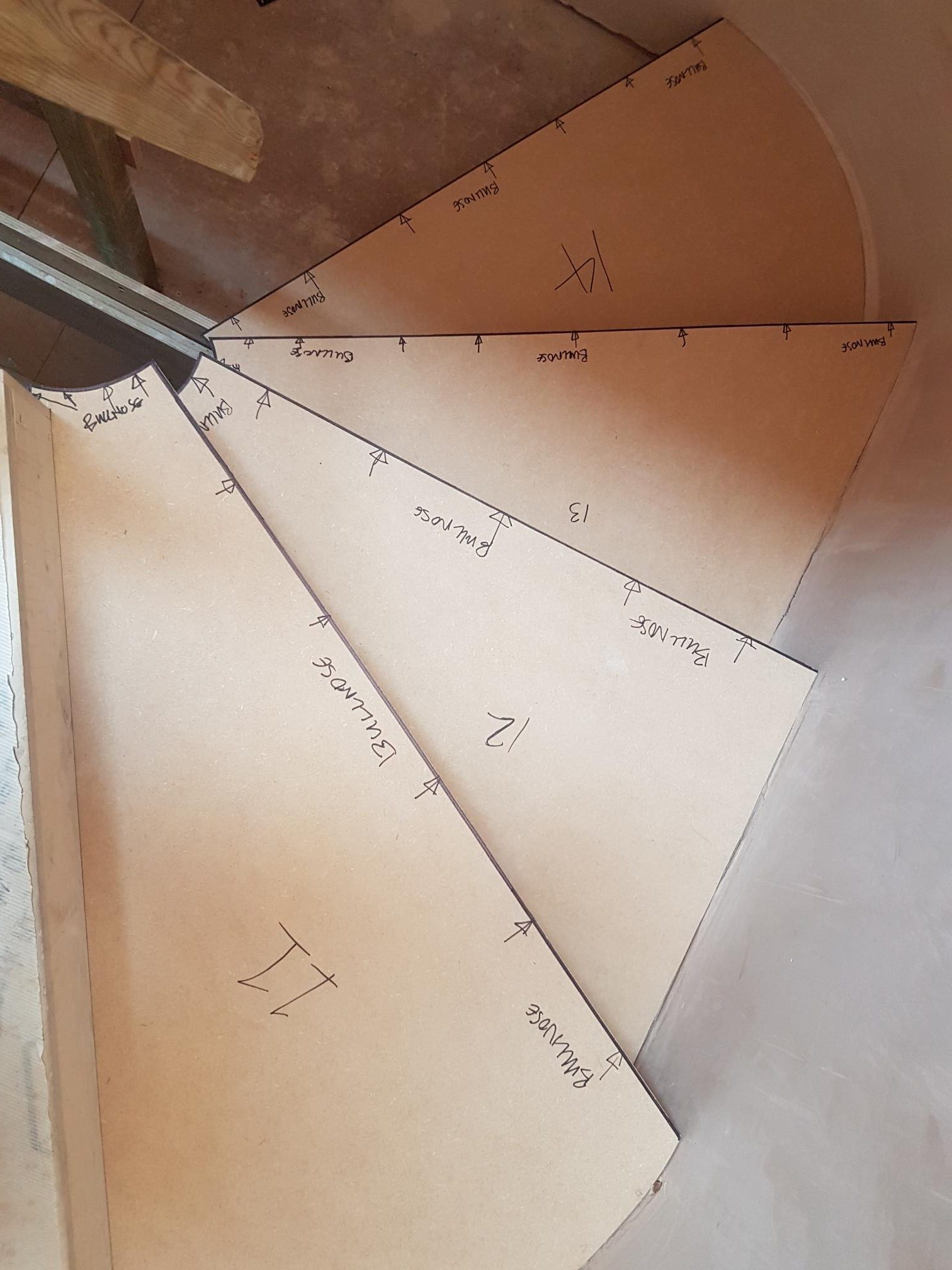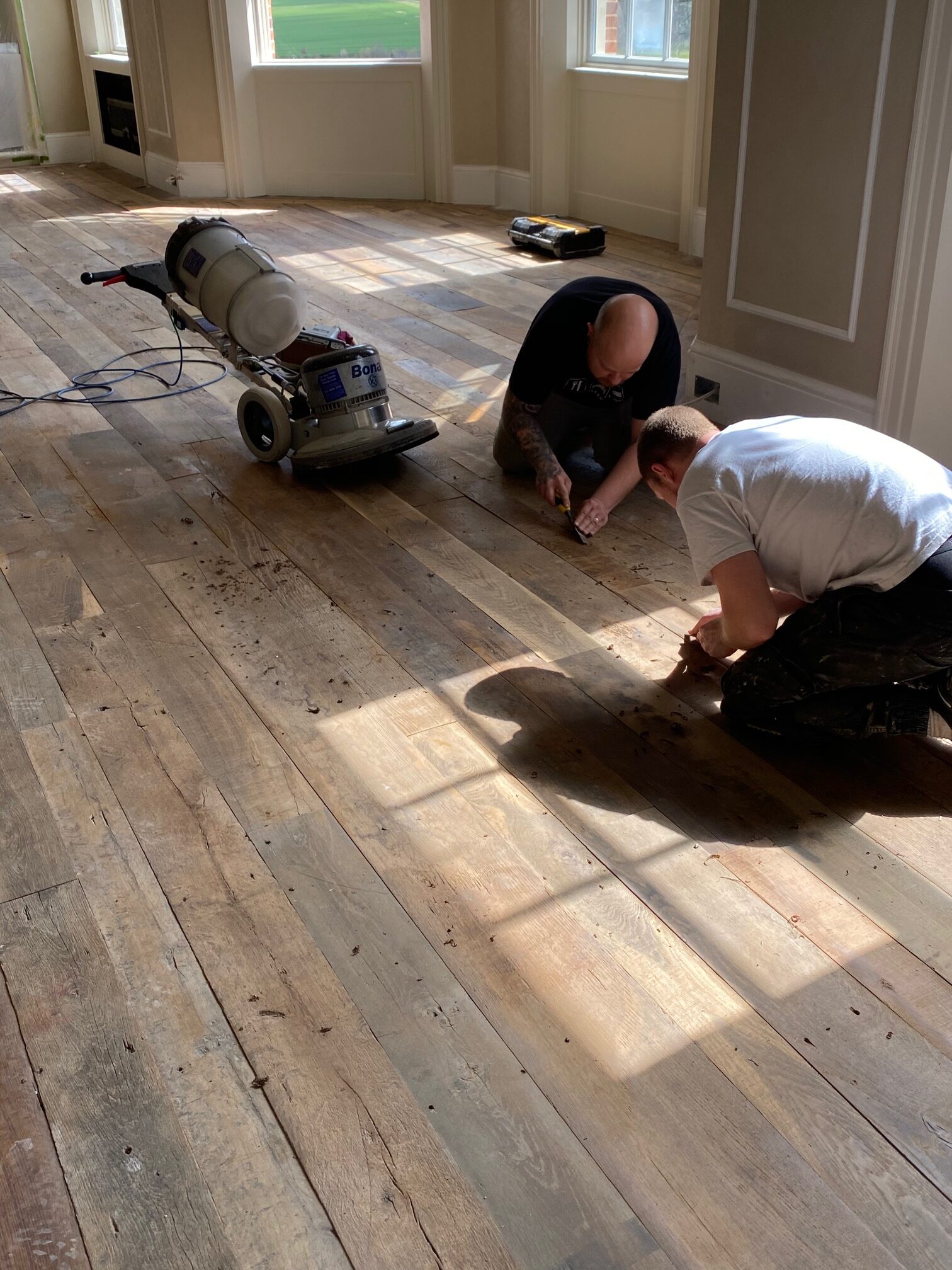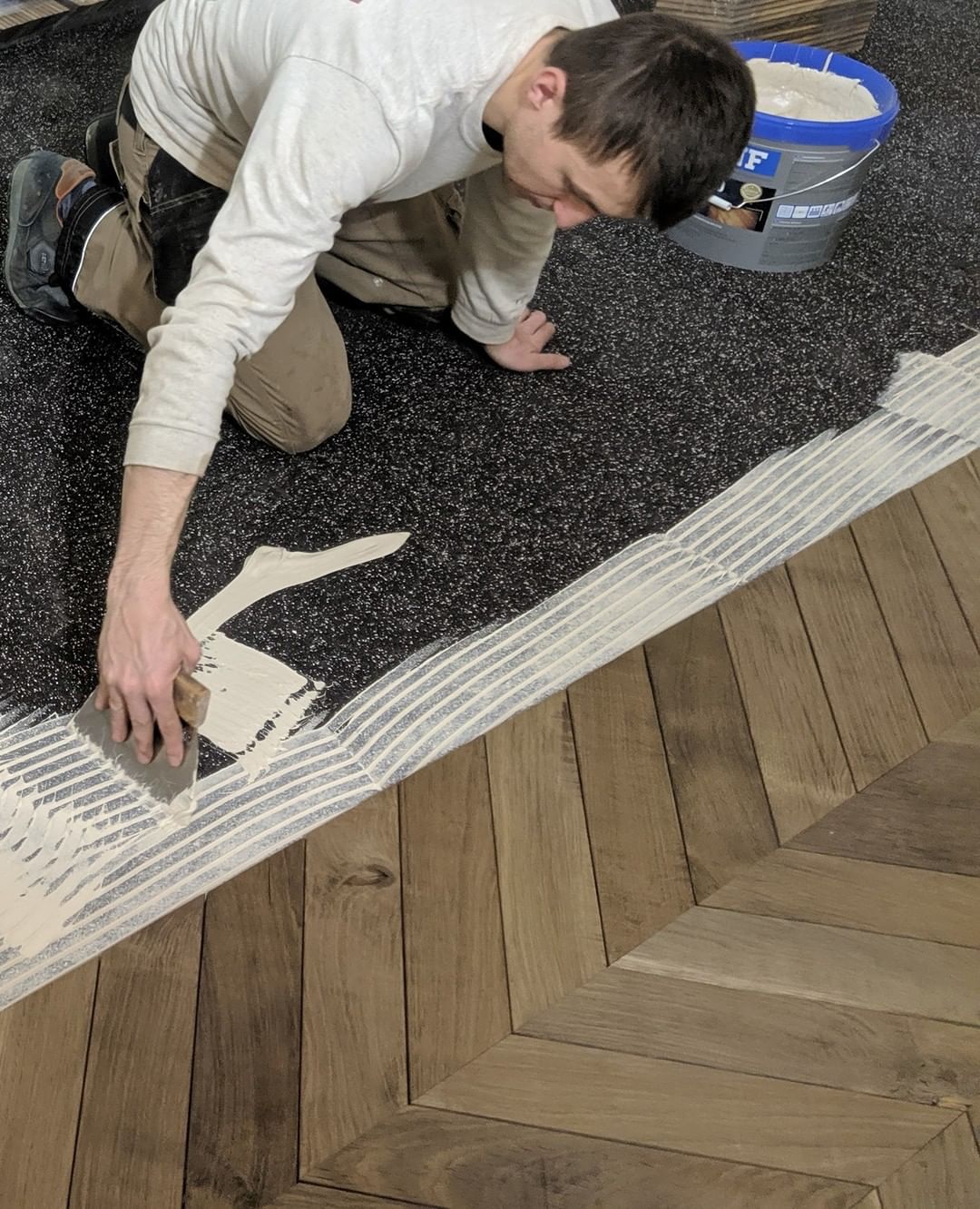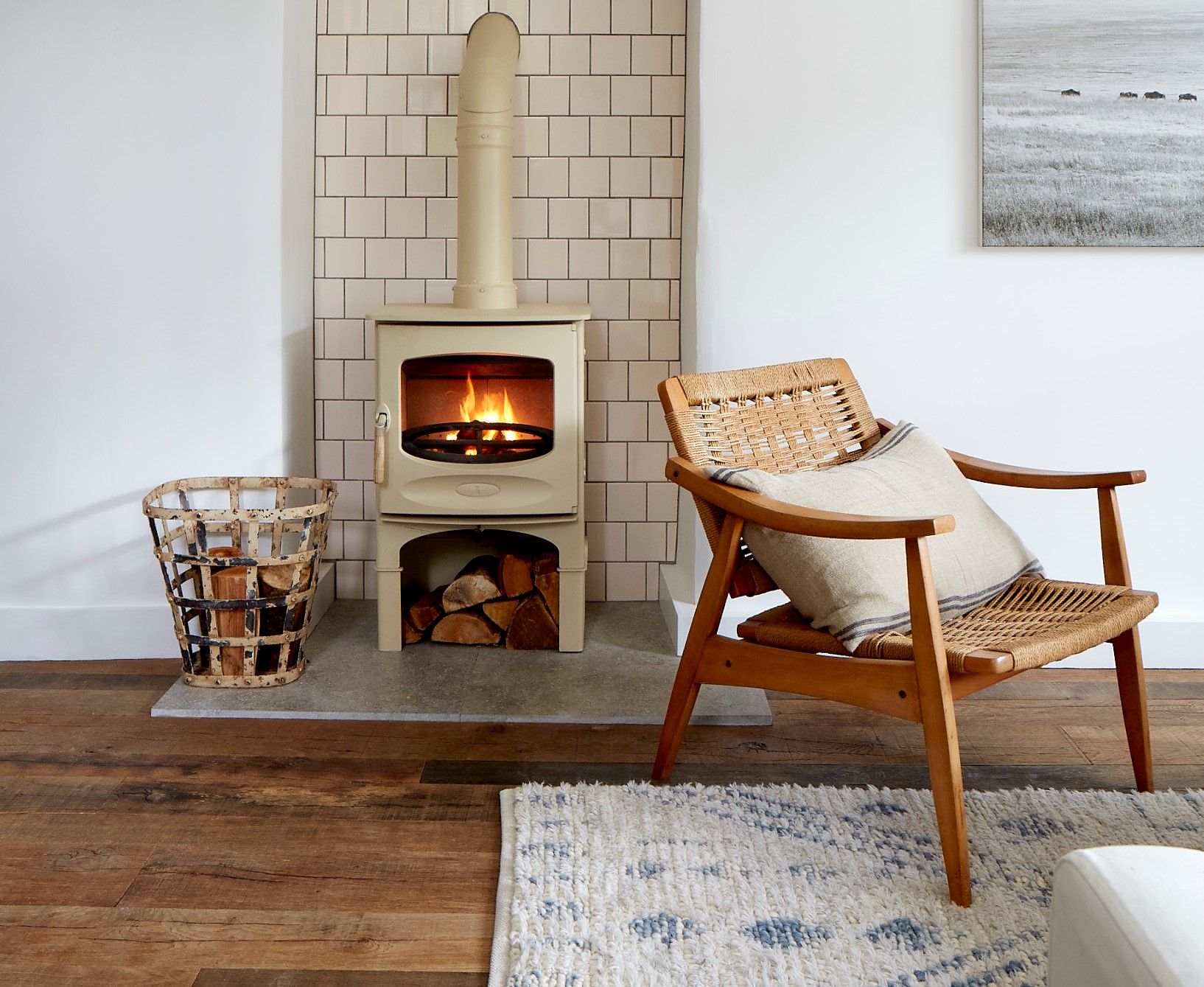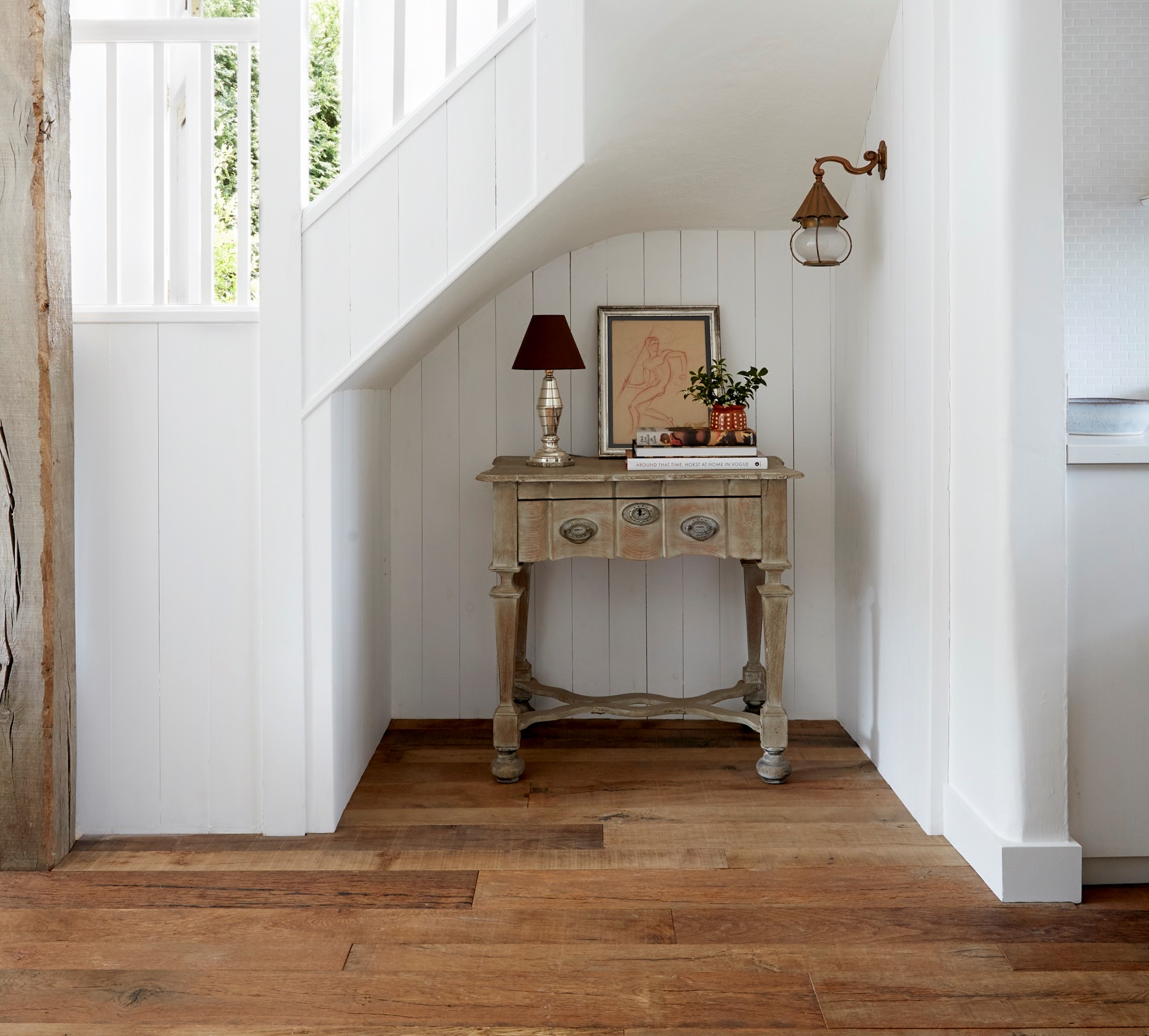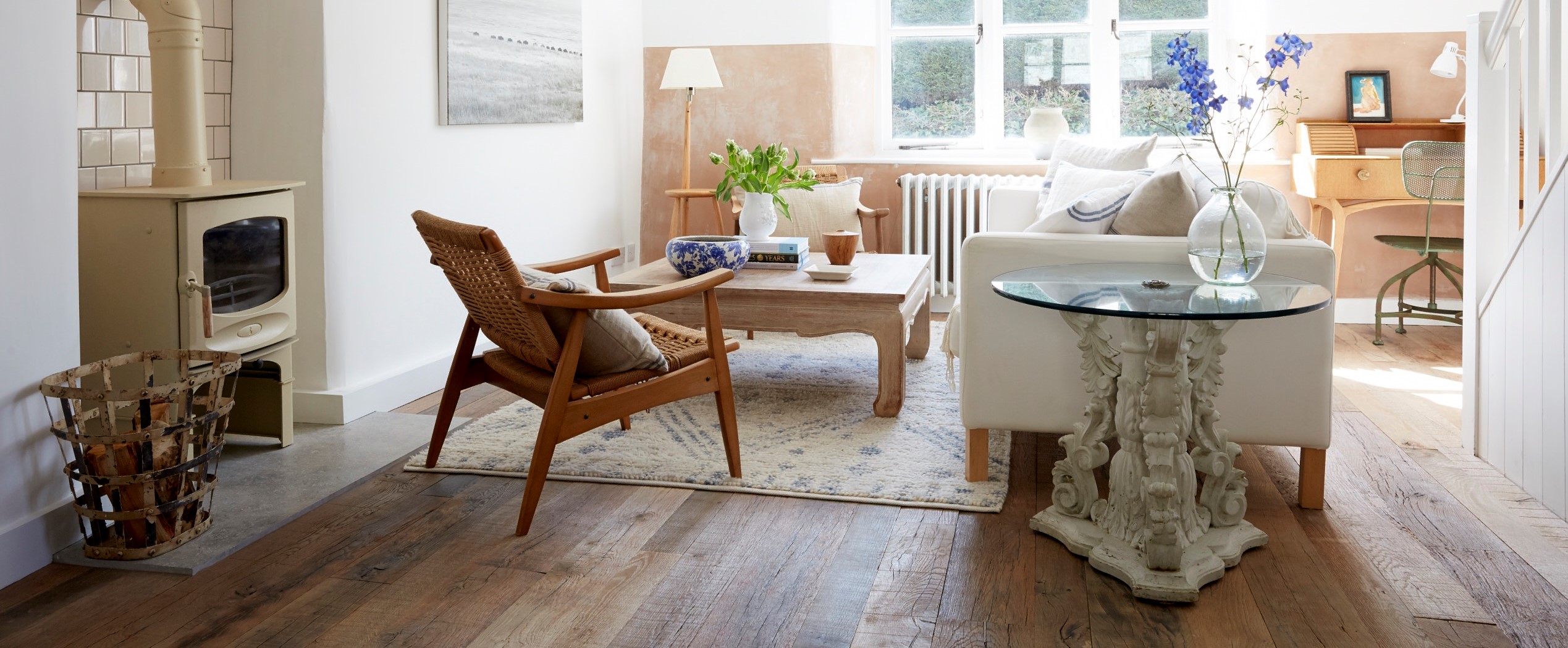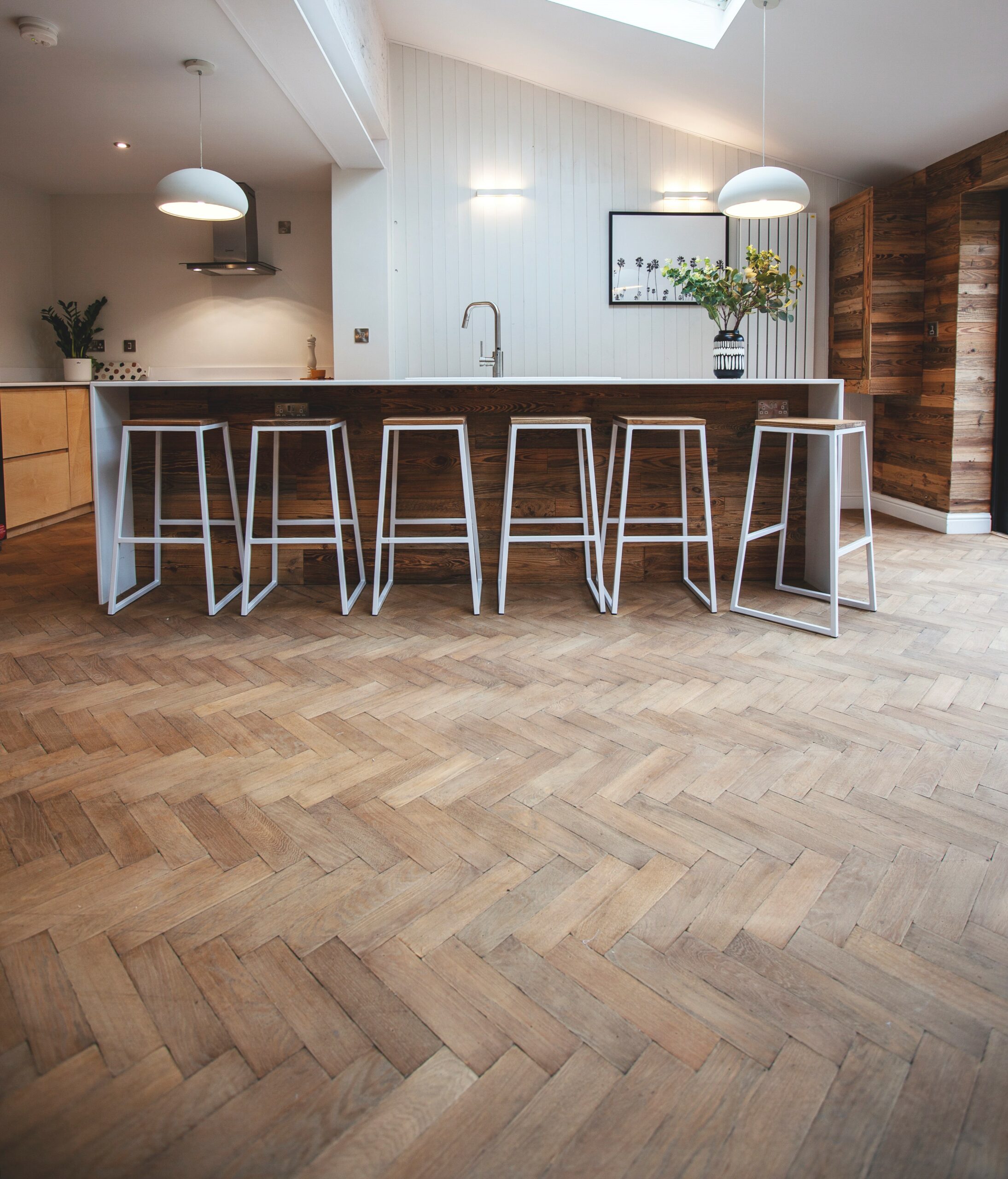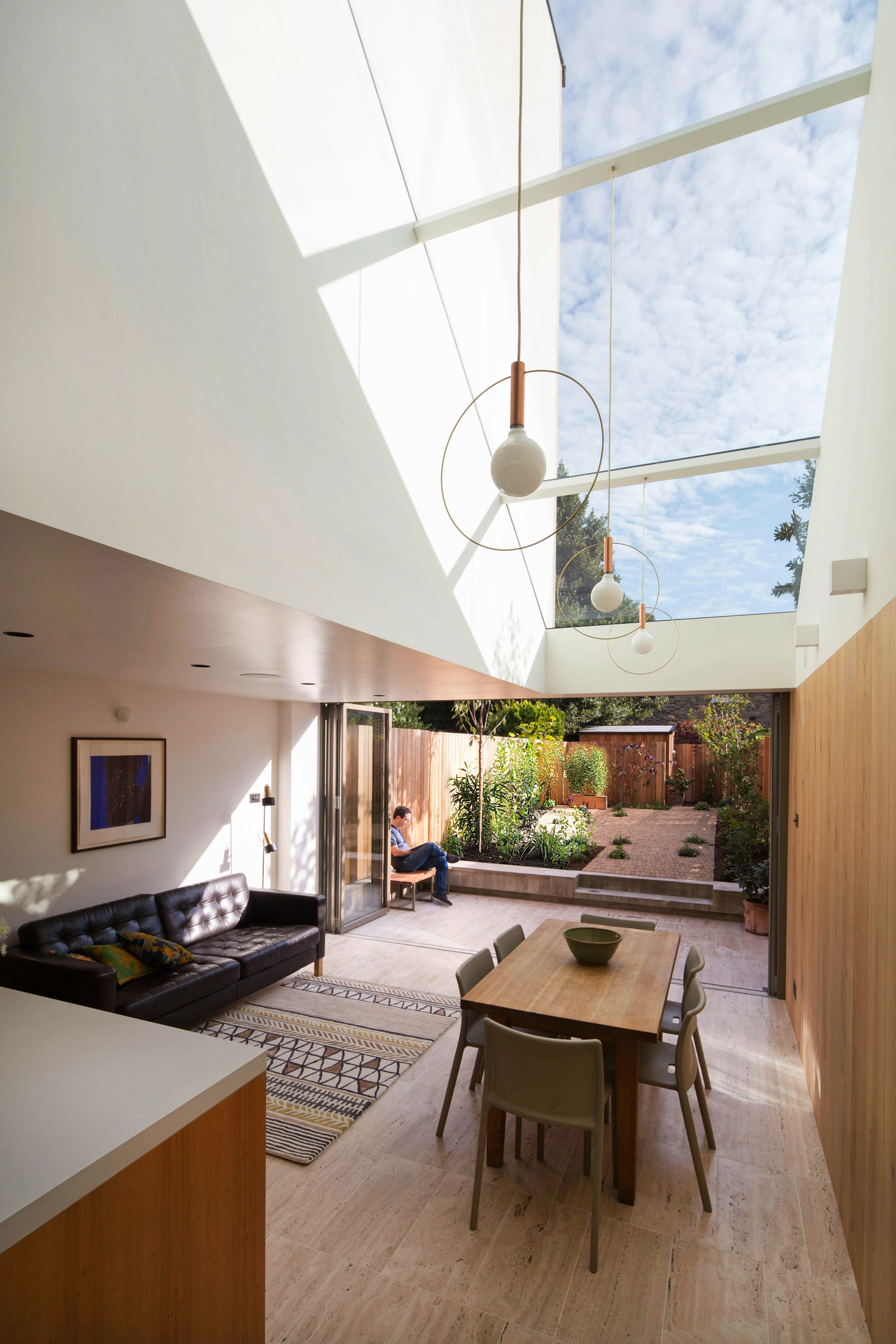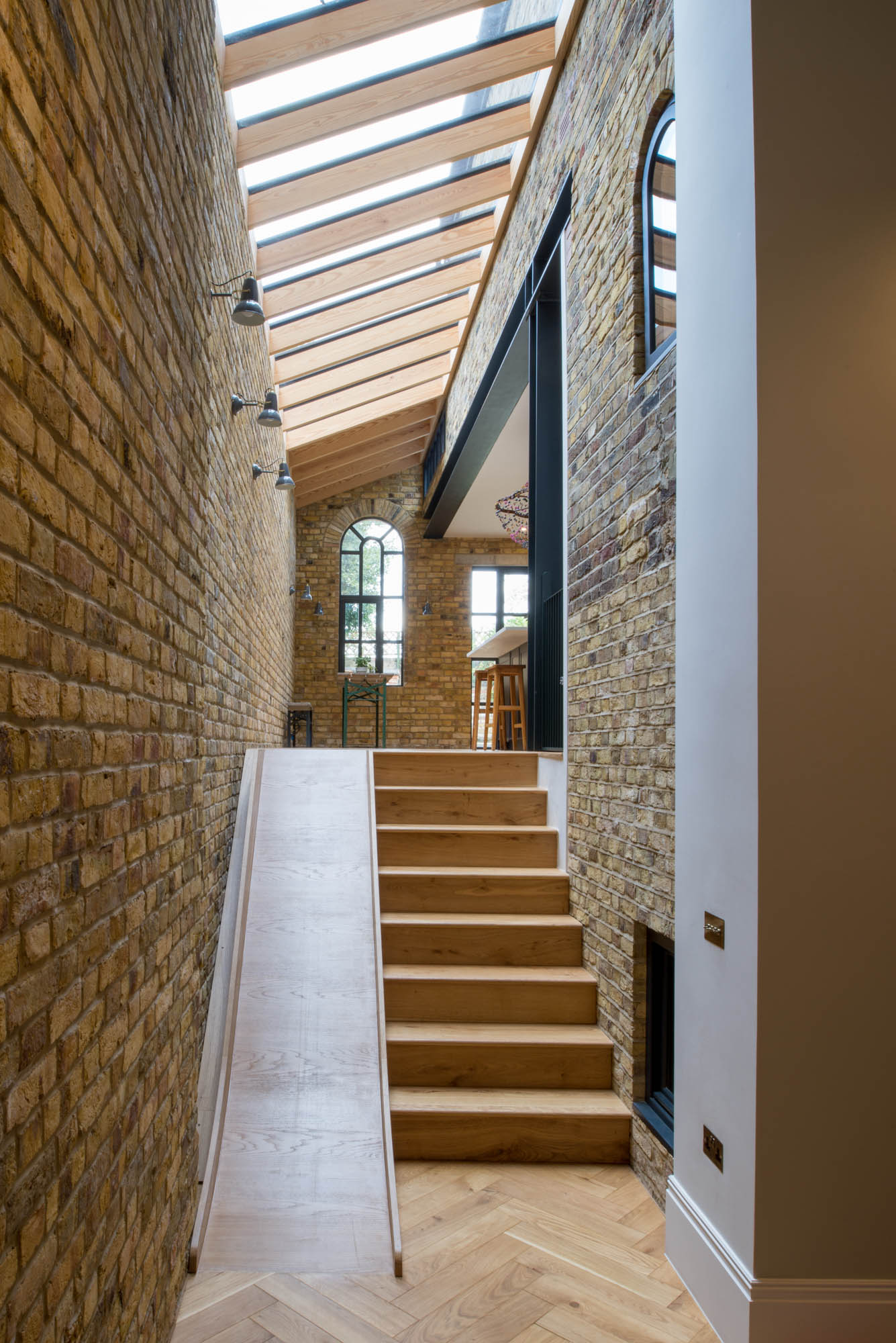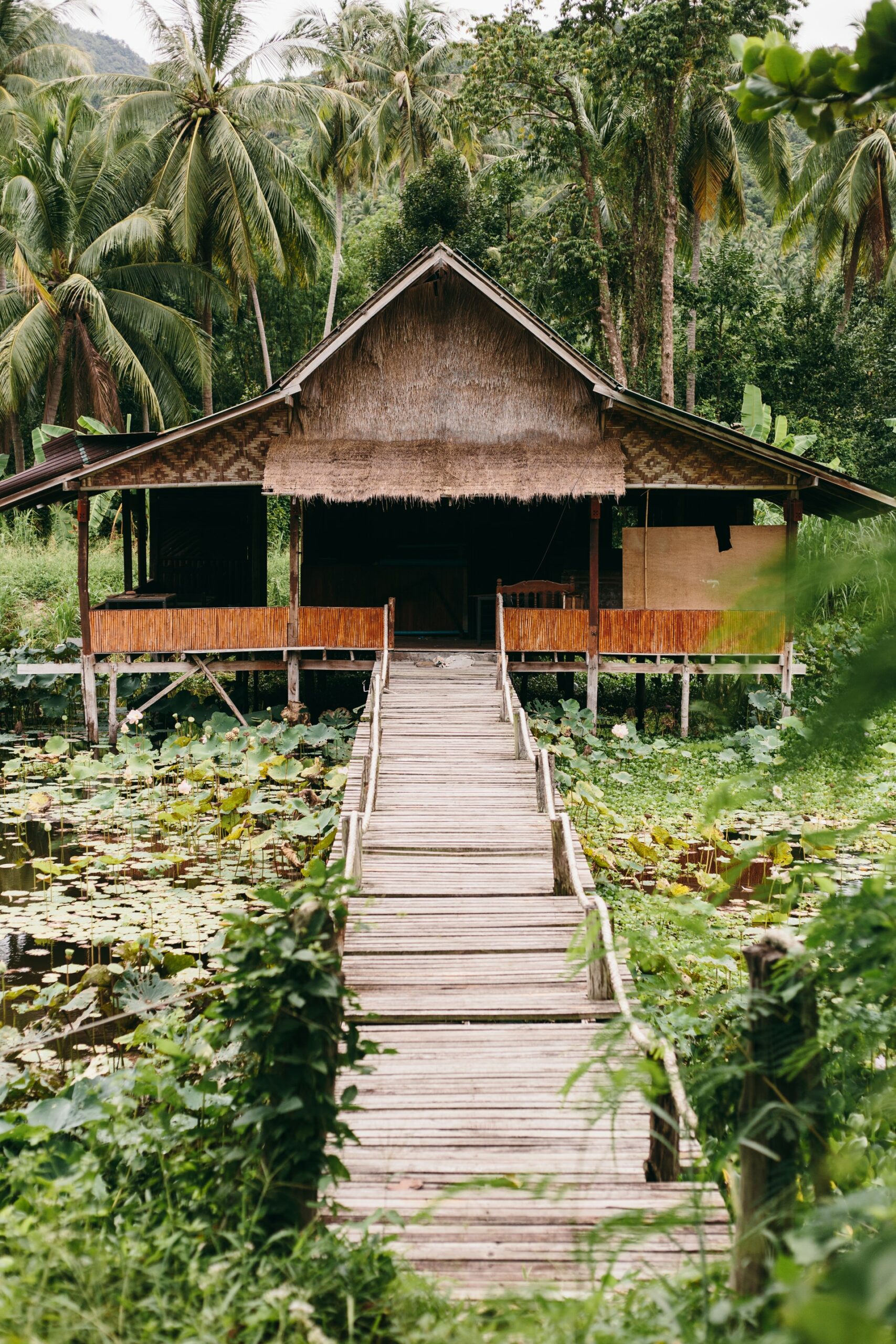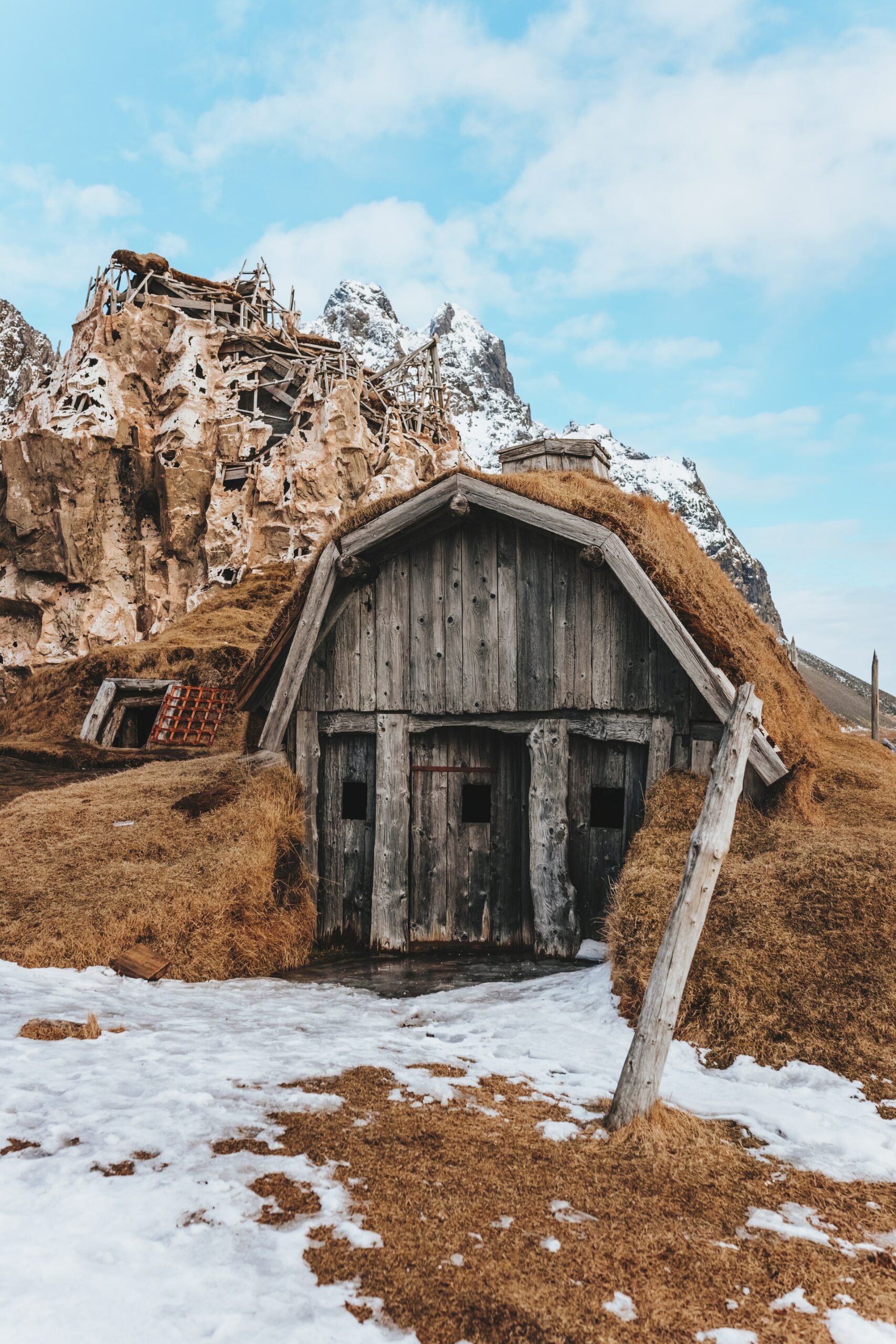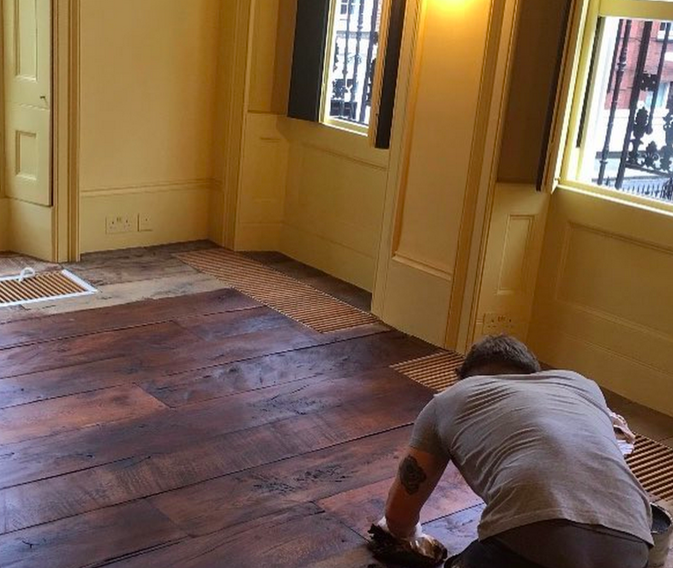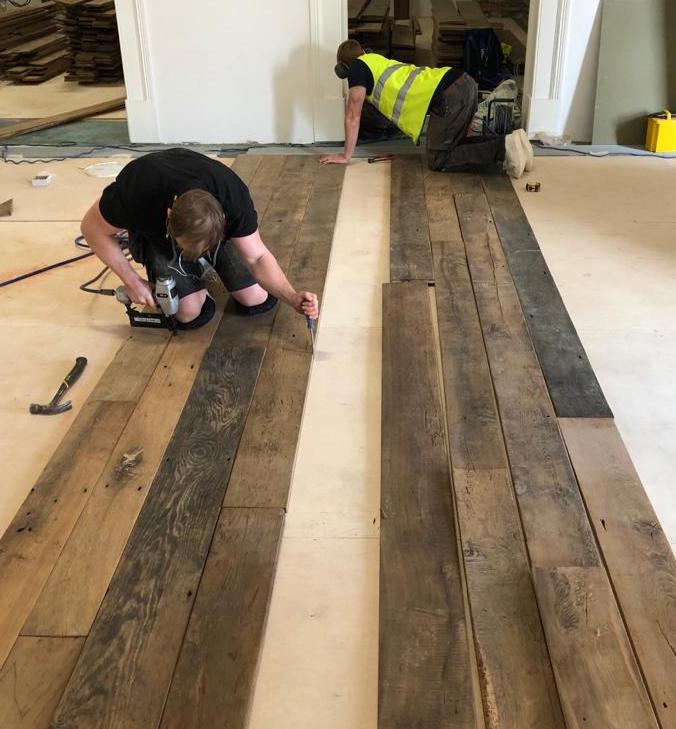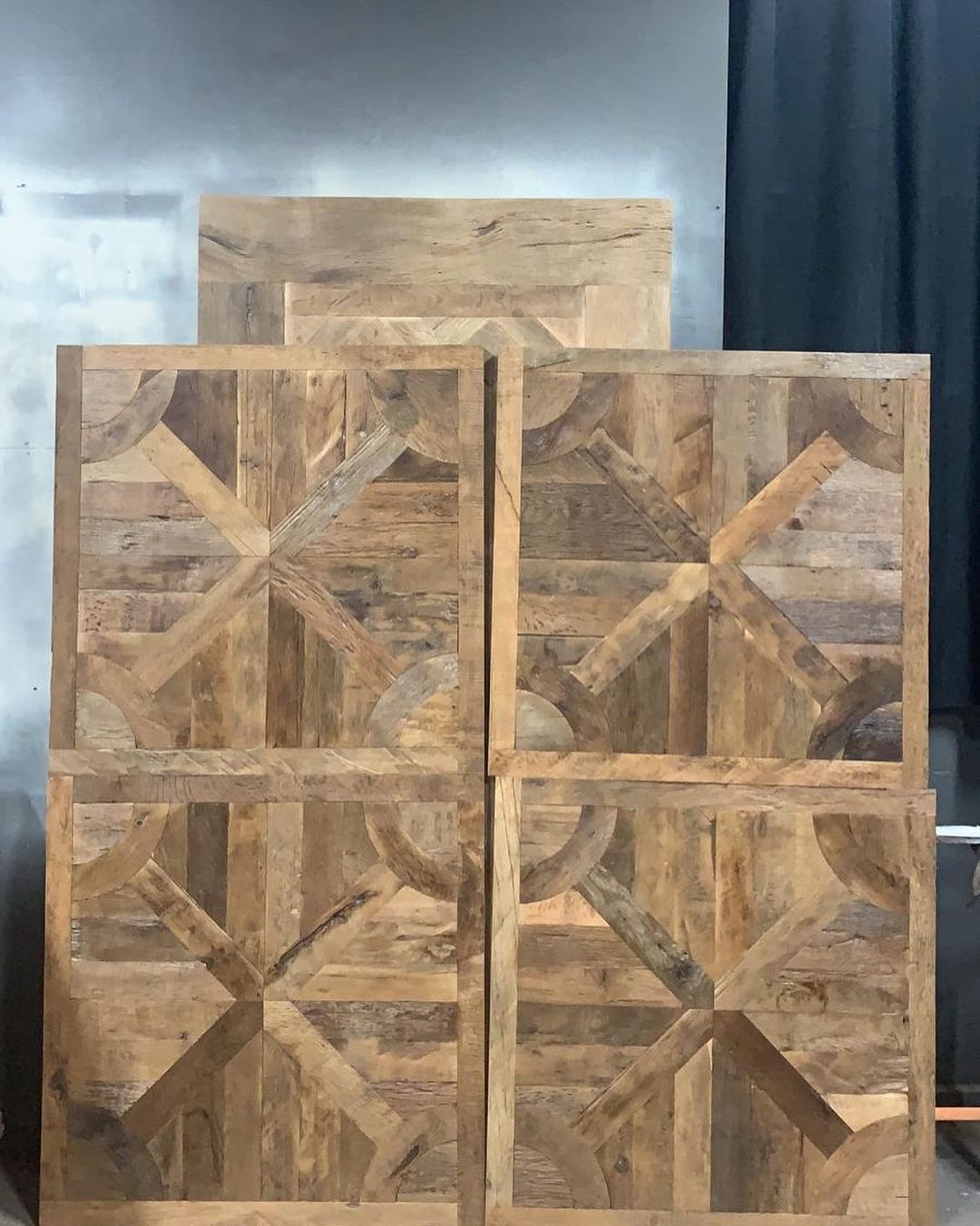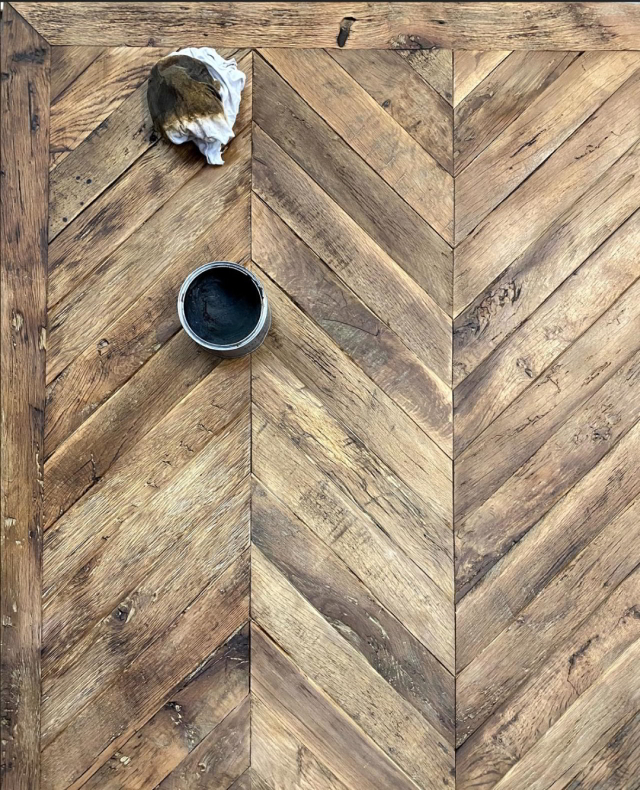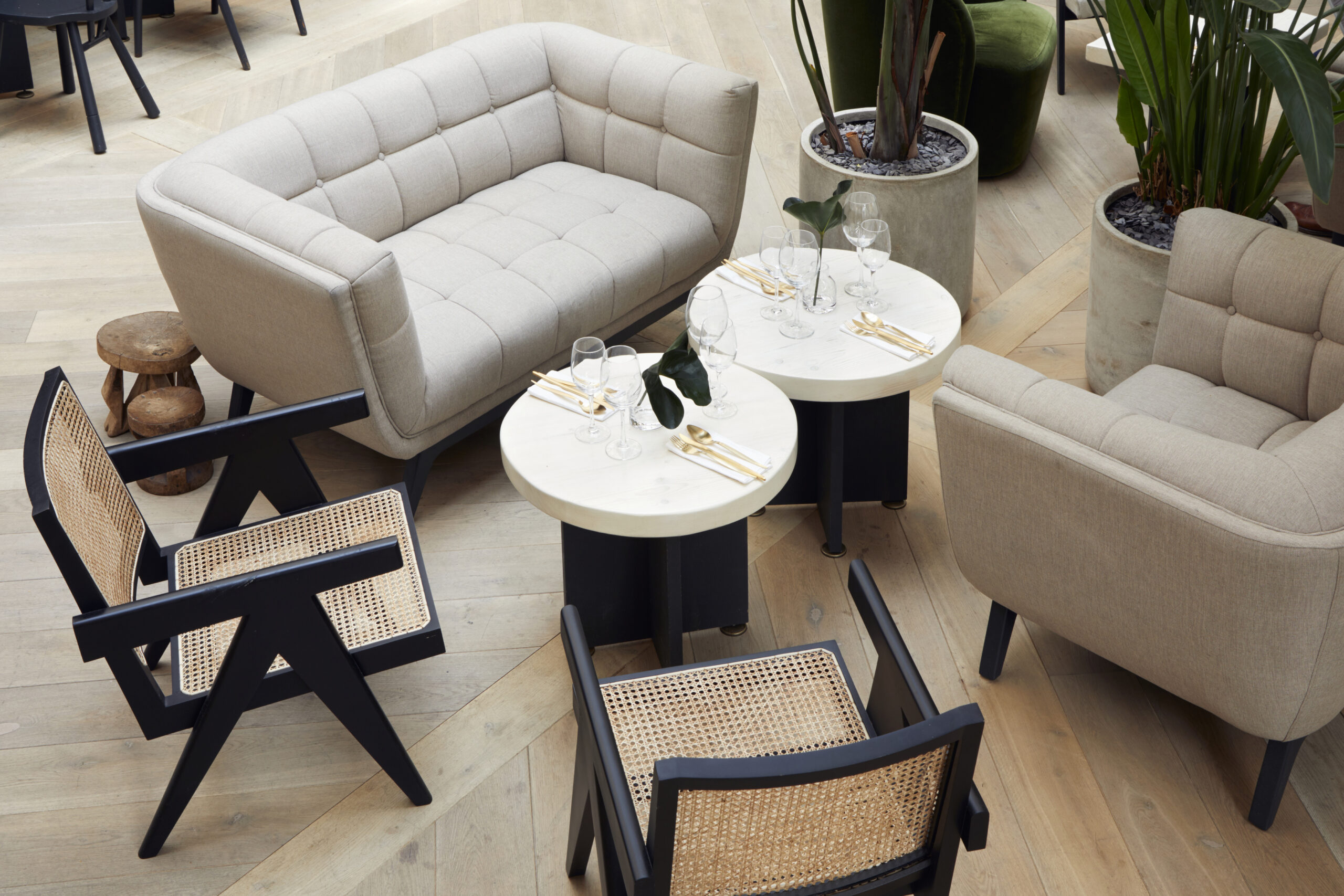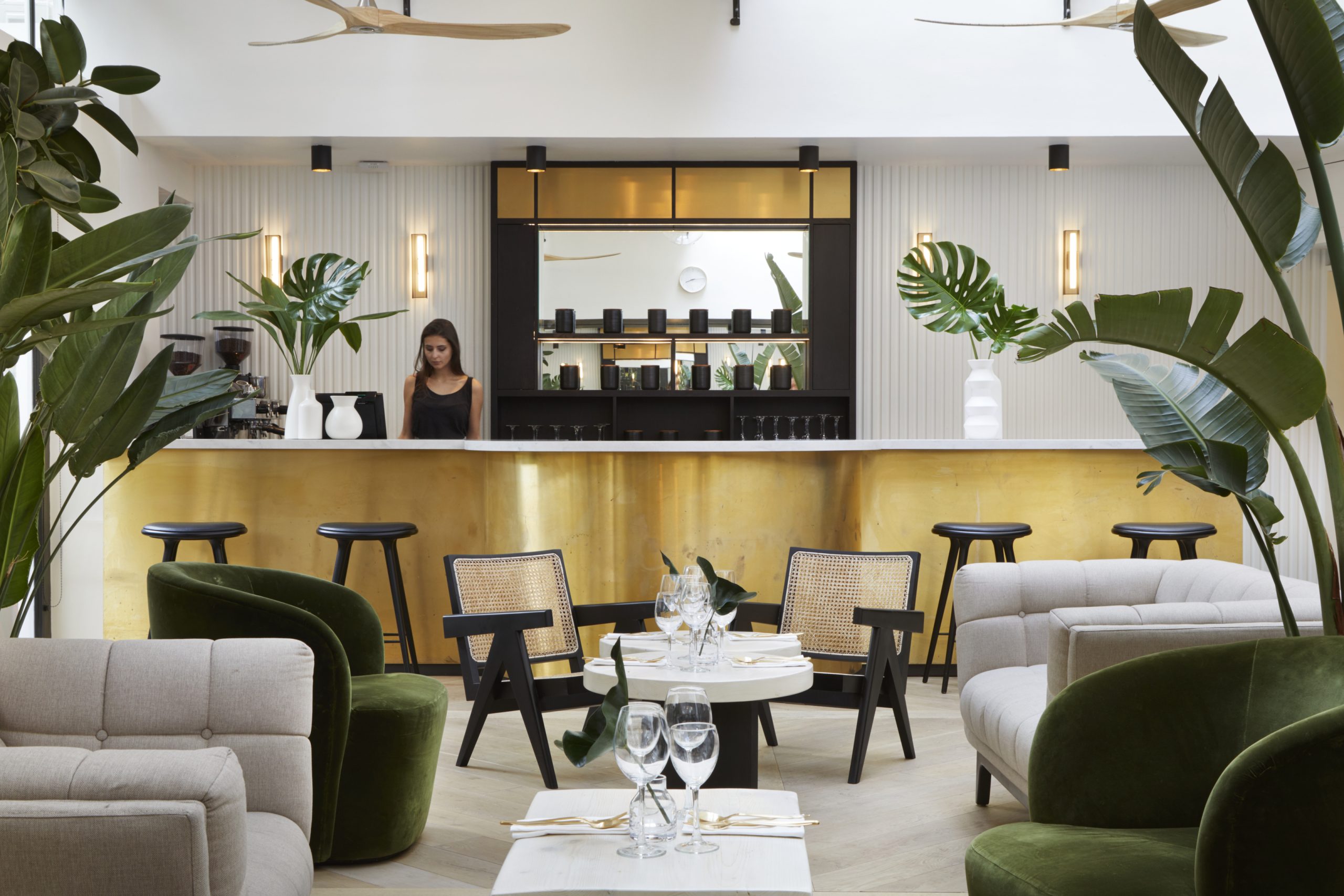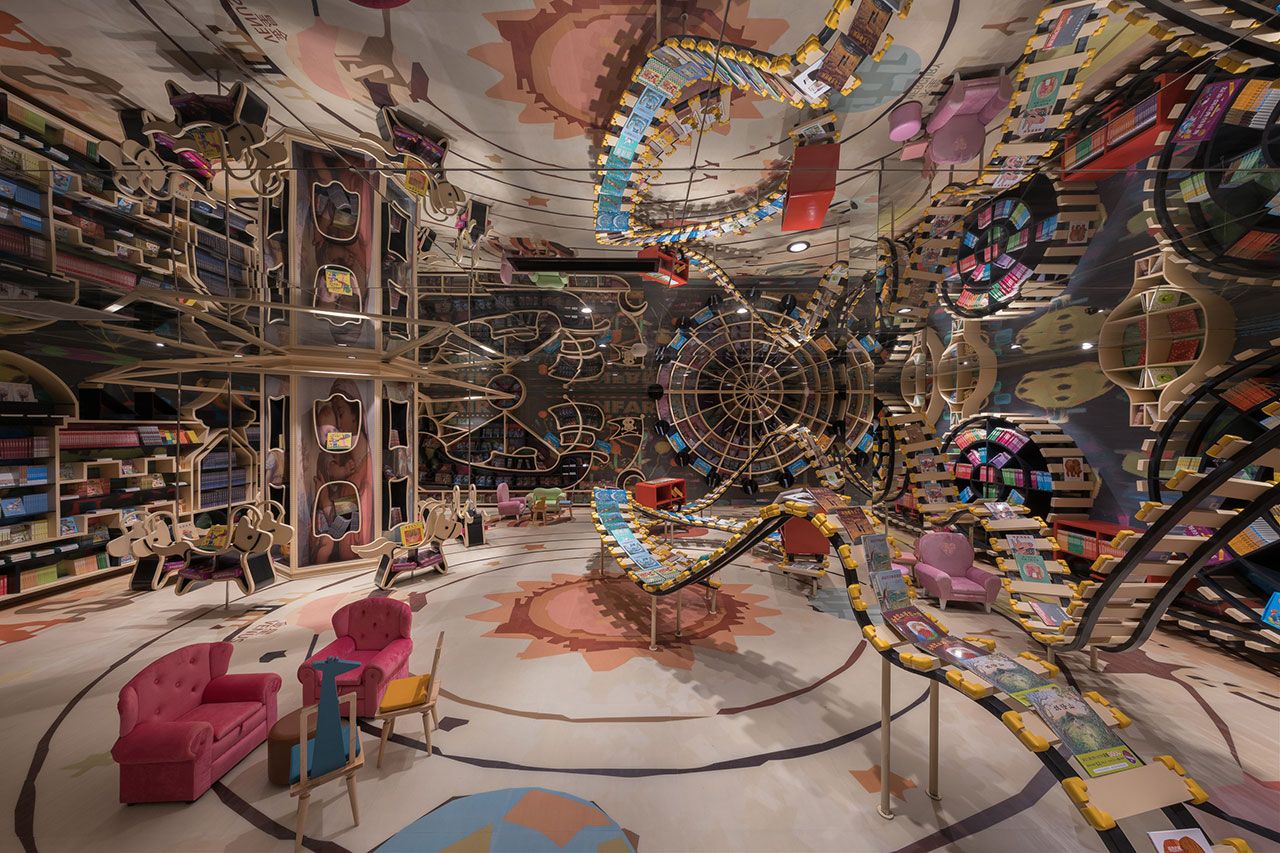
Interior designer and collector Martin Waller is the founder of Andrew Martin, a design emporium and storied interiors in London.
The flagship store opened its doors originally in 1978 in Richmond and later moved to Chelsea’s Walton Street in 1987, where it remains to this day.
Entering through the brand’s showroom is like disappearing into a magical wonderland of hidden cultures, eras and origins that romanticise travel.
The astonishing array of desirable antique furniture pieces and all sorts of quirky and enchanting furnishings for the home are the template for “fusion Interiors”, which was the title of Martin’s bestselling design book in 2000.
Rather than being limited to one style, Andrew Martin’s interior design pieces are a myriad of exciting treasures — each with their own story — distinctive, exhilarating, and inspiring.
The store caters to a global assortment of aesthetics; from the magical symmetry of the American look, the juxtaposition of African tribal artistry, the understated serenity of Scandinavia, the multi-layered heritage of French opulence and the individualism of British décor.
You could unreservedly adorn your home with Andrew Martins’ striking pieces, fabrics and wallpaper and fall in love with every square foot of it.
Every design element excitedly shows off riches from far-flung places — perhaps the reason why the store is a must-visit destination for the design cognoscenti.
Shining a light on multi-faceted culture, history and the arts, as well as providing a stage for discovery and celebration forms the heart of the brand’s story.
Dubbed as the modern Indiana Jones of design, much of Andrew Waller’s inspiration is derived from his love of travel and notorious sense of adventure.
His interior design practice, which forms part of Andrew Martin, often emphasis a mixture of cultures, colours, fabrics, and objects that have the power to transfix and transport you to locations all over the world.
If there’s one constant about Maller is that his creations are unpredictable, charming and fascinating.
Over the last 40 years, he has been at the forefront of British interior design, providing services to property developers, private residential clients & hotel groups worldwide, with multi-starred commercial projects including The George Hotel, Firmdale Hotels, Puente Romano Resort, Mandarin Oriental, Hilton Hotels, Ham Yard, the Jumeirah Group, Marbella Club, Marriott Hotels, and El Lodge, as well as the design of film sets such as James Bond, Gladiator, Tomb Raider, Harry Potter, and Christopher Robin.
The Britisher has ensured that Andrew Martin designs translate into a seamless mix of comfort and escapism — and the design practice continues to set the industry standard year after year.
“Design has always been about more than just attractive patterns,” says Waller in his interview with The Residence. “It is about reflecting a personal view on a subject. For me, this has often been about describing a love of various places or people. It was in Thailand that I first saw the miracle of silk yarn production and the laborious work of Ikat weaving, which can take a day to produce just a single metre.”
For Waller, the most crucial and transformational aspects when designing an interior space are light, paint, and objects. “When I’m designing for a client, I find out what they’re interested in — everyone loves something. It’s about reflecting their personality, not mine.”
“And once those critical elements are in place, then it’s all about comfort. That’s not just soft furnishing cushions, but about people feeling comfortable when they’re home and thinking this is me, this is who I am.”
Waller has written extensively about travel and design and is now the publisher of 23 editions of the Interior Design Review, also described by The Times as the “Bible of interior design”.
The voluminous books document the very best work from global entrants and are accompanied by the Andrew Martin International Interior Designer of the Year Awards, quite fabulously referred to as the “Oscars of the design world” which he launched in 1996 to bring attention to people who deserve merit within the world of interiors.
At the epicentre of his creations is individuality — no matter how innocuous, each project has a narrative and represents who the client is.
Despite the fickle and ever-changing weather of design, layering of different aesthetics and ideas still informs the company’s design philosophy.
Working with the clients’ vision and aspirations, Andrew Martin designed the UNI Sushi restaurant to reflect the contemporary fusion of Japanese cuisine with Peruvian flavours whilst predominantly keeping in line with traditional Japanese style. The atmosphere around the design is considerate and intimate, like the Japanese culture, but with a distinctive adaptation of contemporary luxury.
Printed on an immense glass screen, the Artwork of a Japanese Geisha in inky black, blossom pinks and reds present itself as the focal of the space.
The layering of materials creates overall depth and dimension — the white walls and vaulted white ceiling, mottled with luxury gold leaf allude to an exclusive experience but in casual comfort; captivating timber floors add warmth and a timeless touch; and the elegant marble bar top and white leather stools lend a majestic grandeur feel.
Nestled naturally into the mountains, the El Lodge, a luxury ski chalet in Sierra Nevada boasting 20 rooms, a restaurant, bar, spa, and games room, exudes a rustic cabin feel. Seamlessly combining exclusivity with casual comfort, the ski chalet is built with Finnish logs and floor-to-ceiling windows that create a seamless connection between the interior and exterior whilst highlighting the stunning views of the slopes.
Earthy colour schemes offer a cosy ambience — hanging antlers, colourful pop art, animal hides, faux fur and leather upholstery are just some of the quirky touches that provide visual interest and playful confidence.
Throughout all four floors of the chalet, clean-cut glass, wooden flooring, chrome finishes and quality furniture and fabrics make up the interior elements that allow guests to relax into enjoyable luxury.
Awe-inspiring yet harmonious is the Puente Romano beachfront resort in Marbella, Spain.
Bringing the beachfront indoors with full-length glass folding doors, the interior design captures a distinctive yet easy-living look, true to the Andrew Martin style ethos.
The rustic touches of wood finishes echo the palm trees outside; clean and crisp decorative style of glass, tall mirrors, monochrome wall art and quirky wooden make an enchanting statement; and it’s hard to ignore the industrial-inspired furniture with chrome finishes that dance with the backdrop of the blue Mediterranean ocean.
Conclusion
The visionary style of Andrew Martin is one that delights and surprises. Offering a wide range of exclusive fabrics, furniture, decorative accessories and wallpaper collection, as well as interior design services that get right to the heart of the client’s personality and tastes, this British brand has a strong focus on a kaleidoscope of cultures, ancient artefacts and the nostalgia of decades gone by.
Led by founder Martin Waller, the design brand has grown exponentially and is much in demand, with a celebrity clientele including Tom Ford and Ridley Scott, commercial projects in UK, Spain and Japan, and staging movie sets for the likes of Gladiator and Harry Potter. Mixing history with the outlandishly new, the Andrew Martin brand continues to consistently put forth witty design connotations ripe with relaxed luxury for its clients to enjoy

There is no denying the appeal, character and warmth of wood flooring — it carries with it a long tradition of luxury and a timeless beauty.
There are two different types of floors on the market today; and both add value and structure to your home and are available in a variety of species, stains and styles:
Solid Wood Flooring and Engineered Wood Flooring.
In this article, we take a close look at engineered wood flooring, which has become a popular choice for many homes but remains to this day a highly misunderstood wood flooring product that still requires some explanation to many homeowners.
Those who have installed engineered wood flooring are completely converted.
But those who are delving into the idea for the first time are still reluctant to plump for this solution.
Probably because of a lack of understanding about what it really is.
Engineered Wood Flooring Construction
Engineered wood flooring is composed of cleverly constructed core boards that are layers and layers of plywood in the form of a plank that is bonded together and then finished with a solid wood top.
The plywood section is constructed from several layers, each stuck in opposing directions to one another which gives the boards a large amount of strength and stability.
The top layer is exactly the same as solid wood, but the birch plywood increases stability — meaning it is not as prone to shrinking or warping with changes in environmental conditions as much as solid wood is.
However, engineered wood should not be confused with laminate flooring.
The main difference between this type of wood and laminate flooring is that laminate flooring contains no actual wood.
When shopping for an engineered wood floor, it’s advisable to pay attention to how it’s made inside almost as much as you pay attention to how the top layer looks.
Engineered Wood Flooring Species
Engineered wood flooring is available in almost any wood species.
The species of the wood will only affect the top layer, and it determines how hard and durable it is, the colour of the finished product and the grain pattern of the surface.
It is important to remember that although the flooring is engineered, the only part you will see is the top layer of the chosen species of wood — it’s the bit you’re going to be looking at and walking on for years and years.
The wear layer on an engineered wood floor can be brushed or sanded smooth to accentuate its appearance.
Engineered Top Layer Thickness
Engineered wood has an average thickness of 3mm to 6mm. A thicker top wear layer allows for more sanding and refinishing.
These thicker wear layer engineered floors are usually more expensive to purchase but can last 40-100 or more years before having to be replaced.
Benefits of Engineered Wood Flooring
Hard wearing, engineered wood flooring provides excellent versatility because it can be installed on any level or room of a home.
It has more resistance to slightly lower and higher moisture levels — allowing you to use it where solid strips often can’t go.
This adds to its appeal as humidity does not cause it to shrink, expand, buckle or ripple as much as solid wood planks. Because of this advantage, it works well even in:
- Kitchens
- Bathrooms
- Basements
- On radiant heat
- On concrete slabs
Engineered Wood Click Lock Systems
The Tongue and Groove system is becoming a more and more relevant trend in the engineered market.
Click locking engineered boards have special tongue and groove systems that make it easy to join each board to the next by simply locking them together, forming a tight seam and a seamlessly smooth appearance.
The click lock system makes installation fast and reliable.
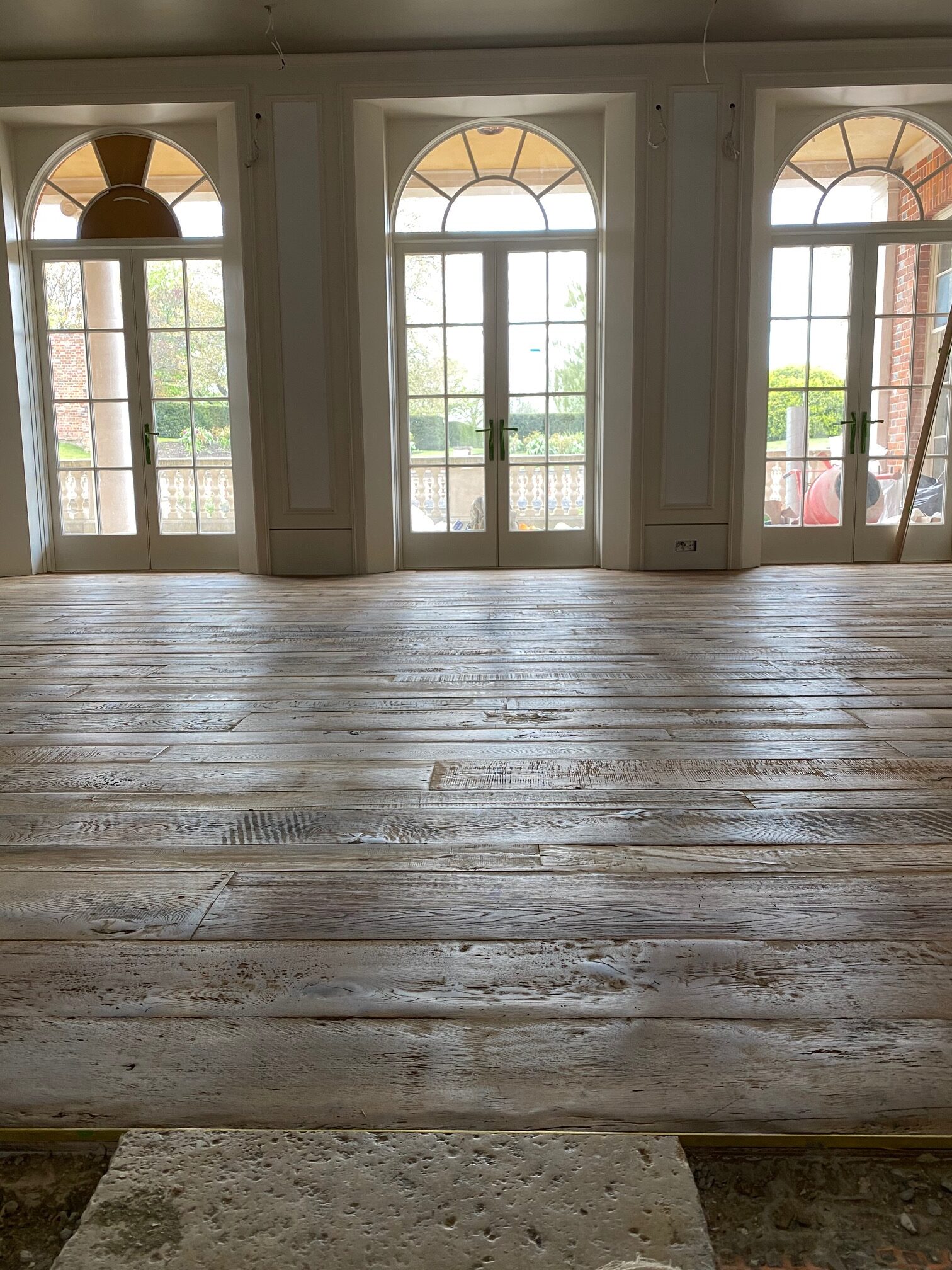
You already know that choosing wood flooring is a great investment and can drastically increase your property’s value — you have also weighed the pros and cons of the different types available on the market, but you’re still unsure which wood flooring is the most durable.
Maybe you have kids or overactive animals — whatever the case, your floor needs to stand up to the distress it will undergo for years to come.
So how do you find out which wood species is the most durable before making that purchase?
In the flooring industry, it’s not always easy to give a clearer definition of what durability is or isn’t.
Different kinds of wood vary in terms of moisture resistance, resistance to dents or bruises, or simply longevity.
Obviously, the most important thing when speaking of durability is the method of design, wood species (each has distinct properties and visual differences), and the application of a hard-wearing finish or sealer.
Engineered hardwood is less susceptible to environmental changes
Engineered flooring has surged in popularity mainly because it can stand up to big swings in temperature, moisture, or humidity.
Unlike solid hardwood, which can warp and swell with these changes, engineered boards are considered to be more stable.
For this reason, they can be installed over a variety of surfaces, including basements, kitchens, and bathrooms with light moisture.
But solid hardwood can be refinished almost indefinitely
Solid hardwood can be sanded down and refinished almost indefinitely.
This is an especially important consideration if your durability means longevity.
Because of the thinness of the veneer layer, even the best-engineered wood flooring options can only be refinished a couple of times (at most).
While both types of wood flooring are worthwhile options, your floor’s surface-level durability — its resistance to scratches, dents, and dings — is going to come down to two things:
- It’s wood species (the type of tree it comes from)
- Its finish (the stain and topcoat)
Using the Janka Scale to find the most durable wood flooring
With hundreds of wood flooring types to choose from, how can you be sure which species is hard-wearing and longer-lasting?
Thankfully, there is an industry-recognised method of measuring wood durability known as the Janka Hardness Scale — which basically measures the pounds of force needed to embed a 0.444-inch steel ball (measuring just over 1cm) halfway through a piece of wood.
While the hardness of the wood isn’t the only factor in your floor’s durability, it does indicate how well that wood will stand up to surface-level wear and tear rather than how strong the wood is.
The higher the Janka rating the harder the wood flooring is.
For example, oaks hardness varies by subspecies — common white oak measures 1,360 on the Janka hardness scale.
It is worth noting that this is an impact test, not a test of scratching, scuffing, or any other wear and tear that flooring is likely to surrender to.
Mountain Oak: the industry standard
When we talk about the Janka Hardness Scale, oak is often used as a reference point.
That’s because oak is one of the most popular and most widely available hardwood floorings in Europe.
In actual fact, with a Janka rating around 1300 (White Oak rates at 1360 while Red Oak rates at 1290), it’s basically the middle ground when it comes to hardness.
Mountain oak comes from trees that grow slower, providing more strength and stability in its structure.
Not to mention, it is durable enough for anything and only gets better with time.
So when we talk about the most durable wood flooring, oak has remained a clear contender for decades.
It’s also important to consider versatility for something truly long-lasting.
With its beautiful natural wood tones that can match any interior, mountain oak is also prized for its great deal of character in the grain and a good option for active workspaces and busy households with lots of traffic.
Whether you’re looking to add authenticity and intimacy to a large open space with dark shades or give warmth and sophisticated flair to a contemporary space using a light and bright tone, oak works in harmony with both.
Which finishes make for the most durable and resistant wood flooring?
A good finish not only gives your wood floors an excellent appearance but also affects their durability.
While you can purchase floorboards without a finish, these days, there are so many options for pre-finished wood flooring (especially at retail).
It’s important that you ask your flooring retailer about the durability of any finish you purchase.
We’ll walk you through some of the most common finishes:
- Oil-based polyurethane. One of the most common and most durable finishes especially for high-traffic areas.
- Water-based polyurethane. A standard choice for many environments but a little less durable than its oil-based cousin. Still a solid product especially in areas with more moisture and minimal ventilation.
- Natural oils. If maintained properly, natural oils and hard wax can be extremely durable, natural oils also display the most complex and beautiful patinas of all the present options.
- Aluminum Oxide. Comes already applied on a large number of pre-finished floors, since it protects against scratches and UV fading. Rated to last up to 25 years in a single application, so make sure to check if there’s aluminium oxide in your floors finish for supreme durability.
Conclusion
As well as being timeless and versatile around the home, wood flooring is highly sought-after for its supreme durability.
Unlike other flooring alternatives, timber is resistant to general wear and tear as well as one-off damage or staining.
At the end of the day, the most durable and resistant wood flooring depends on the species — each with its own unique qualities, strengths, and weaknesses — as well as the finish used to protect it.
Additionally, wood “durability” depends on what it means to you and how your lifestyle will impact your flooring.

Wood’suntarnished beauty is inviting, alluring and adds character and charm to an abode.
Wood flooring coupled with the right furniture can uplift and adorn a home. When you look at paintings and visual recreations of a bygone era, you are immediately struck by the beauty, aura and charm of the vintage period. For example, paintings and architectures of the 17th or 18thcentury leave you marvelling at some of the intricate designs and décor of the glorious past. But, rather than dwelling too much into the nitty-gritty of the past, let’s talk about the history of time periods in England and their style of interiors and wood flooring. The moment you wonder about décor and flooring of an earlier time, you visualise an era of grandeur and finesse. Well, it’s true that vintage design and décor are a thing of beauty but let’s attempt to uncover the modest journey of wooden flooring.
The use of wood as a flooring material started somewhere around the Middle Ages. Back then, floors were usually made of beaten earth, stone or bricks. Wooden flooring was restricted to homes that had a garret or an extra floor. Oak and pine were the usual preferences back then and they were milled using the most unsophisticated and basic tools like saws, chisels, axe etc. Unlike today, sizing and placement were not something that people accounted for back then. The boards were unevenly placed and nailed-down haphazardly. And not much maintenance and polishing went into the process
Moving on to the vivacious age of the Elizabethan era where elaborate and intricately carved furniture was the norm. During this time period, status and power were often validated based on the wealth and taste reflected in interior décor especially the furniture. It was an era of lavish and rich designs and the furniture was usually heavy, large and elaborate. Carving and ornamentation were common during the Elizabethan era. The décor included Tudor-Gothic motifs and Italian Renaissance designs, to name among a few. Natural wood was used in a beautiful and striking manner to elevate the overall décor. Gothic chequerboard floors were common during this era and a lot of focus was given to a structured, geometric design rather than the earlier sloppy placement of planks.
The 17th century was the age of decadence and that reflected in the décor and design of the era. The geometric block pattern and Parquet flooring were a standard in flooring for formal rooms and elaborate designs were popular. Hardwood flooring became a norm since the price of wood became cheaper and wood flooring got a more polished and sophisticated makeover. The furniture was focused more on the functional aspect and there was a conflux of different designs and patterns. Oak was greatly used and so was elm for a structured yet more intricate look. Carpeting was huge back then.
The 18th century was a period of boom and bloom in many sectors of life and even the middle class was flourishing and developing a unique aesthetic taste. English interiors of the mid-eighteenth century show the eclectic taste of people of that age and Neo-Palladian furniture and design were extremely popular. The floors were usually pine or French oak and carpets with intricate designs and patterns were abundant. There was a lot of French influence and the focus was on comfort.
The 19th century brought in the influences of the Industrial Revolution and luxury and comfort were the focus. Parquet flooring became popular once again and carpeting with oriental motifs and designs were huge. Georgian and Victorian pine floors were extremely beautiful and they had a certain degree of finesse to them. Decorated floor tiles were also popular back then and the furniture was large and plush.
Light, airy and less dense was the furnishing preference in the 20th century and the influence of the Arts and Crafts Movement was seen in the furniture and textiles of the era. Modern furniture was simple with little or no ornamentation, is strictly focused on practicality. New materials for furniture making like glass, plastic and aluminium became increasingly popular and sofas were gaining popularity around the 1970s. In the early 20th century, usage of dense pine was seen and the planks were a little wider. Oak flooring was one of the most common floorings and the use of pine flooring was dwindling since it was scarcely available.
In modern wood floor trends, oak flooring is still widely popular and prevalent. Hardwood floors add a touch of elegance to your décor and their popularity is steadily increasing. Engineered Wood is another option that’s perfect for non-fussy and low maintenance flooring. It’s the perfect option for underwood heating and the planks arrive pre-finished. Bolder textures and a lot of reclaimed wood designs are popular now. Reclaimed wood is increasingly being used in settings of all types, whether in flooring, doors, panelling, other fixtures or accessories. They are durable and they add a weathered beauty and essence to your décor. The Reclaimed Flooring Company understands the significance and allure of wood flooring and has a variety of styles, textures and designs to choose from.
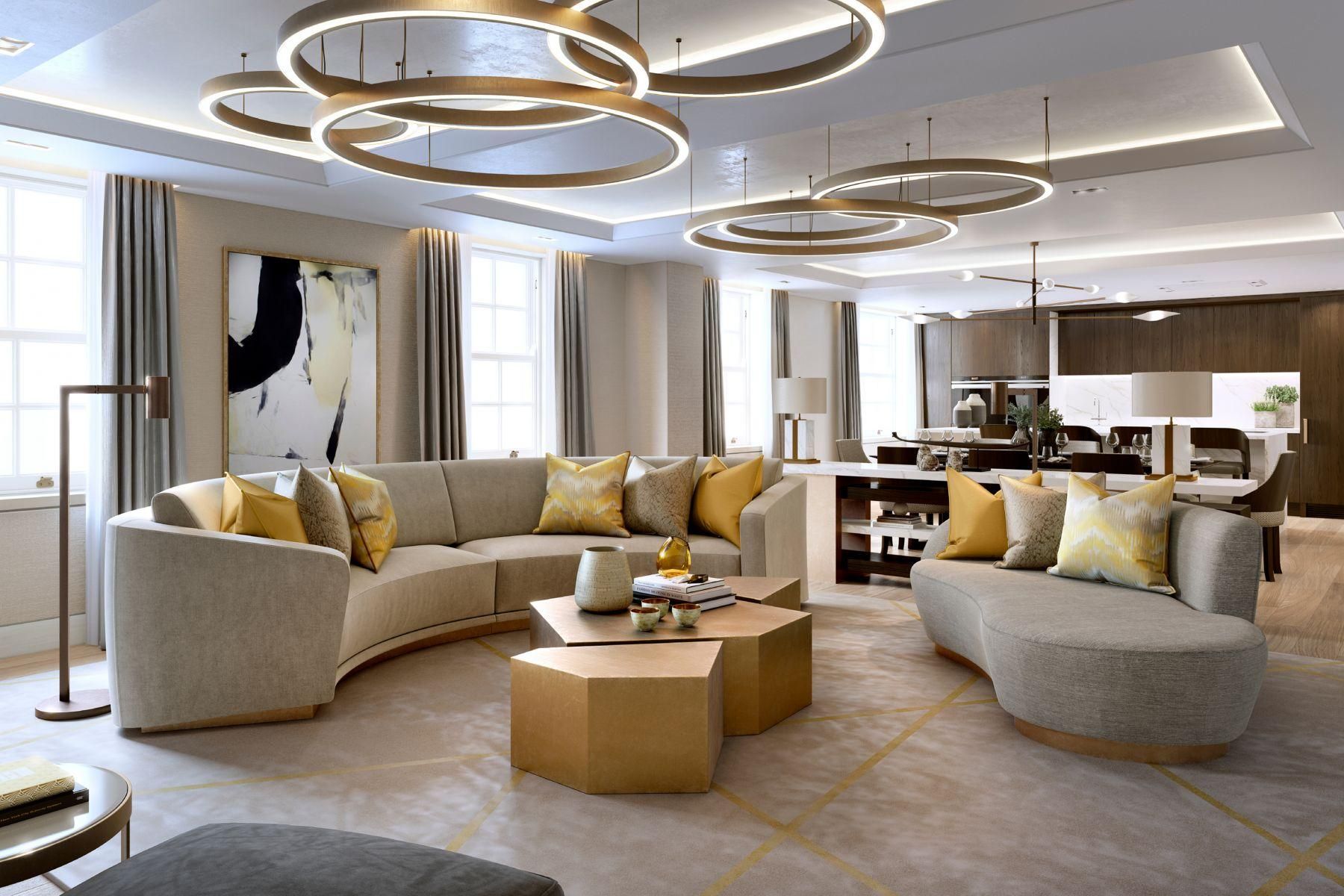
Laura Hammett is a reputed London-based interior design and architecture practice specialising in detail driven, luxury residential projects since its conception in 2008.
The eponymous firm ran by designer extraordinaire and expert Laura Hammett alongside husband Aaron, has quickly become an industry highlight offering highly personalised bespoke design services for private clients and property developers throughout the UK and abroad.
A trained interior architect, Laura Hammett’s trajectory to success has all the hallmarks of hard work and innate passion.
On completing her degree, she was immediately snapped up by a high-end interior design agency, Godrich, and was involved in luxury design which gave her a real insight into the industry. She had amazing exposure to residential projects from the start and always had an eye for soft elegant colour schemes and subtle jewel-hued accents.
Boasting an impressive portfolio with many of her studio’s luxury projects across Hong Kong, China, London, New York, Miami, Paris, India and the Middle East, Laura Hammett’s wealth of experience which shines through in her signature classic contemporary aesthetic has propelled them to the forefront of the industry and won them international acclaim.
With a strong focus on high-end homes with beautiful bespoke finishes, each project combines a unique and timeless approach to meet the individual needs of each client where Laura believes “that quality of life can be enhanced through exceptional design, with every detail, material, and element of space creating a luxurious whole, enhancing a property’s value while still retaining a truly personal touch.”
With a thorough understanding of the dynamics and requirements of contemporary living, the design firm makes certain that every facet of a project is custom-made to exacting specifications, ensuring that the clients’ needs are realised with unwavering creative expression very finest quality assured.
Walking into a space designed by Laura Hammett you will find exquisite furnishings and sculptural furniture that are assiduously dispersed throughout, showcasing a harmonious feeling of balance, timeless proportion, and detailed beauty. Using imagination and ingenuity, each property is individual to the resident — influenced by its surrounding landscape and architecture.
For example, coastal home is underpinned by a subtly coordinated fusion of elements of the sea, clean lines and neutral tones, blended with charming warmth and a relaxed compilation of organic textures and hints of the surrounding landscape. A townhome will balance elegance with comfort and practicality while emphasising a sumptuous opulent atmosphere that’s perfect for entertaining and gathering with friends.
Designing multiple properties for the same client means all homes will differ based on surroundings and usage, but the personal elements of each residence follow the same design thread. These unique yet familiar details are what has secured the trust of her longstanding repeat private clients.
“Design is not just an indulgence, it is a way to enhance and beautify everyday life. The inspiration that you feel whilst living in a well-designed home will translate positively into other areas of life and work,” she tells Metropolitan Design Magazine. With an astute appreciation of today’s private wealth market, Laura Hammett interiors are beautifully done and are an inspiration just as her business has been built from vision to reality.
Nestled in a large estate in the Surrey Hills, this Georgian detached family home incorporates a combination of luxury and sophisticated flair that’s instantly presented from the moment you step into the entrance hall.
The interior space comes to life through a layering of tones and sumptuous textures, and acute attention to details from the lighting through to the furniture and styling. The wooden floors offer timeless warmth and enable a comfy look that teams effortlessly with the rest of the furniture.
In a Kingston family home, the interior design firm decided to provide a more daring and striking look. Once again, the designer joined hues such as warm brown, charcoal grey and black to create an elegant feel.
The use of different textures is beyond incredible — the rich wooden floors get enhanced by the deep warm palette, creating an ambience that’s cosy and inviting.
Conclusion
Unique figures of the interior design world, Laura Hammett together with her husband Aaron have become industry legends. The London based firm is valued for its meticulous understanding of luxurious and classic contemporary interiors, fused with diligent attention to detail.
While every project is unique and tailored to the site, its locality, and the client, there is a clear style thread that is evident throughout all Laura Hammett projects, which is elegant designing that honours the beauty of the surrounding landscape refreshed point of view.

With more and more homeowners looking for ways to be more sustainable when undertaking a home improvement project, wood flooring fits the bill perfectly compared to a number of flooring alternatives.
With more and more homeowners looking for ways to be more sustainable when undertaking a home improvement project, wood flooring fits the bill perfectly compared to a number of flooring alternatives.
However, it can be difficult for consumers to make environmentally valuable choices — quality, price, certifications and marketing pitches can be a lot to digest.
Beyond that, acquiring the correct information about different timber products can also be a challenge that’s hard to deal with.
Why wood flooring is a more sustainable choice
Being a natural product, timber flooring uses less energy and produces very little waste during the manufacturing process than other materials.
Because the goal is to use 100% of the raw material from harvested trees, waste products which can include bark, wood chips, wood shavings, and sawdust, are typically saved and used to fuel boilers, to heat the facility, produce wood bricks and fibreboards, or for other purposes. This alone makes timber a clear sustainable, environmentally-friendly choice.
For this reason, sustainable wood flooring is of a far higher standard. It should not only look good in your home but should impact the environment throughout its life cycle.
Buy your flooring from a supplier with an excellent reputation
While most wood flooring retailers are reputable, some are guilty of misleading practices called “greenwashing with logos”. This means the retailer is purposely unethical and gives a false impression that ALL of the products they carry are certified sustainable.
It is, therefore, crucial to ask questions and clarify that the product you are looking to purchase is sustainable, or comes from sustainably managed forests.
Certification programs from international, non-governmental organisations try to make it easier on consumers by verifying that their certified wood floors come from trees in sustainably managed forests. The Forest Stewardship Council (FSC) and PEFC (Program for the Endorsement of Forest Certification) are the two leading authorities in this field.
A glance at sustainable wood flooring certifications
Certification programs help offer peace of mind during the floor buying process as they promote and maintain responsible forest management. Since some of the sources of wood floors are the result of illegal logging, these programs help guarantee wood comes from sustainable sources.
This means trees are replaced time and time again after harvesting in order not to throw the ecosystem into the abyss. Though each organisation varies in their breadth of scope and certification requirements, they do have a common basis in “sustainable forestry”.
Forest Stewardship Council
Founded in 1993, FSC’s overall mission is to protect and preserve the forests for future generations of people — most importantly maintaining the biodiversity of the ecosystem, as well as respecting native cultures and economies. Because the organisation’s goal is to promote forest management and conservation, and since hardwood floors are derived from timber, FSC is involved with how these types of floors are sourced.
Illegal logging leads to the complete destruction of forests; and for this reason, purchasing floorboards that are FSC certified is so important. Ultimately, eliminating illegally logged wood from the marketplace puts FSC in a better position to sustain their mission of ensuring that the forests are designed to regenerate so that they will be around for many more generations.
Program for the Endorsement of Forest Certification
Similarly, PEFC is designed to allow small and medium-sized enterprises to global brands to demonstrate that the forest-based materials they are selling come from legal and sustainable sources. More and more companies are realising the benefits of delivering sustainability assurances on products to address environmental, social and ethical concerns, and in turn, demand proof of sustainability from their suppliers.
60% of the worlds certified forests are under PEFC; this indicates that ethical consumption is on the rise — and flooring companies that carry certification are willingly able to demonstrate to consumers their commitment to curb deforestation and maintain biodiversity conservation.
California Air Resources Board (CARB) Phase 2
With homeowners forced to think about safety concerns in relation to flooring products and indoor air quality, many have become more aware of what is known as CARB Phase 2. California Air Resources Board (CARB) Phase 2 is a part of California’s Composite Wood Products Regulation with the purpose of setting and maintaining standards for products that could impact the quality of indoor air in any interior environment.
Flooring made from timber must be labelled appropriately to indicate that the composite wood product is compliant for formaldehyde Phase 2. The CARB Phase 2 label is important because it indicates that the flooring quality meets some of most stringent standards in the world.
Formaldehyde, a colourless gas emitted from a variety of sources, is a known carcinogen that can cause nose and throat irritation, burning eyes, wheezing or difficulty breathing, headaches, nausea, and an increased risk of cancer in humans.
Both flooring and non flooring products contain some trace levels of formaldehyde — to ensure health safety, products like flooring need to be manufactured in such a way as to minimise the amount to a safe level.
Being mindful of the CARB Phase 2 compliance standards when purchasing wood flooring — including wide plank engineered flooring and other styles of flooring made of multiple layers of wood — ensures that the products you choose are safe and the air that you breathe is healthy. Similarly, flooring manufacturers are encourage to continue investing in manufacturing practices, products and finishes that comply with CARB phase 2.
Lacey Act
Illegal logging has a devastating impact on many timber-producing countries around the world. Deforestation, which is driven in part by illegal logging, is one of the major contributors of climate-disrupting pollution. The illegal harvesting and removal of timber also robs cash-strapped governments of valuable revenues, and are faced with serious economic and social consequences.
Illegal timber is any wood that has been harvested or transported in violation of a law or regulation of its country of origin. The Lacey Act is a piece of legislation that controls the illegal importation of harvested timber into different parts of the world including Europe.
This effectively means that no timber would be sourced from illegal sources. Under this act, all wood floors manufactured by the use of illegal logging are considered null and void. Wood flooring companies that are Lacey Act compliant fully support the organisation’s efforts to protect the worlds’ forests.
Besides protecting worlds’ forest, the Lacey Act also protects buyers who practice due diligence when importing wood from outside Europe. Companies must declare the species and origin of their imported wood products. Monitoring the way that international trade is conducted helps eliminate the influx of low-cost and low-quality wood flooring produced from illegally harvested timber.
National Wood Flooring Association
Founded in 1985, the NWFA is a not-for-profit trade association representing all segments of the hardwood flooring industry, including manufacturers, distributors, retailers, installers, importers/exporters, inspectors and consultants.
Over the years, the NWFA’s mission is to unify and strengthen the wood flooring community by educating consumers, architects, designers, and builders in the uses and benefits of wood flooring. This has seen a major advancement in the growing awareness of environmentally and socially responsible wood sourcing, as well as improved forest sustainability for future generations.
Being a member of the NWFA means acknowledging the importance of forest sustainability and the implementation of better green policies — as well as committing no act that would discredit the wood flooring industry.
Members also agree to support the NWFA and its goals by ensuring that timber used in the production of wood boards is not harvested from controversial sources.
Our Certifications
Why companies choose to source certified products
Certification, both The Forest Stewardship Council (FSC) and PEFC (Program for the Endorsement of Forest Certification), provide a way for companies to have a distinct and positive brand image by demonstrating responsible sourcing policy, achieving simultaneously:
- a decrease in supply chain risks — the idea of “do no harm” by avoiding “bad wood” and
- an enhancement in the benefits of responsibly managed forests.
By sourcing certified products and purchasing from a certified supply chain, companies can not only reduce risks but can also support the health and continued flourishing of our forests and the ecosystem services they provide. This in turn enhances their image and reputation as a responsible brand.
Conclusions
Forests are incredibly important to us. Sustainable sourcing enables wood flooring retailers to meet multiple goals such as social empowerment in communities, carbon sequestration, biodiversity, and other goals associated with the many ecosystem services forests provide us.
While you want your home to look great with the flooring that you choose, it’s equally important to understand that both The Forest Stewardship Council (FSC) and PEFC (Program for the Endorsement of Forest Certification) are essential tools that ensure that you are purchasing wood floors from responsibly managed forests.

Far from being simply a way to transition between different areas in a residential and commercial property, designing a staircase to fit your interior style and deliver that finishing touch is an important consideration.
Whether you’re building a new space or giving an existing one a makeover, fitting your internal environment with beautiful wood flooring can be a statement feature that guarantees a “wow factor”.
But if you want to make space even more elegant and impressive, you can also upgrade your stairway with a wood surface, treads and risers.
And when centrally positioned opposite the dwelling’s main entrance, this architectural feature can contribute enormously to that all-important first impression.
Because of the uniqueness of each individual staircase, there are a variety of woods available to choose from that will be most suited for your property.
The type of wood species you opt for can add different aesthetics to your décor — your stairs can dramatic, elegant, impactful, quirky and even multi-functional.
Some of the more popular and commonly used varieties of timber are oak, pine, reclaimed wood and distressed woods, along with the use of a variety of finishes.
So, whether it is a modern, contemporary, rustic or a traditional look that you desire, there’re limitless possibilities to suit any period or style.
Even better, the timber stairs can be stained to match other wood fixtures and fittings in your home.
Reasons for wanting wood flooring for stairs
Aside from the visual magnificence of wood as a finishing material, sometimes the decision to replace stair flooring is born out of necessity.
In this case, maybe a worn carpet or damaged treads present danger and therefore need to be dealt with as soon as possible.
For this reason, many people tend to lean towards wood for a high-quality application that is long-lasting and looks great for many, many years.
1. Wood is hardwearing
Unlike other areas, the hall, landing and stairs undoubtedly take more foot traffic in a majority of residential properties. This is a crucial element to ponder upon when it comes to choosing between wood flooring and other available options for stairs and landing areas.
To start with; wood flooring is naturally strong and easily outlast other materials, particularly if you install a tough, hardwood floor. For example, European oak is around three times harder than most wood species available.
When it comes to the initial outlay of cost, it may be slightly more than expected. However, it pays to remember the longevity of wood floors when compared to carpet or laminate. It may well pay for itself in the long run as you most likely won’t need to replace it within your lifetime.
2. Easily refinished
As mentioned previously, wood stairs stand strong despite heavy traffic, which allows them to hold up extremely well over time as opposed to materials such as carpet, which is prone to staining and collecting dirt.
What’s more, wood stairs can withstand being refinished, painted, varnished and waxed — meaning you can give them a fresh look and feel with minimal effort virtually any time as your design preferences evolve.
You can also add handrails, balusters and other elements to wood stairs to suit any change to your interior décor through the years without having to worry about potentially damaging the stairs.
3. Adds value to your property
There is no doubt that an addition of a natural wood staircase can instantly reinvigorate your space, giving it a new, fresh angle and feel. If perhaps you’re considering putting your property up for sale and are going for top-end prices or want to ensure that it stands out from the crowd, a wooden staircase can really deliver a significant visual and aesthetic impact that gives you the results you are after.
“Should I use the same wood from the floor on my stairs?” is a question we hear all too often. Many property owners have difficulty deciding, but matching stairs and flooring surface application is welcomed and encouraged.
Staircases (tread, riser, and noising) look especially best when they match the interior aesthetic of the rest of the house — this style is exact and precise. If you are one for making a statement, the opportunity to customise stairs from the same timber as your flooring and stain to match will certainly ensure an overall sense of continuity.
The uniformity of matching staircases to the rest of your interior flooring creates seamless transition and improves the overall symbiotic flow. Carrying the look throughout is how you connect the lower and upper level and create harmonious living.
If different levels of your interior space use wood, for example, carpeted stairs would look a little out of place or create an abrupt barrier that disrupts the overall flow and design of the space. However, that doesn’t mean you can’t switch things up a bit.
One point to keep in mind is that subtle design aspect like the grain direction, wood contour, and finish colours and textures can be the much-needed catalyst for softening things up and breaking up the monotony of everything being the same.
Understanding the difference between solid and engineered wood floors for stairs
To make an informed decision when it comes to choosing solid or engineered wood for stairs, it’s important to first understand how the two differ. As the name suggests, solid wood planks are constructed from one single piece of wood, for example, oak; and Engineered wood floorboards are created from a top layer of real wood combined with bonded layers of plywood or HDF base.
Whichever way you decide to go, both solid and engineered hardwood flooring offers some gorgeous staircase effects.
If solid floorboards are your preferred selection; because of their structure, the edge of the tread can be worked to create a nice finish. The rounded effect on the edge of each step or tread can be easily shaped by machining the wood. Furthermore, solid wood gives you an opportunity to sand and refinish many times should the high staircase footfall cause damage.
On the other hand, the upside of using engineered wood is that it responds well to changes in humidity and temperature. It can be a challenge to machine the board to a bullnose (or similar) finish so a solid stair nosing will need to be introduced in order to achieve safety and stability.
Choose experienced professionals to fit your stair flooring
With any stairway design, a well-installed wood finish is one of the best ways to give your entire space depth and dimension. This happens when you ensure that your new staircase finish is properly and safely fitted. After all, the risk of injury from a trip or fall is far greater on a staircase than it is on a level floor.
When it comes to fitting, a quality manufacturer or professional fitter with a wealth of knowledge when it comes to design and installation will understand how to ensure the perfect fit and finish you are looking for.
If you can picture a wooden staircase in your home then it’s a possibility for you — and there’s absolutely no point in laying out money to buy your dream wooden floor if the finish ends up disappointing.
Conclusion
Suitable for both residential and commercial properties, timber lends a beautiful, natural appeal to any space that just can’t be achieved with other kinds of materials.
Beautiful and stylish, elegant and classic, interesting and adding a lot of charm, a well-designed and finished staircase can promote a feeling of harmony and stability, and factor in elements that match the scale and quality of the rest of an interior environment.
The wide array of wood species on the market today allow you to meet your requirements and personal taste perfectly. In regards to achieving cohesion and seamless transition throughout your entire space, using the same wood from your floor on your stairs can provide an added touch of luxury and personalisation.
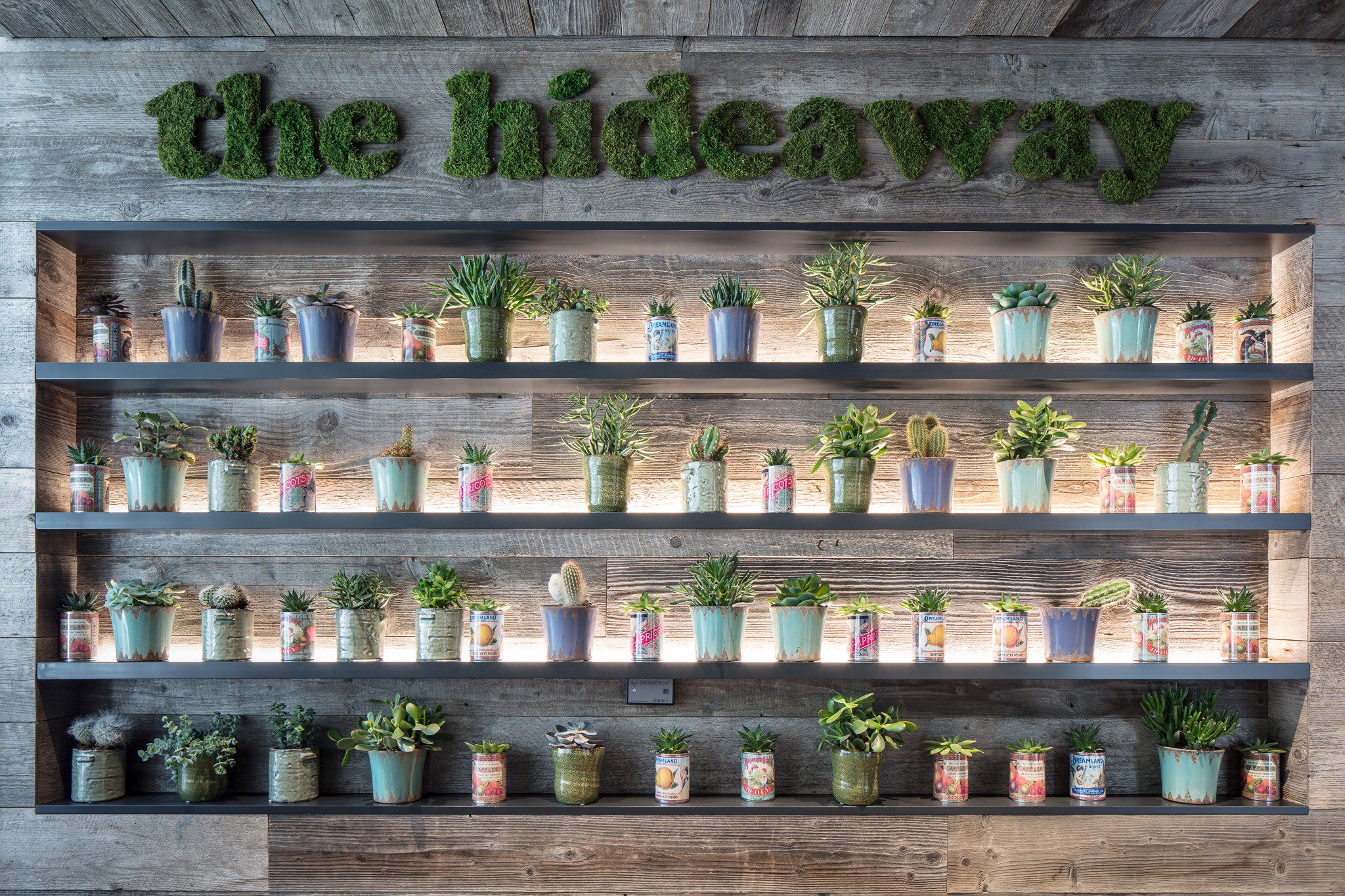
With today’s higher echelon of sustainable choices, we can create our own beautiful, stylish interior space with integrity at its heart.
Despite its long-standing popularity, vegan interior design has begun to garner mainstream attention fairly recently, driven by the rapid explosion of the vegan food and fashion movement.
Vegan interior design encompasses healthy considerations — a space aligned with animal-friendly, human-friendly, and planet-friendly design strategies.
That means finding alternatives to fabrics and furnishings like leather, suede, down, fur, silk, and wool.
Likewise, products made from any harsh chemicals or toxin components would all be off-limits, too.
The demand for vegan interiors is being driven by the high-end market — hence it’s no surprise it has drawn in incredibly creative thinkers and ethical designer-makers.
We now have the understanding and technology to make humane and cruelty-free materials, fabrics and products all possible.
Times are changing as well — scientists are creating stunning leather from fruits and veggies (biofabrication), replacing silk with luxurious bamboo and banana silk fabrics, recycling plastics into beautifully soft textiles and turning trees into luxury furnishing in a bid to tackle some of the environmental and ethical impacts of material and fabric production.
For example, a type of leather can be made from mushroom spores or mycelium which is grown into the required shapes using heat and light in a nutrient bath.
These plant-based alternatives are of excellent quality and beautifully emulate the texture of the best animal products, but far gentler and more durable.
How do we incorporate vegan-friendly interior products?
Environmentally responsible living has been a consistent interest for a large number of consumers.
Whilst vegan-led design is on the map, it’s not always an effortless task sourcing finishes, fittings and furniture that do not negatively affect animals or contain any harmful components.
In fact, what goes into a product isn’t always revealed or easy to trace.
Creating a vegan home means wakening up to the devastating impact our current lifestyle has on living creatures and the environment.
It’s often a journey that starts with small steps and requires extensive research and a level of commitment.
The first step to getting it right lies in asking questions, sourcing with integrity from ethical companies, and commissioning local artisans to create bespoke pieces that complement a vegan home.
It’s an intimidating and time-consuming task to take on, but the trade-off is existentially rewarding.
After all, vegan design is conscious design. It’s exciting to create beautiful environments that promote ways of living in harmony with other living creatures, without damaging the environment, too.
It’s about time we begin to embrace spaces that embody our healthful ideals and encourage a shift towards a more holistic approach.
What about wood flooring? Is it vegan?
As increasing numbers of property owners are becoming more and more committed to environmental responsibility, the opportunity to use finishes and construct interior spaces grounded in eco-friendly design and mindful living is increasing in parallel.
This makes perfect sense since the world is quickly shifting towards a more sustainable future — a future that reflects who we are, bring out the best in us, contributes to the ease and enjoyment of one’s life.
Eco-friendly, conscious materials do, of course, also extend to investing in sustainable flooring, hard surfaces, structural elements and wall coverings to improve the value of our interior spaces. As we continue to embrace our connection to nature, we realise that when it comes to building green, not all materials are created equal.
Wood sourced from responsibly managed and well-protected forests to make floorboards is one of the most obvious option that’s both eco-friendly and aesthetically pleasing. Purchasing FSC (Forest Stewardship Council) certificated wood boards signifies that the timber used for flooring is replaced.
Choosing sustainable products for your home also means tapping into the use of floors that are high quality and built to last. By definition, “sustainable” refers to something that is capable of being maintained at a certain level, and this principle should also apply to the flooring you choose.
Indeed, wood is one of the best earth-friendly and renewable materials you can opt for. Timber flooring manufacturers are beginning to look at the many opportunities that aid in pushing the envelope and producing a greater diversity of eco-friendly flooring options to meet vegan sensibilities.
With timber flooring, common ecological problems include deforestation and loss of biodiversity. Therefore, we need to take into considering the type of wood flooring we introduce into our buildings. Oak, for example, happens to be one of the most sustainable wood species because forest management and protection programs make sure it is regularly replanted in forests. Plus, oak has a smaller carbon footprint and low gas emission during the manufacturing process compared to other flooring options.
Choose a company that values sustainability
When speaking of vegan interior design, it is crucial to look into the practices used by companies and manufacturers to help reduce the strain on the planet and all living things. You can significantly enhance your environmental responsibility by shopping with a company that has legitimate eco-credentials.
Look for organisations that domestically source materials from renewed forests. Another way, as previously mentioned, is to assess the brands’ committed to sustainable practices, and find out if it has received any third-party certifications from environmental groups such as the Forest Stewardship Council.
Conclusion
The commitment to avoid harming living creatures and having to lean towards eco-friendly practises extends to interior design. Caring for the environment, understanding how much of an impact our lifestyle choices have, and wanting to do our bit has now become a way of life for many people especially among millennials. And where millennials lead, businesses and brands often follow.
If you switch to vegan food, you exclude the use of all items that come from animals or involve exploiting living beings. Similarly, vegan home interiors are all about using cruelty-free architectural finishes and products in your internal space. But much like switching to a vegan diet plan, going fully vegan in your home decorating is completely possible but probably won’t happen overnight.

From the earliest times, wood properties were first understood by experience but have since evolved from a simple, readily available natural material to modern construction and engineering material used for high-quality applications.
Our relationship with wood has remained unchanged; and more recently, many of its uses now take different forms, due to new product demands and new technology.
Roland Ennos, an English professor of biological sciences at the University of Hull and the author of several books, delivers an illuminating and fluidly written study of the central role of wood in the human story.
Drawing from academic fields such as archaeology, anthropology, biomechanics, and architecture; this fascinating yet comprehensive book, The Age of Wood, highlights how wood has historically played a key role in human civilisation.
He reveals the links between trees and timber and a wide range of historical milestones.
From the evolution of the human hand (primates developed soft pads on their fingertips and nails instead of claws in order to better grip tree branches) to its usage for buildings, tools, paper, fuel, machines, mills, carts, furniture, barrels, and more.
His book attempts to refute the conventional perception that wood “is little more than an obsolete relic from our distant past” — and instead guide readers through a revealing and innovative wooded history of the world.
“… even the reconstructions of the lives of early hominins that have been made by devotees of stone make it obvious that they used mainly wooden tools — to hunt animals, to dig up plant roots, and to construct shelters — and that they burned wood to keep off predators, keep themselves warm, and cook their food”.
What comes across most vividly in this panoramic study of wood written with enormous verve and pinpoint clarity is Ennos’s fierce love for this topic.
Archaeologists and anthropologists, he writes, tend to focus all their attention on the “stone age”, “bronze age”, and “iron age”, and yet wood was and continues to be the most progressive and useful material. He shares this compelling idea:
“It became clear to me that wood has actually played a central role in our history. It is the one material that has provided continuity in our long evolutionary and cultural story, from apes moving about the forest, through spear-throwing hunter-gatherers and axe-wielding farmers to roof-building carpenters and paper-reading scholars”.
In The Age of Wood, Ennos takes the reader on a “sweeping and intriguing” ten-million-year historical journey from Southeast Asia and West Africa where great apes built sophisticated nests, stripped branches and sharpened them with their teeth to fashion tools; to East Africa where hunter-gatherers hunted with wooden spears, fed their fires with logs and branches and utilised wooden poles to cook their food and ward off predators; to the structural design of wooden temples and ships built by early humans in China and Japan; and to Northern England, where he notes archaeologists’ fixation with minerals and how coal enabled humans to build an industrial world.
He further points out the effects of industrialization — including the use of fossil fuels and how this has allowed engineers to fabricate a world of iron, steel, and concrete to replace timber. The Age of Wood not only offers a sense of just how useful wood was in the evolution of human existence, but also argues that as we work to find a healthier path ahead, we must return to more traditional ways of growing, using, and understanding trees for the benefit of our planet.
Evidently, wood has been the most versatile and useful material for thousands of years and is still used more than any other construction material. At the same time, wood — in its “original” state as trees — has been adversely affected by global climate change and a whole range of environmental problems. The destruction of natural forests is a key concern in our age.
Compared to 6000 years ago, the total area of forests on earth has reduced by 13%. The rate of depletion of many forests is quite alarming, and at long last awakened the rest of the world to the immediacy of the threat from global climate change.
These forests not only contain a large amount of precious woods, but also thousands of different biological species in them. More importantly, the greater extent of deforestation will further accelerate global warming, and eventually, make uncertain the provision of an adequate wood supply to satisfy the anticipated need.
Conclusion
Wood runs like a vein throughout human history — and has profoundly shaped our minds, societies, and lives. It is integral to everything from the early evolution of small, tree-dwelling apes to human’s ability to carve spears, tools, axe handles, huts and boats. Wood is a material found throughout the world and of great economic importance.
A winning blend of history and science, Roland Ennos’s The Age of Wood provides telling insight into the cleverness of our ability to exploit wood’s unique properties. It touches upon the earliest evidence of wood usage and its profound impact on human civilisation. Today, the growing demand for wood and wood products is indicative of its unique nature, and how it is still essential to human life, as well as the natural world of the forest.

Forest Stewardship Council (FSC) is a highly influential non-profit system established to promote responsible management of the world’s forests.
With the growing awareness of global deforestation, FSC concerns itself with the destruction and degradation of forests, whilst maintaining its biodiversity and ecological sustainability for present and future generations to enjoy.
When you purchase FSC certificated wood flooring, it signifies that the product come from appropriately managed forests that are socially beneficial, environmentally conscious, and economically viable.
All parties involved in the chain of production (forest owner, farmer, manufacturer and seller) embrace the FSC principles and ethics.
Regular and consistent checks are conducted to ensure that these values and ideals governing FSC certification are upheld. Endorsed by some prominent environmental charities like Greenpeace, WWF and The Woodland Trust, FSC is represented in more than 50 countries around the world.
Directly or indirectly, FSC addresses issues related to deforestation, illegal logging and global warming, and ensures that:
- the timber used for the flooring and other wood products is replaced
- the timber is tracked from well managed and well-protected forest, through to the seller to ensure that every part of the chain is FSC certified
- the product you choose to purchase will not add to the destruction of the forest and its inhabitants, including many rare animals
- local workers and communities are trained, employed, and provided the necessary safety equipment to manage the forests
- future generations are afforded the opportunity to enjoy and appreciate the natural beauty and benefits of the forest
Why you should consider FSC-Certified wood flooring?
Today’s eco-conscious consumer is curious about the journey behind the products they purchase — and in recent years, sustainable, environmentally-friendly FSC wood flooring has seen a real rise in demand.
This trend has been simplified for the consumer by the introduction of the FSC accreditation scheme — which means that the wood flooring has met all the standards developed by the Forest Stewardship Council. While it’s not easy to become FSC certified, it’s a process that’s well worth going through.
As a supplier, the FSC certification scheme gives you extra muscle and added credibility — it demonstrates to your clients that you’re serious about responsible forest practices, including protecting the ecosystems and respecting native cultures and economies.
Carbon has become a growing concern with forests over the past years. Fortunately, our forests are highly efficient carbon captures. Trees pull carbon out of the atmosphere through photosynthesis, bind it up in sugar, and in the process, release oxygen.
Forest management, when implemented correctly, is the most efficient way to enhance the natural cycle of carbon capture and the production of oxygen. The ongoing process of harvesting and replanting is necessary to ensure there is always a healthy share of the forest, which is made up of mature and younger trees in vigorous growth. Both help reduce greenhouse gas emissions into the atmosphere.
Afforestation and reforestation help sequester carbon from the atmosphere and can store it for decades, as well as improve soil health. The process of repairing, recycling and converting timber into other types of wood-based products can greatly extend the length of time carbon is stored.
Certification and sustainable forest stewardship are growing incrementally within the industry which processes the harvested trees and ultimately manufactures wood products — between 2005 and 2009 certification of all timber supplied in the UK grew by nearly 30%.
Conclusion
In short, the FSC system allows businesses and consumers to identify, purchase and use wood grown from ethically and sustainably forests. In order to keep forests flourishing in the correct manner, the FSC stands by certain principles that ensure the beneficial management of forests, plantations and timbers around the globe.
Some of their principles include maintaining, conserving and restoring ecosystem services, setting ethical forestry laws and regulations, protecting forests from clear-cutting or harmful pesticide use, and protecting the social rights and economic wellbeing of forest workers and local communities. All in all, these guidelines help to encourage an ethically-sound forest, and in the process, creating more sustainable, environmentally-friendly wood flooring.

